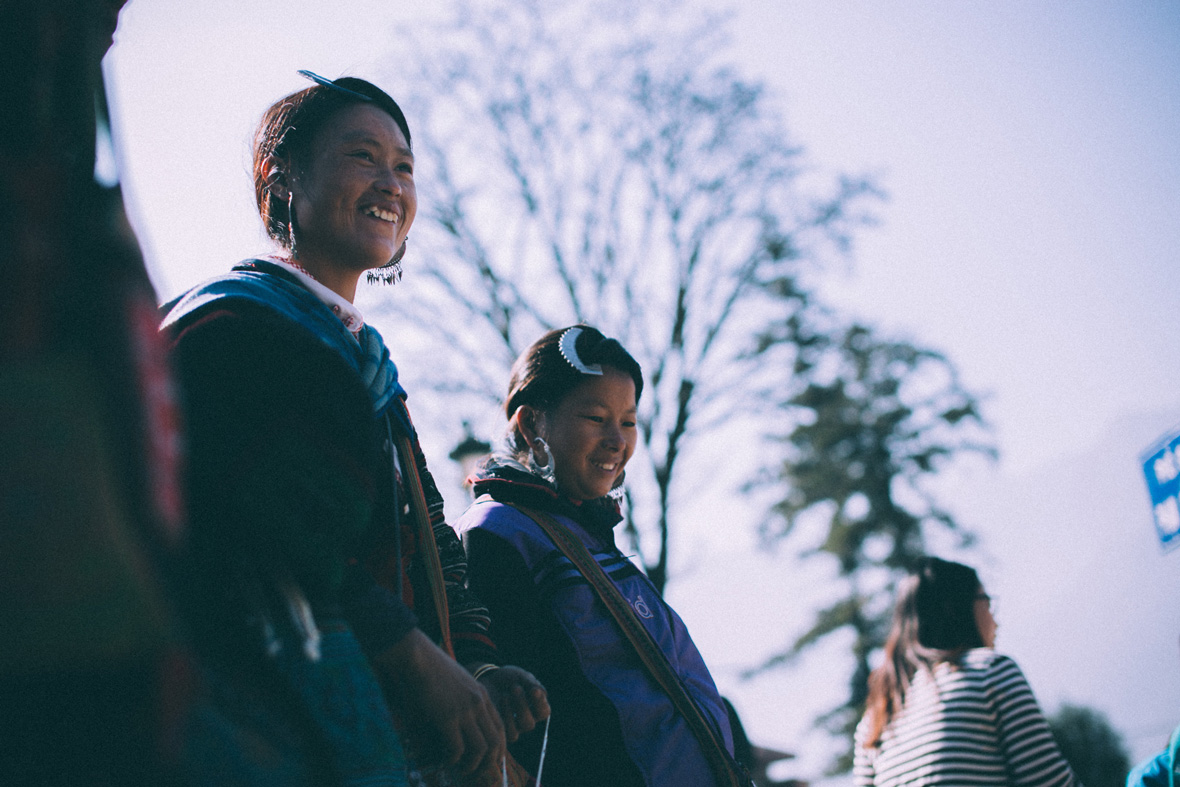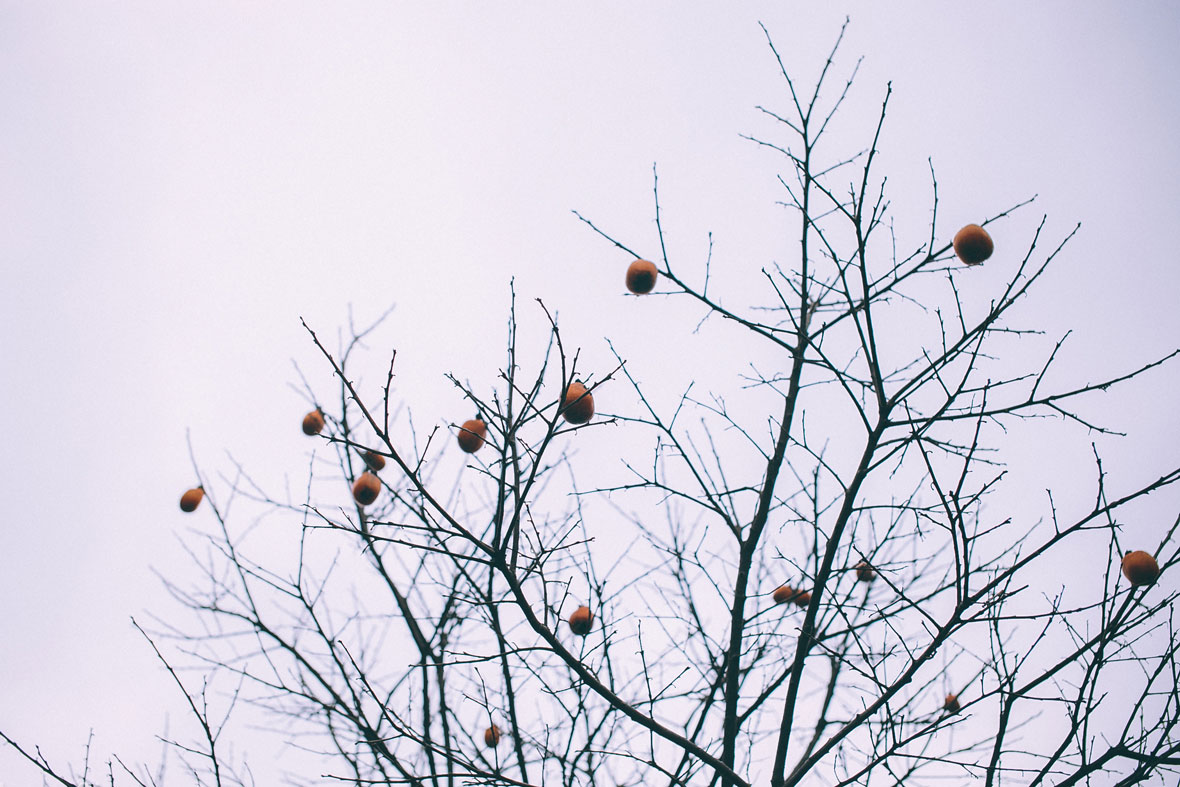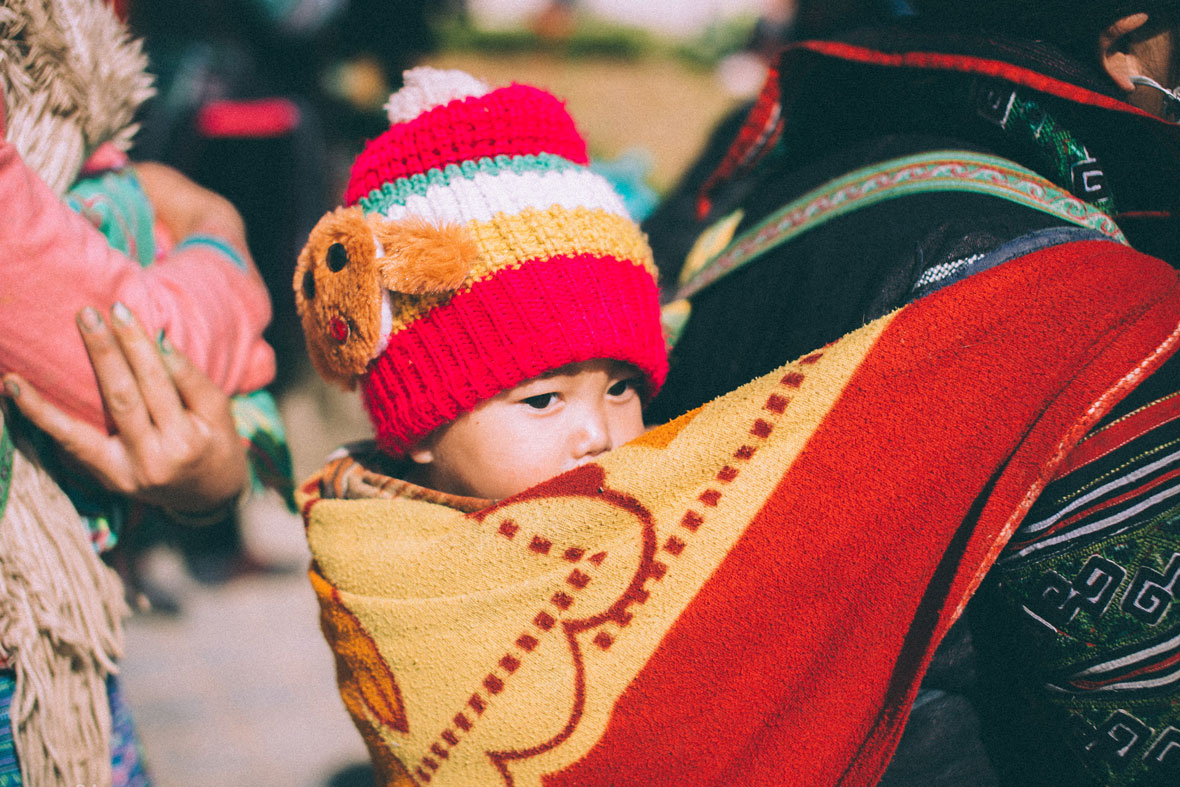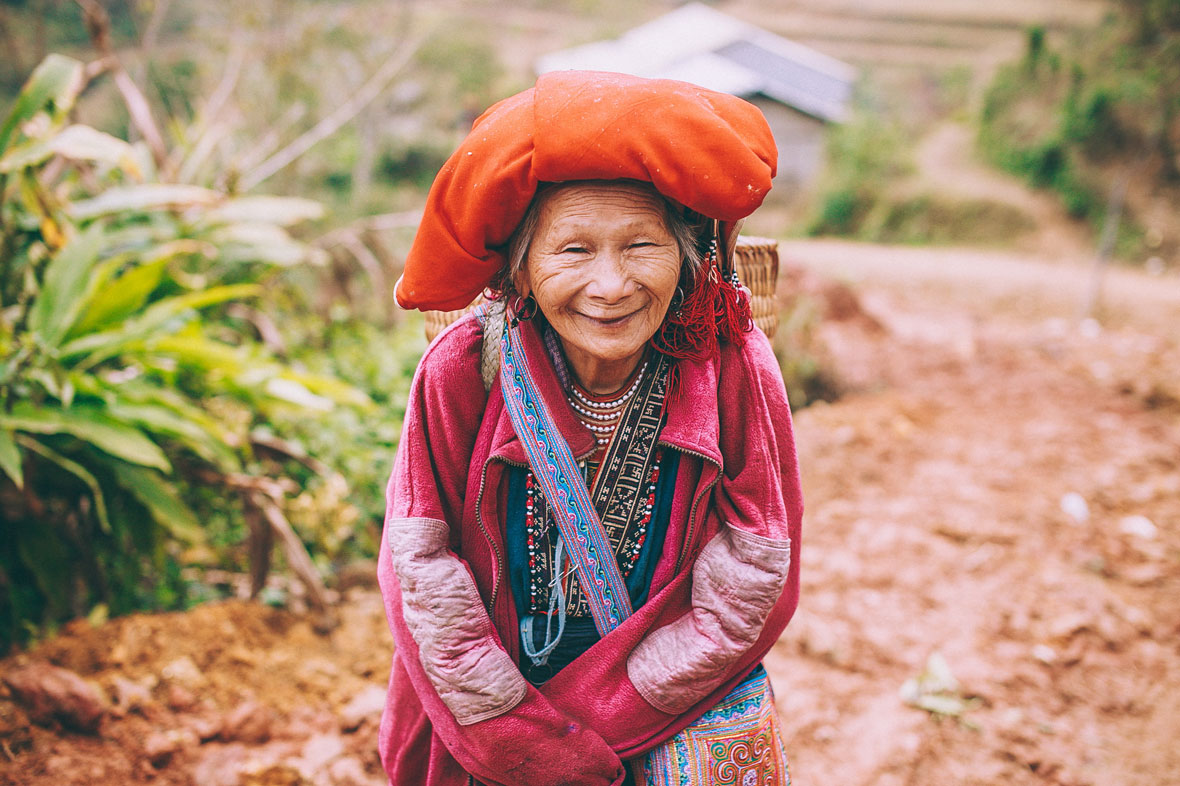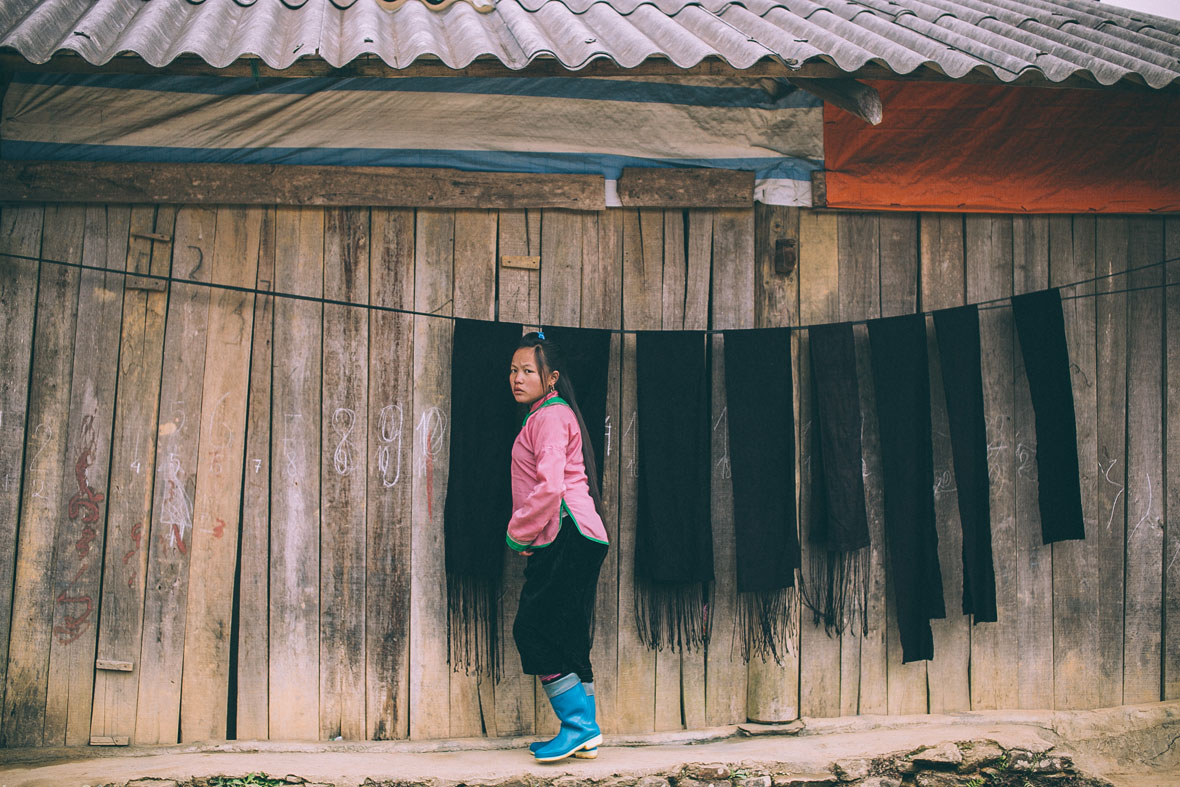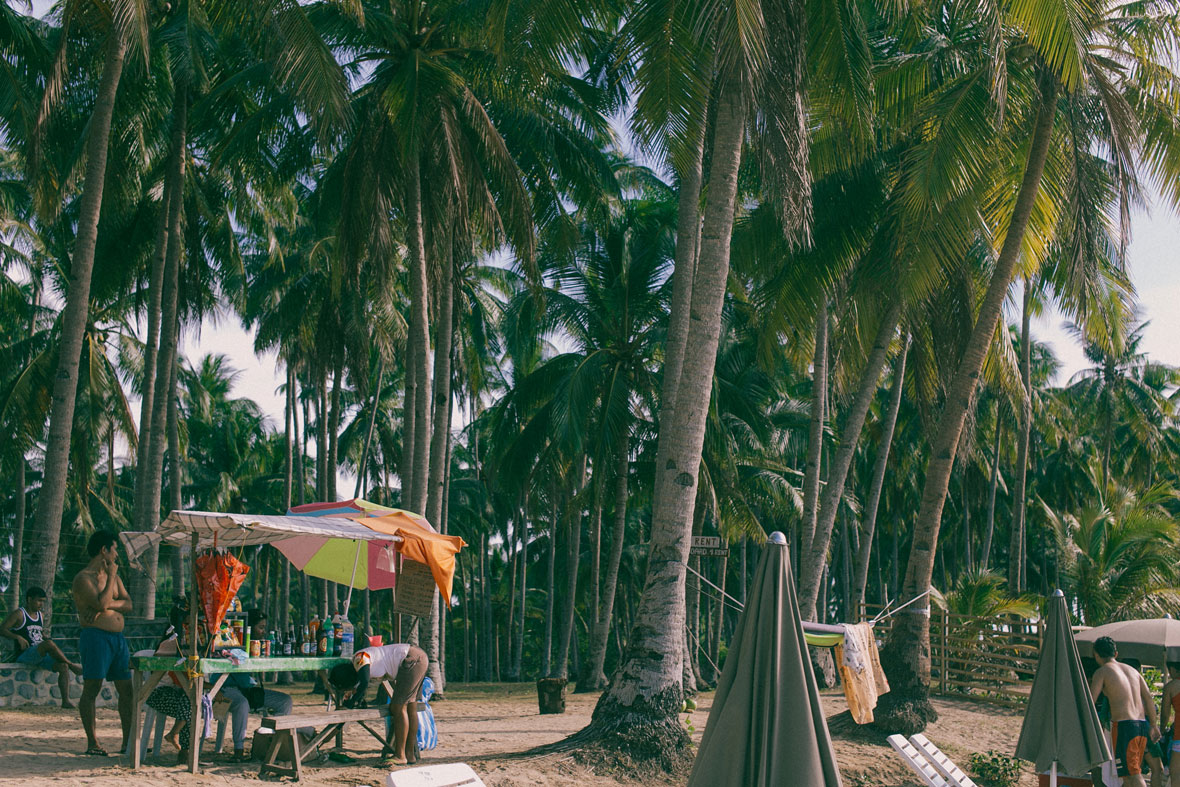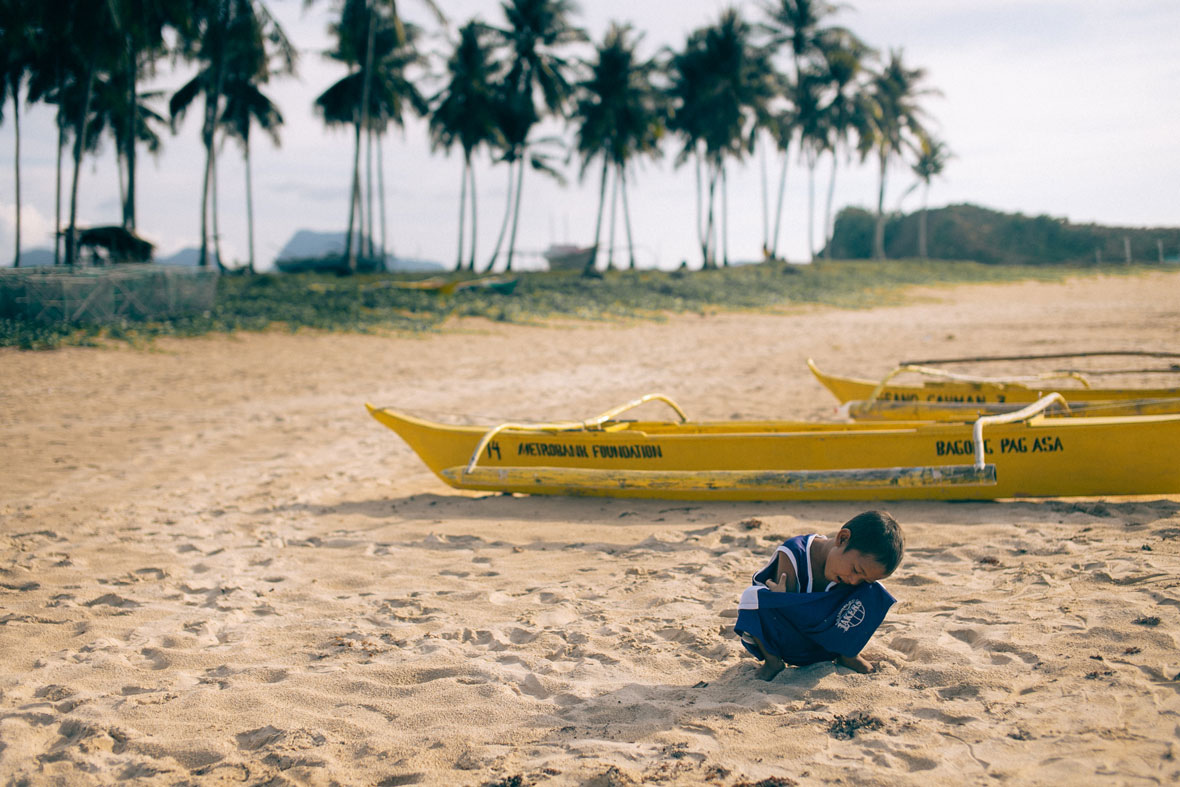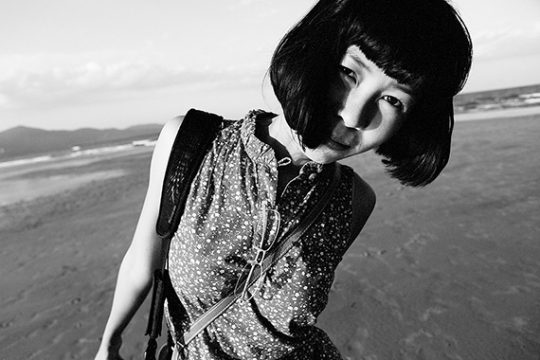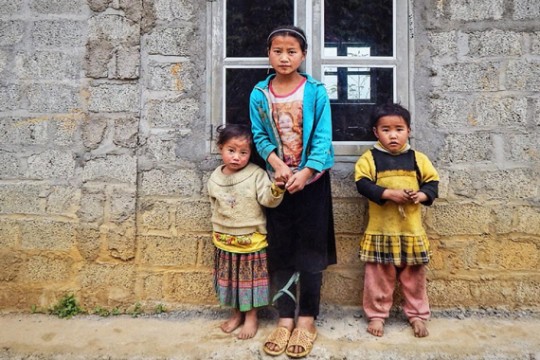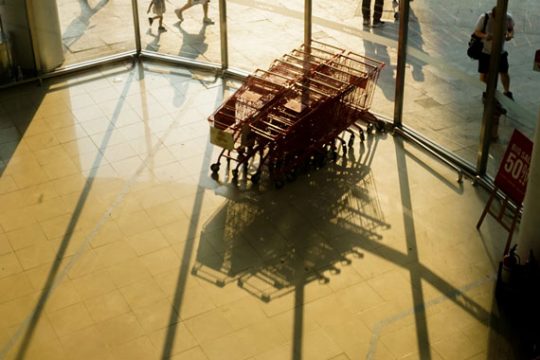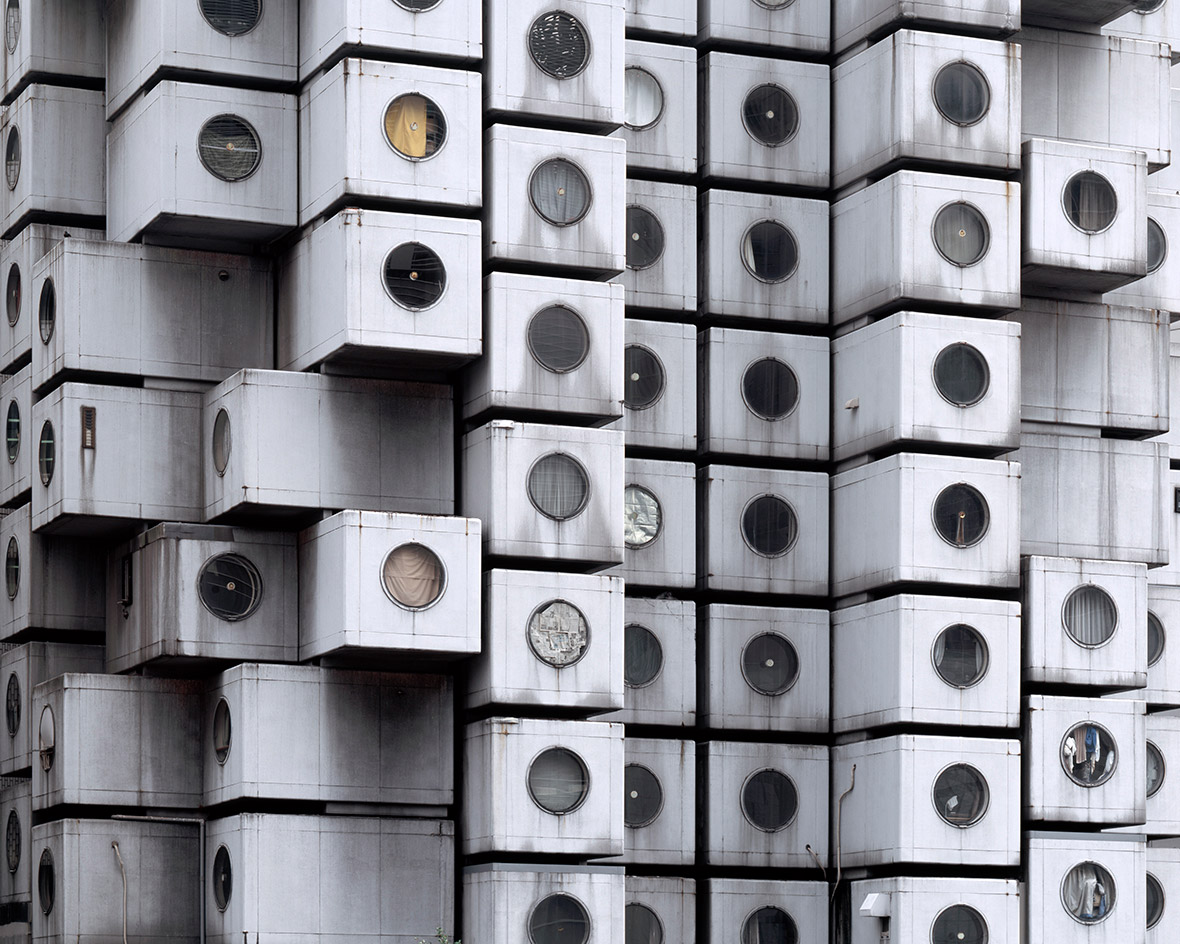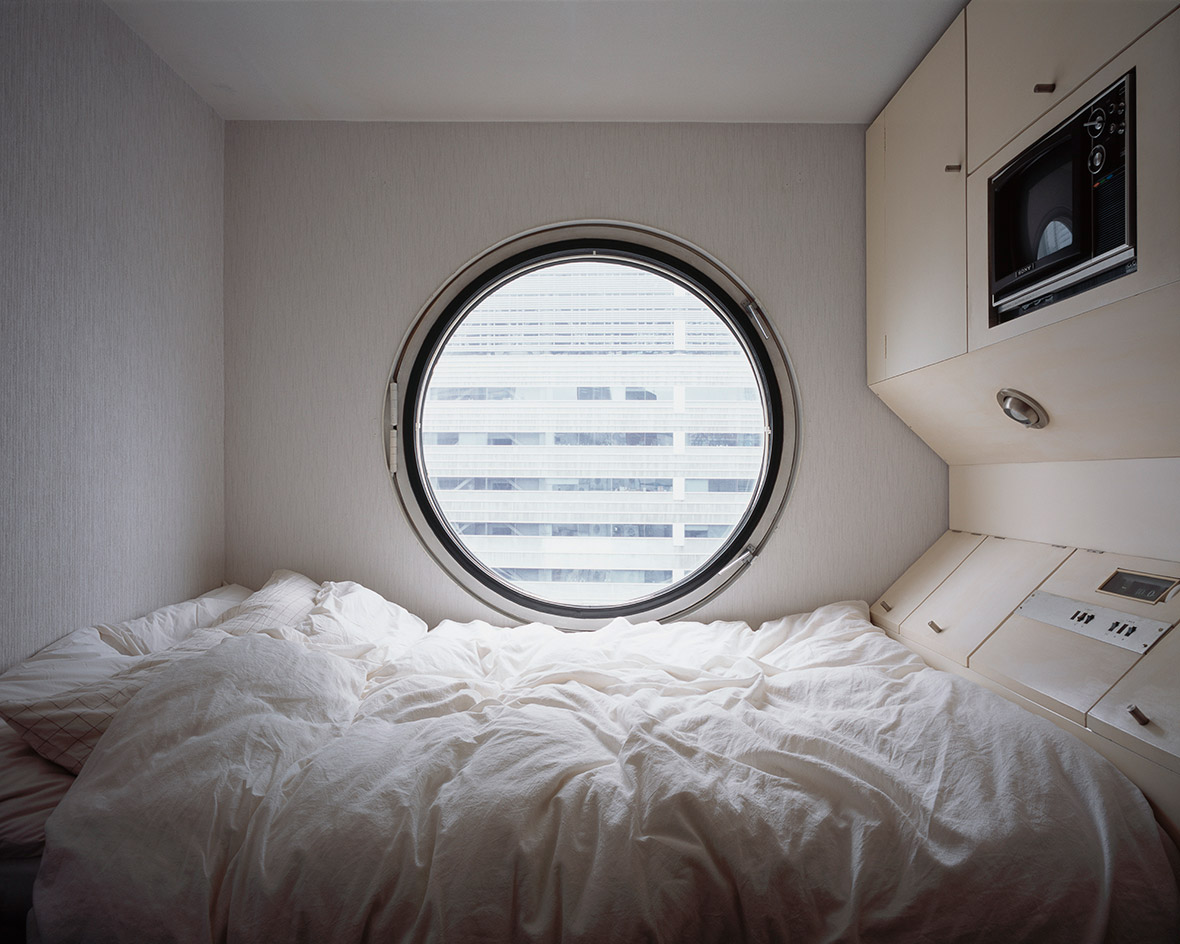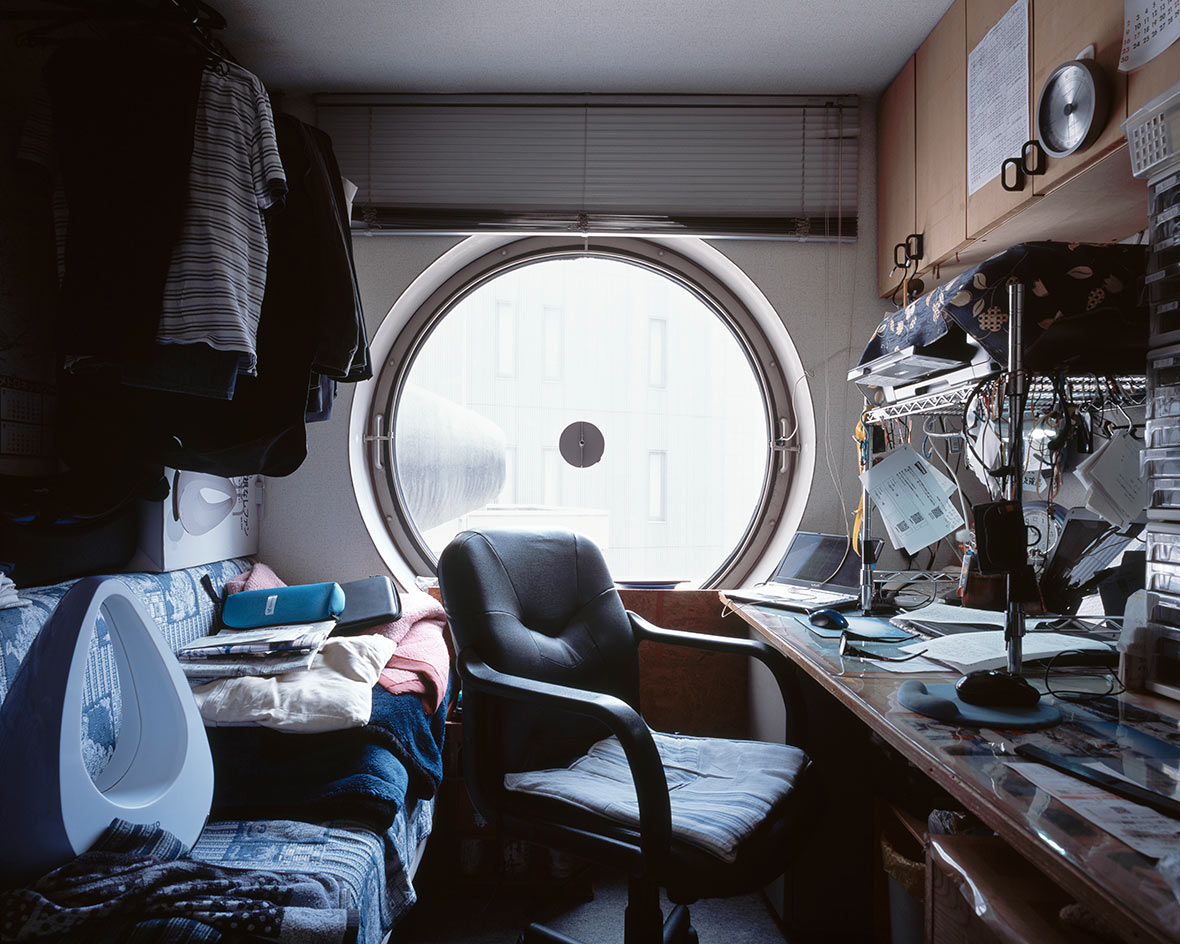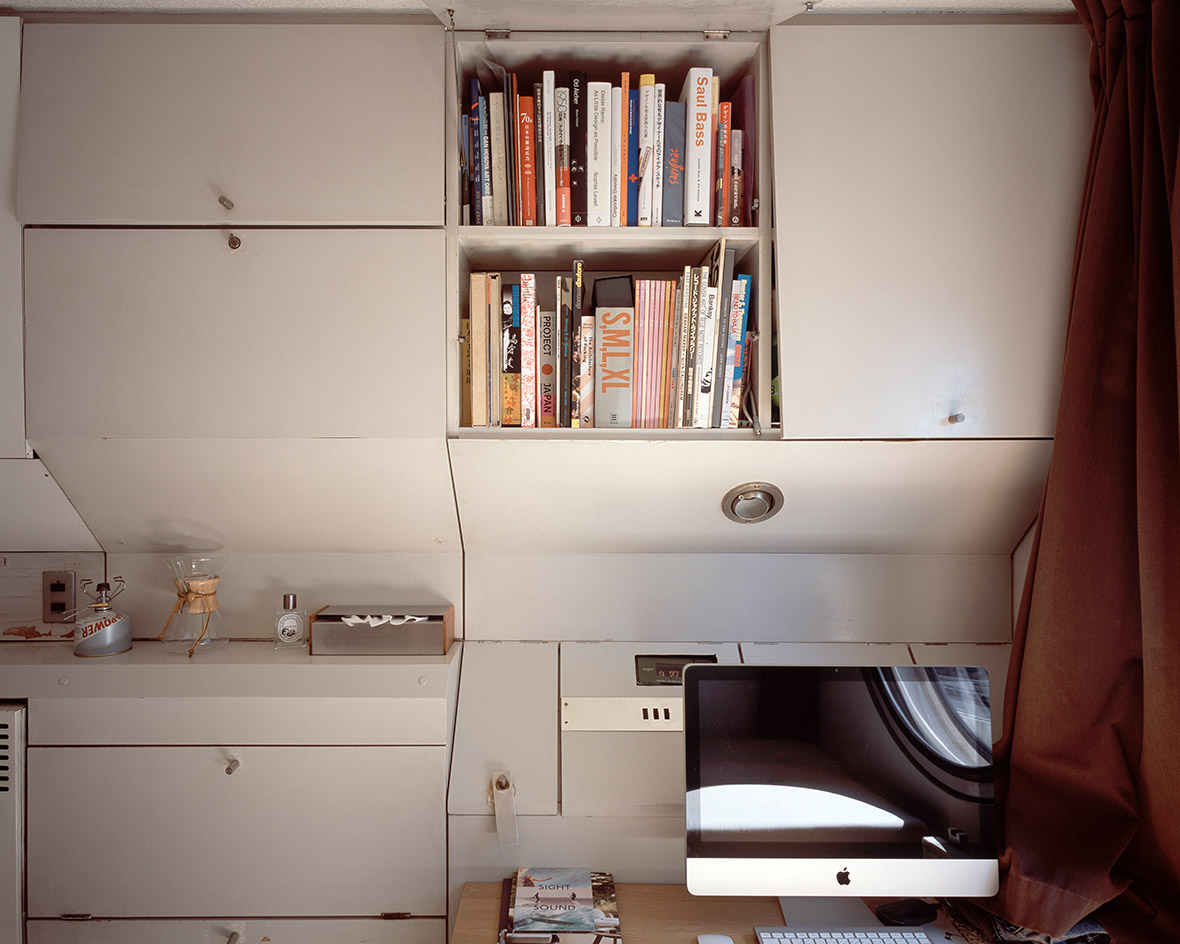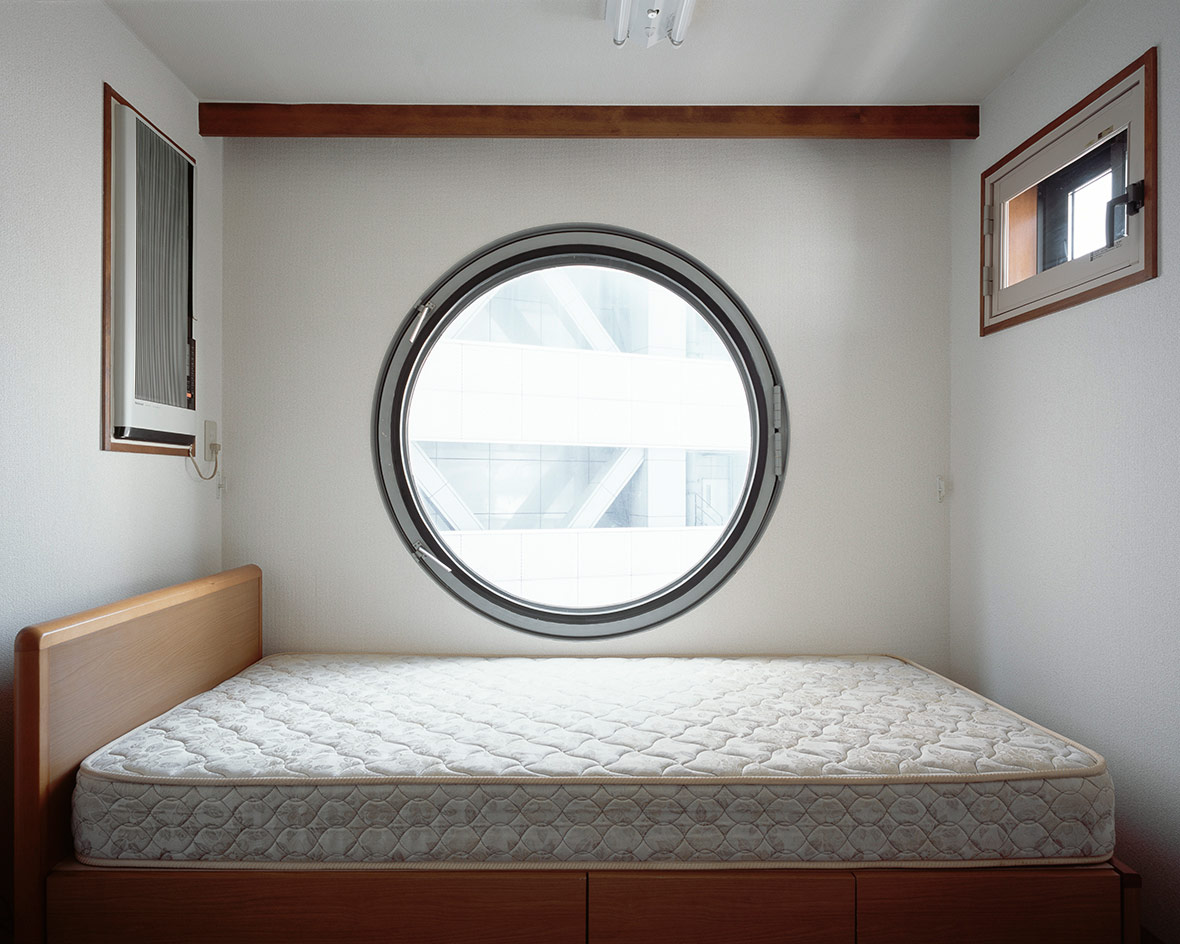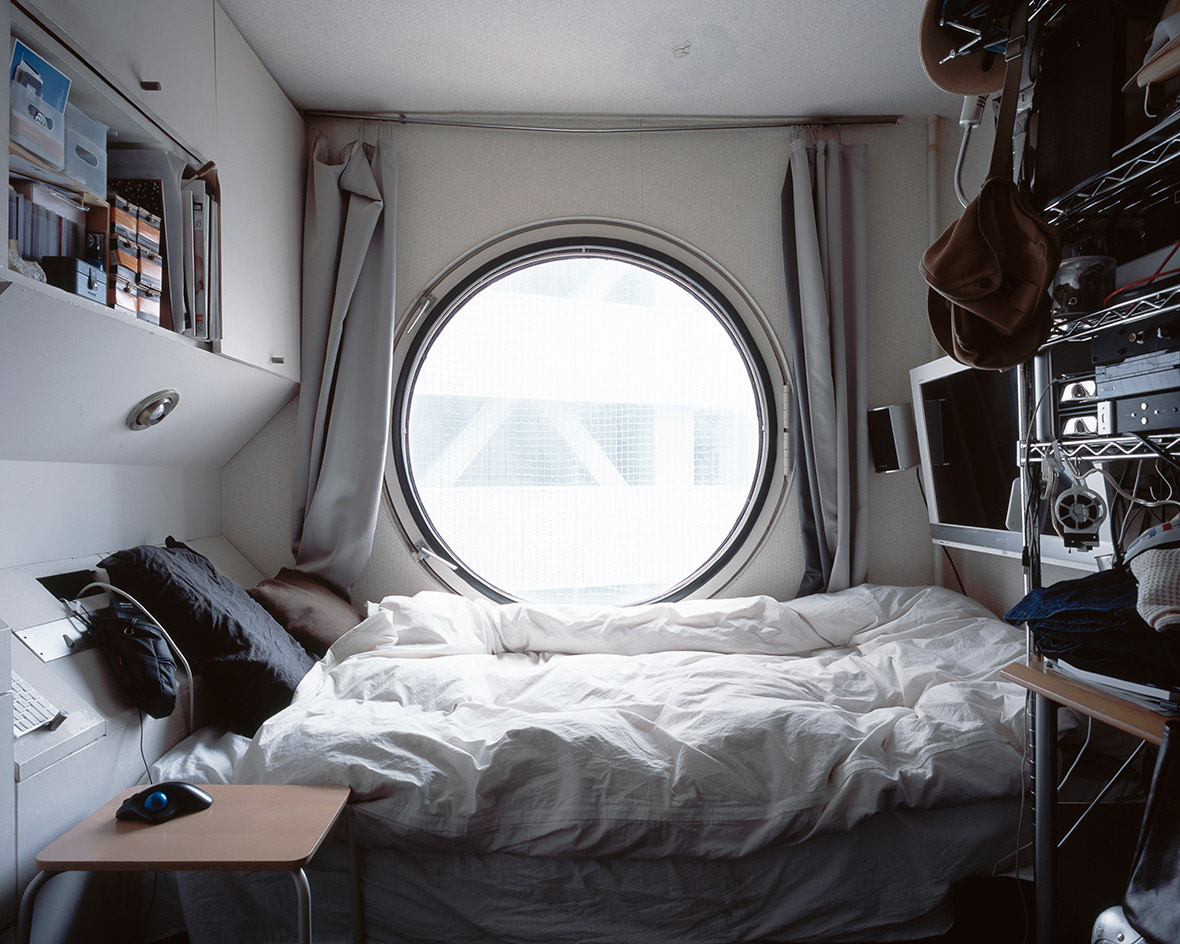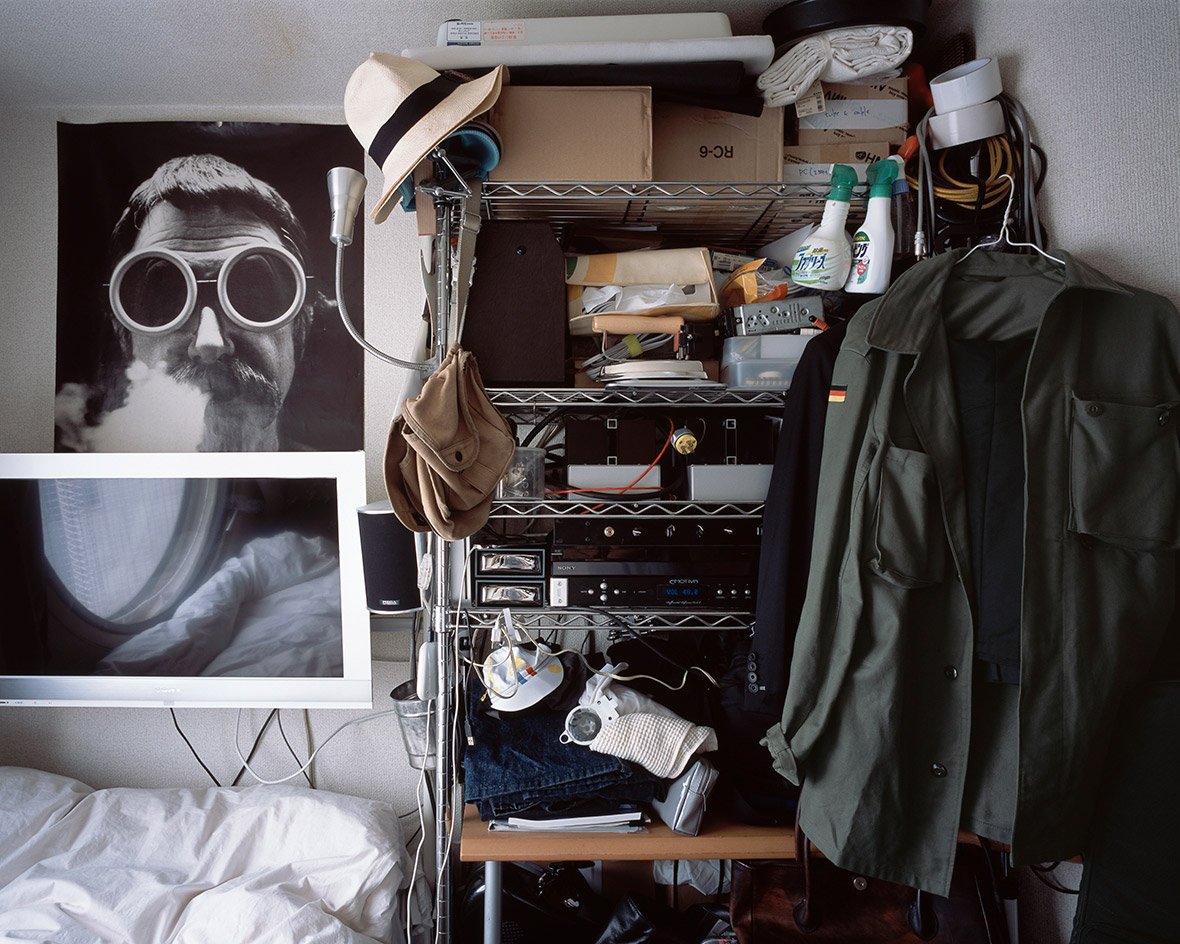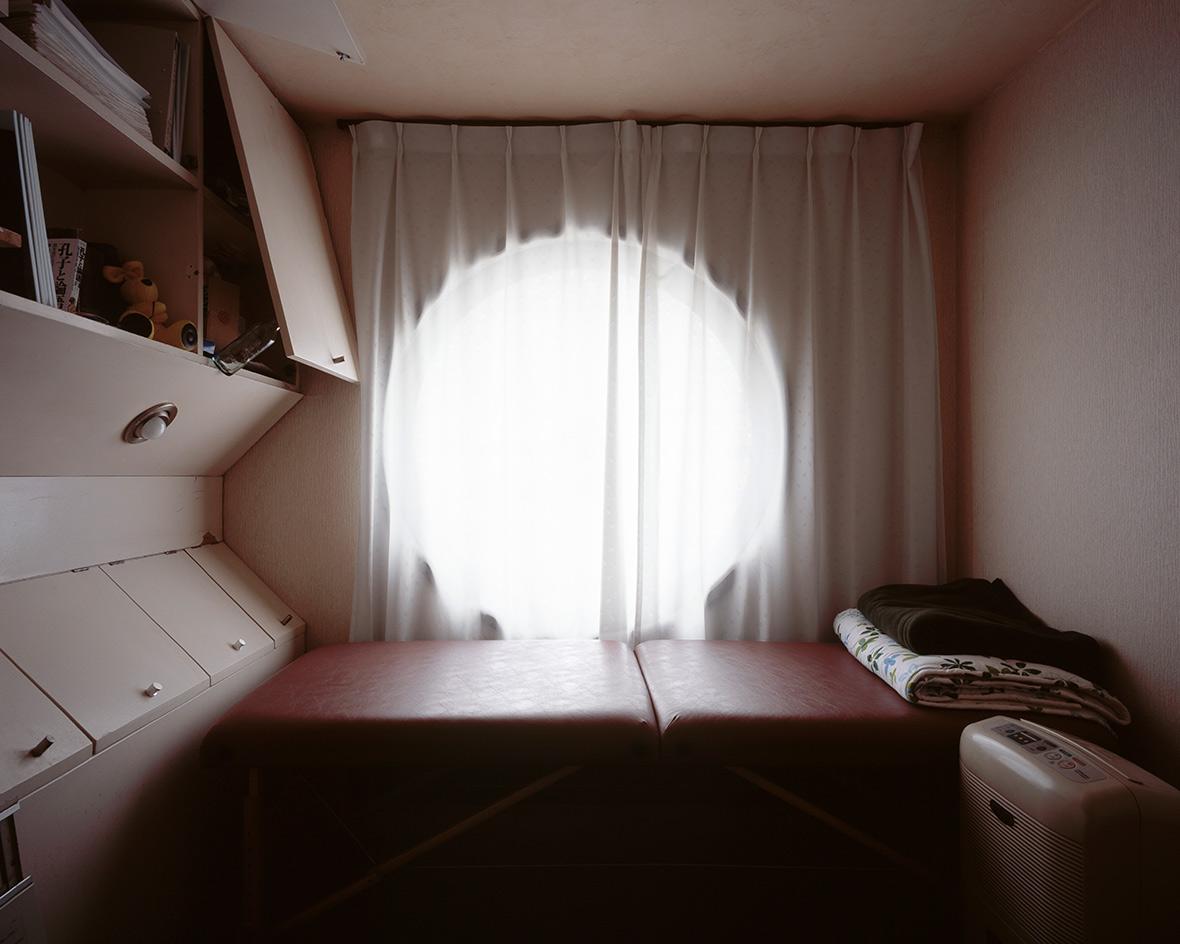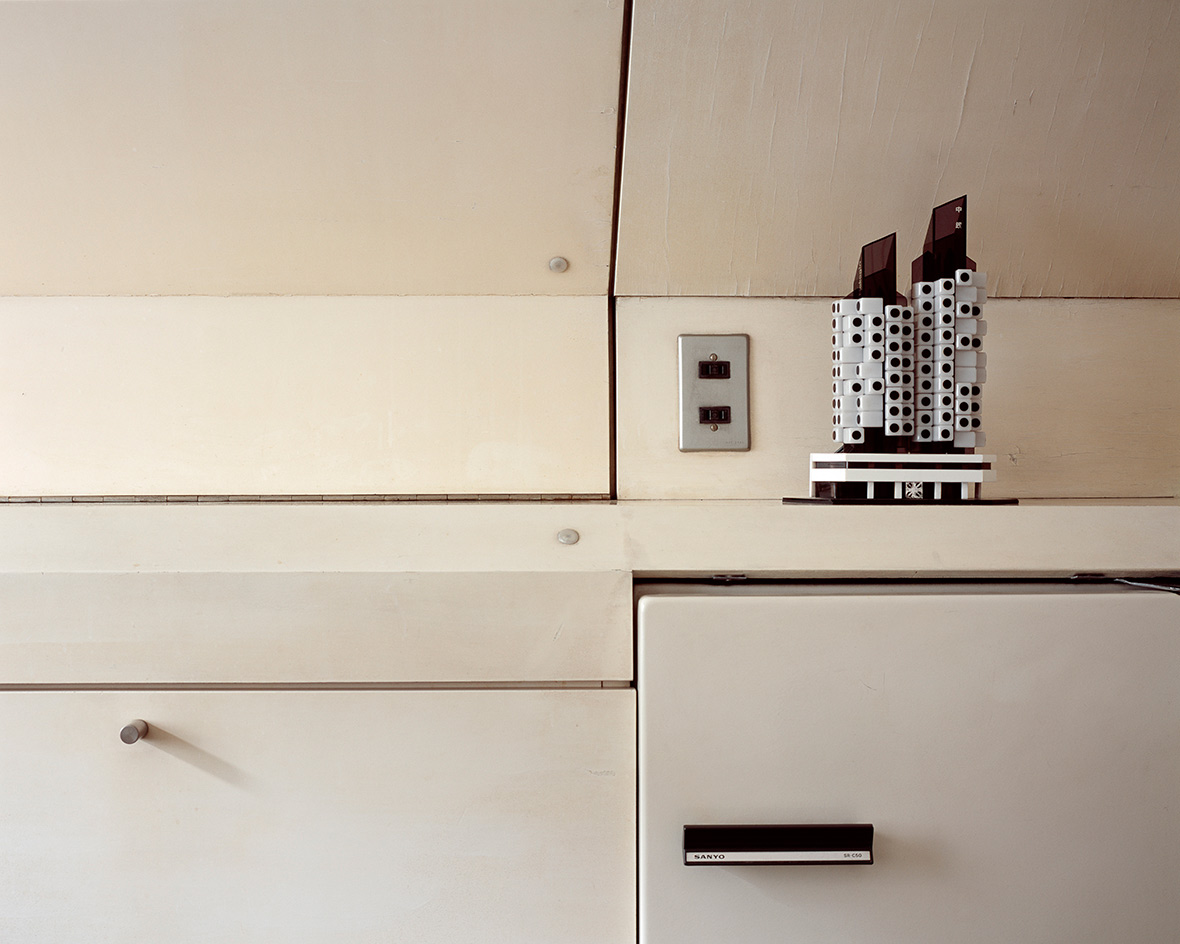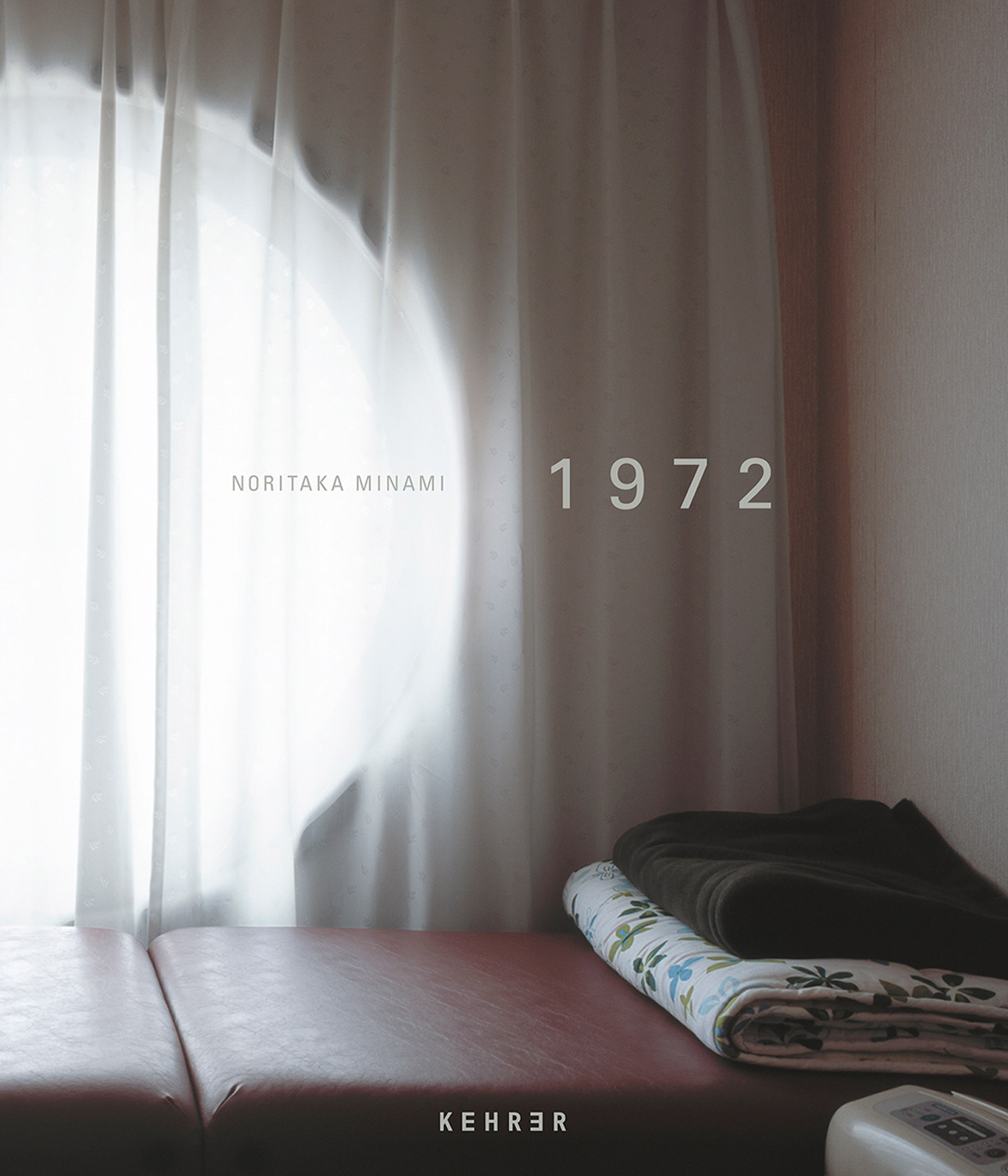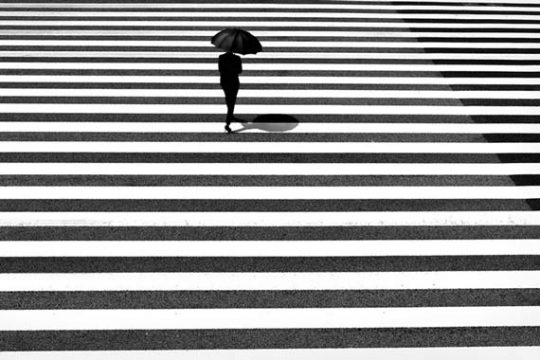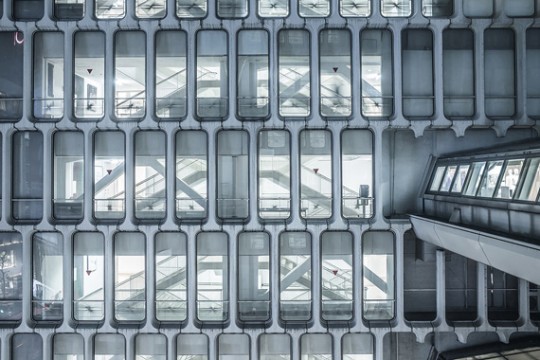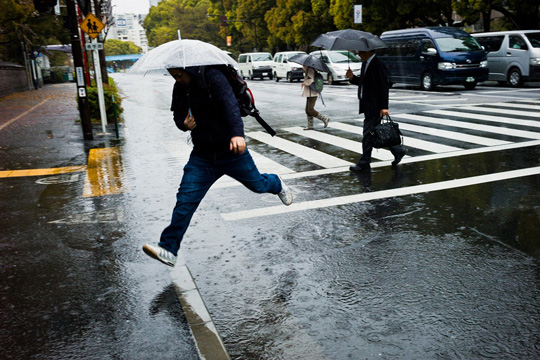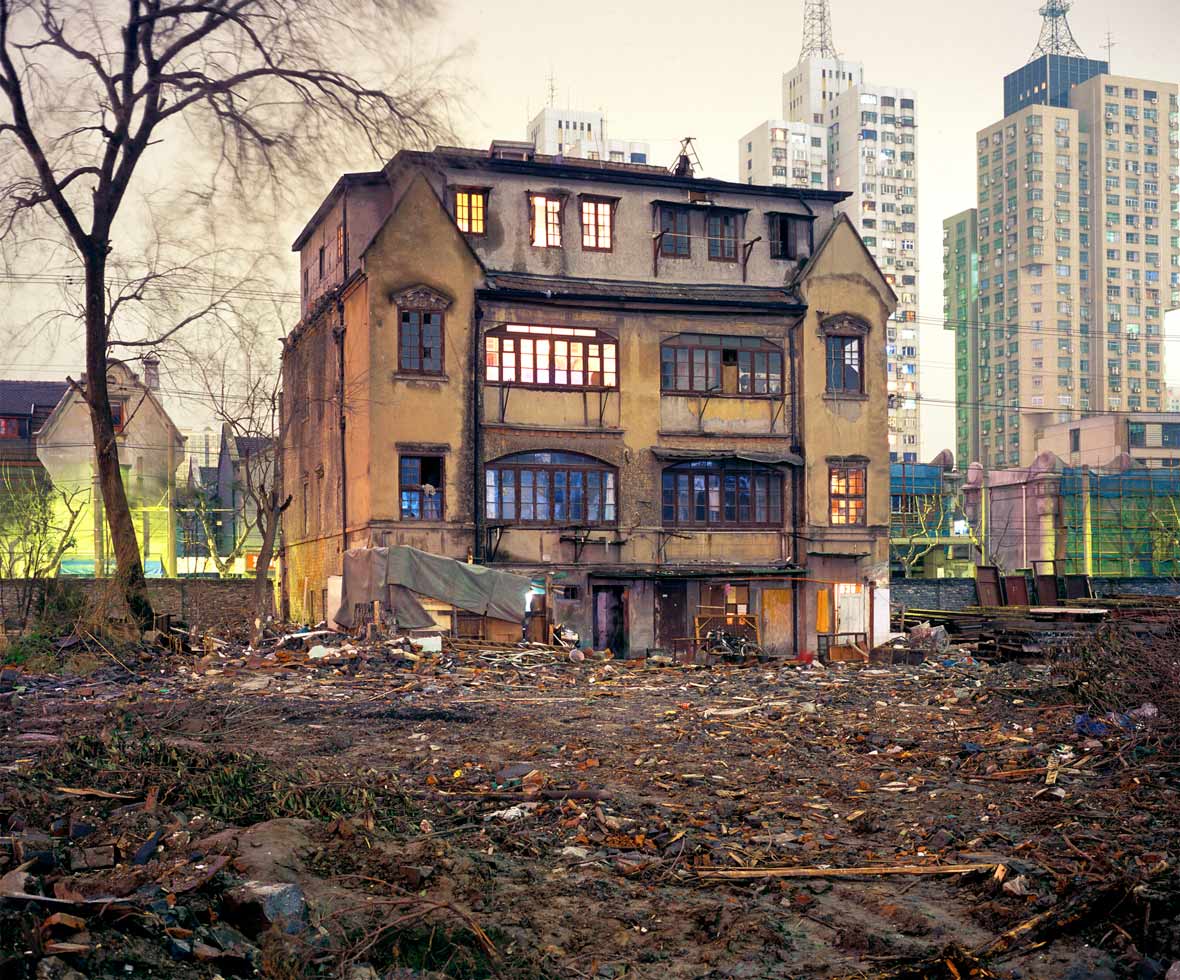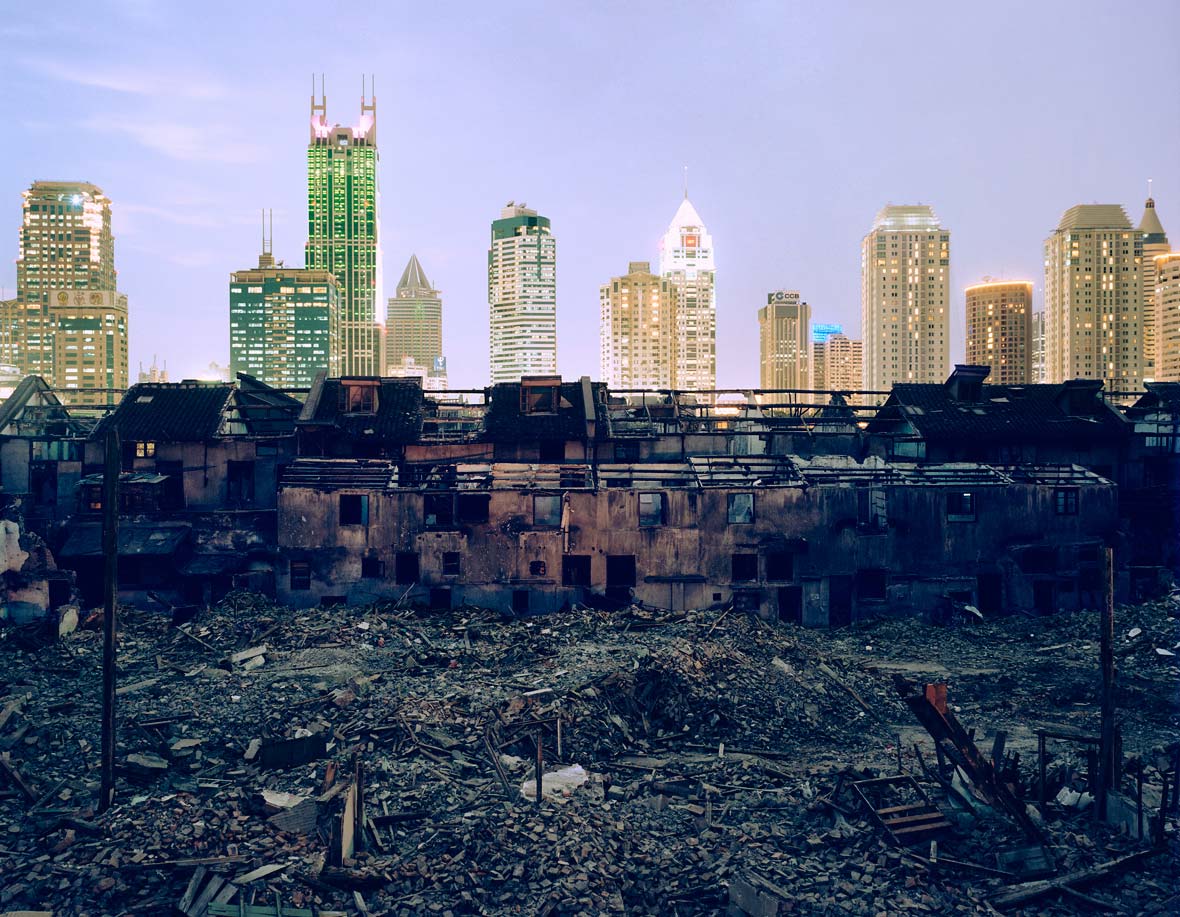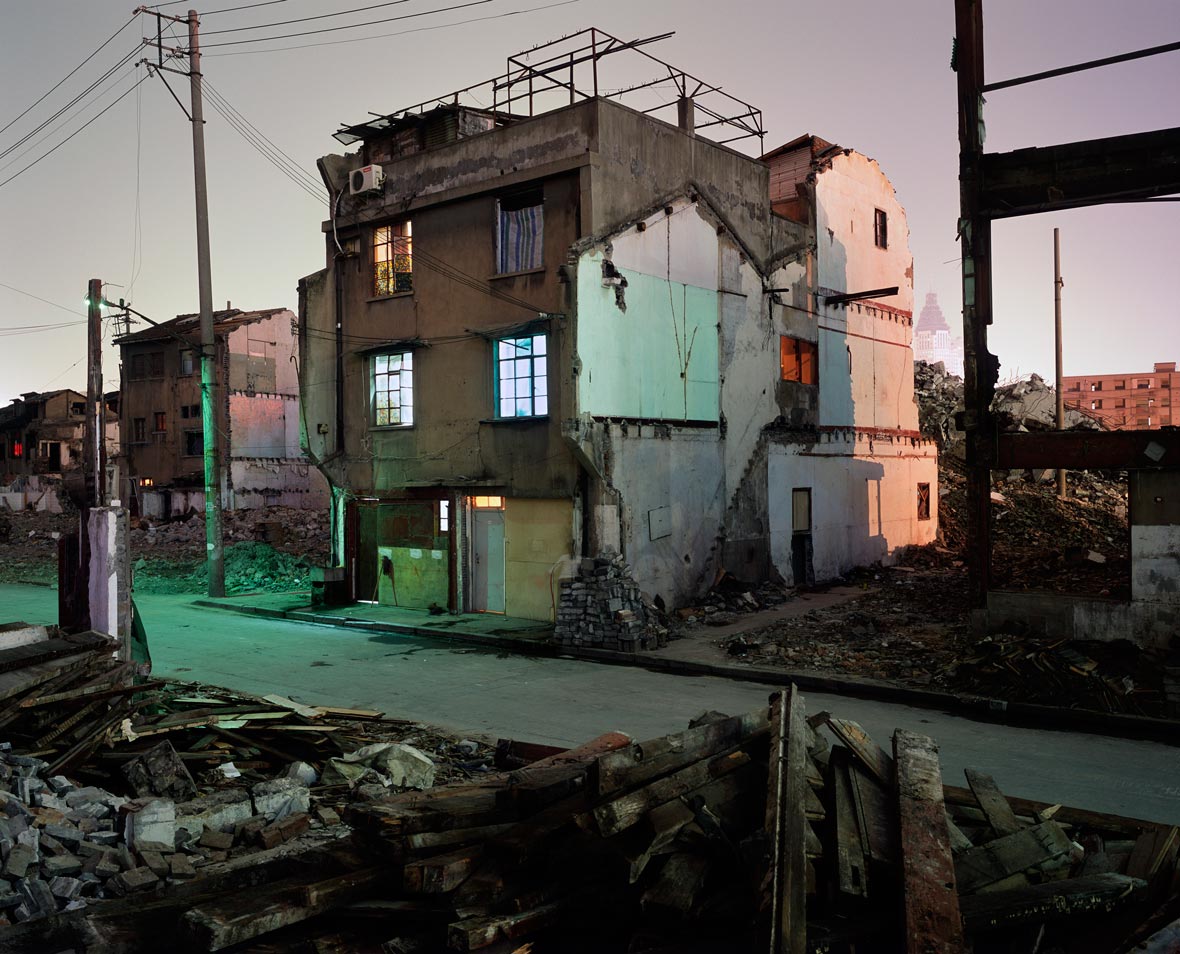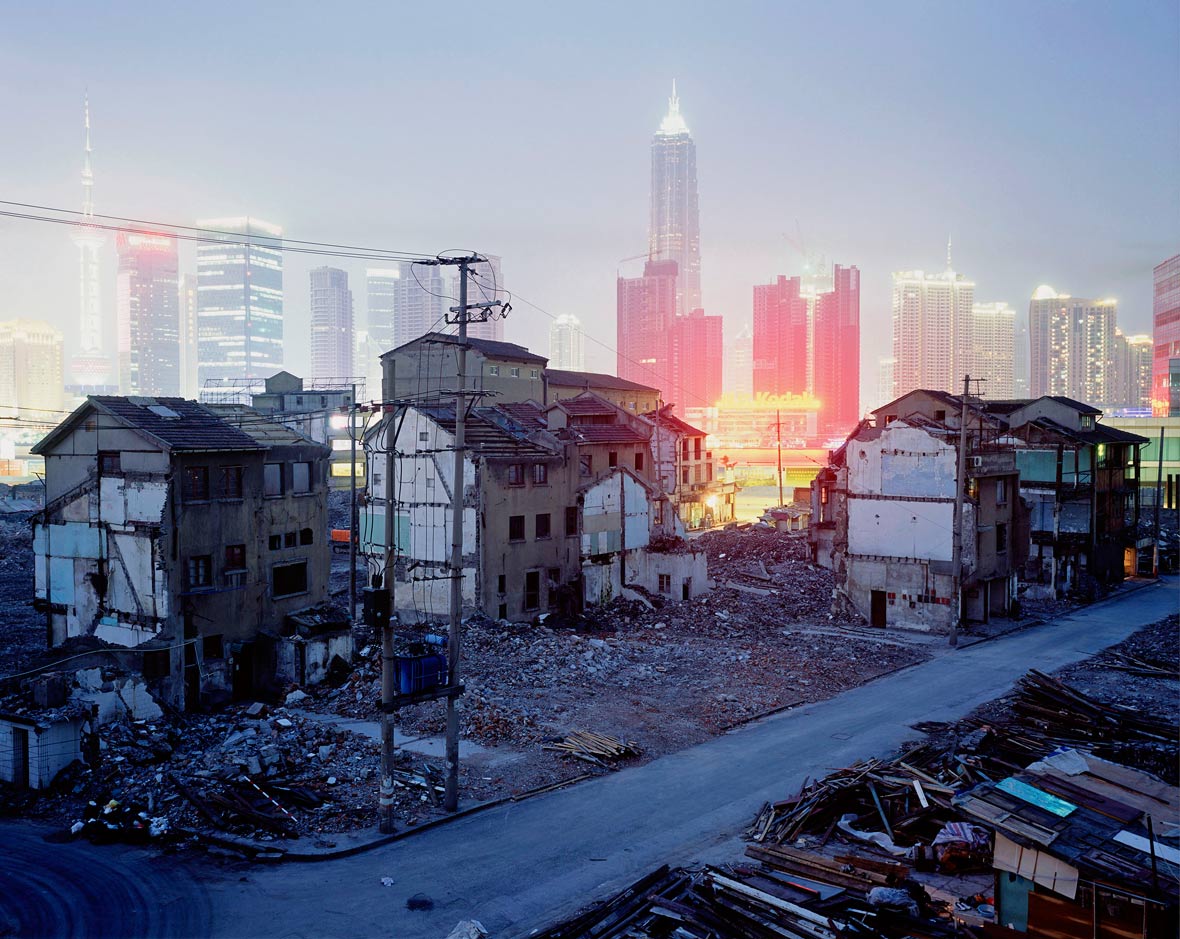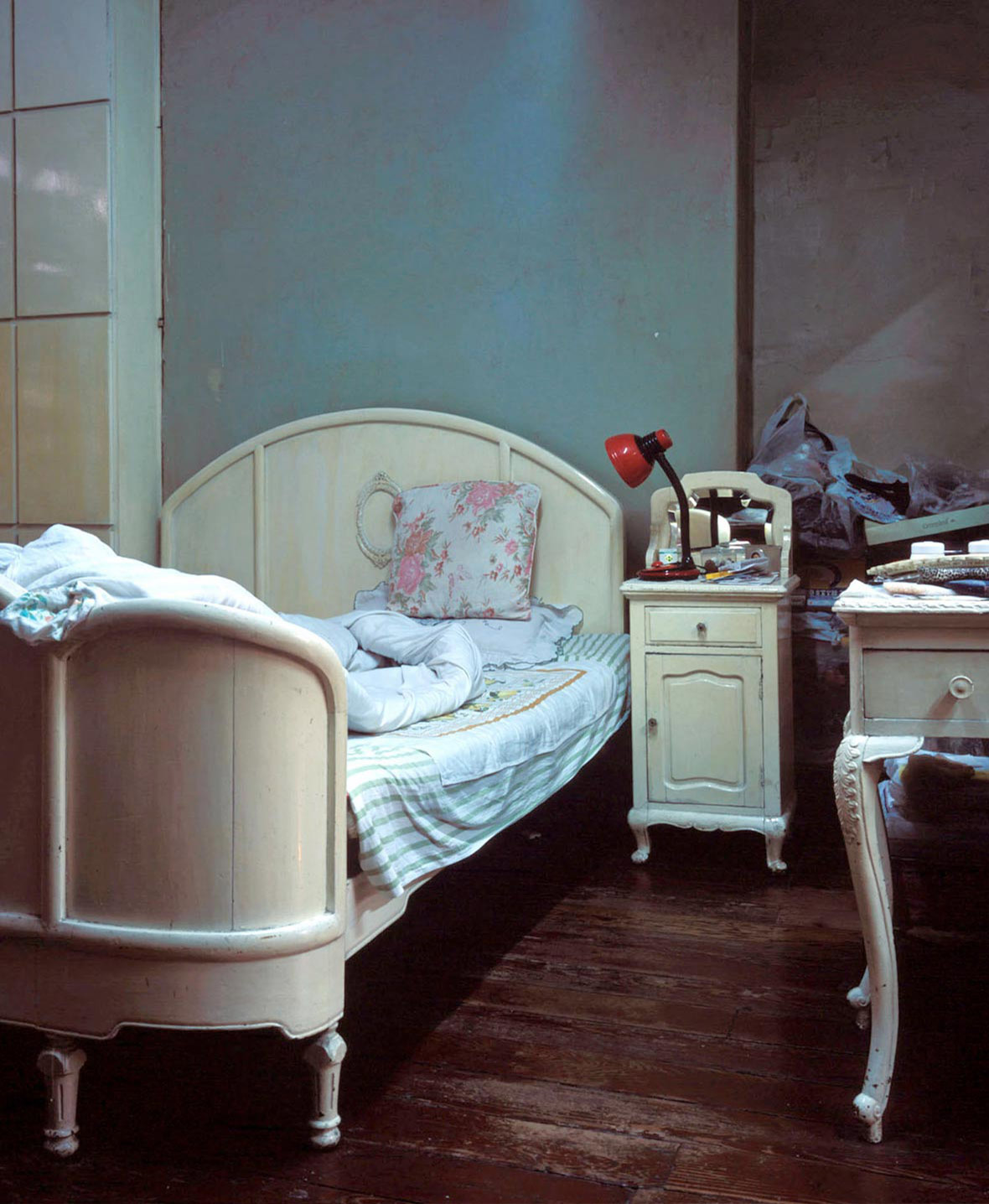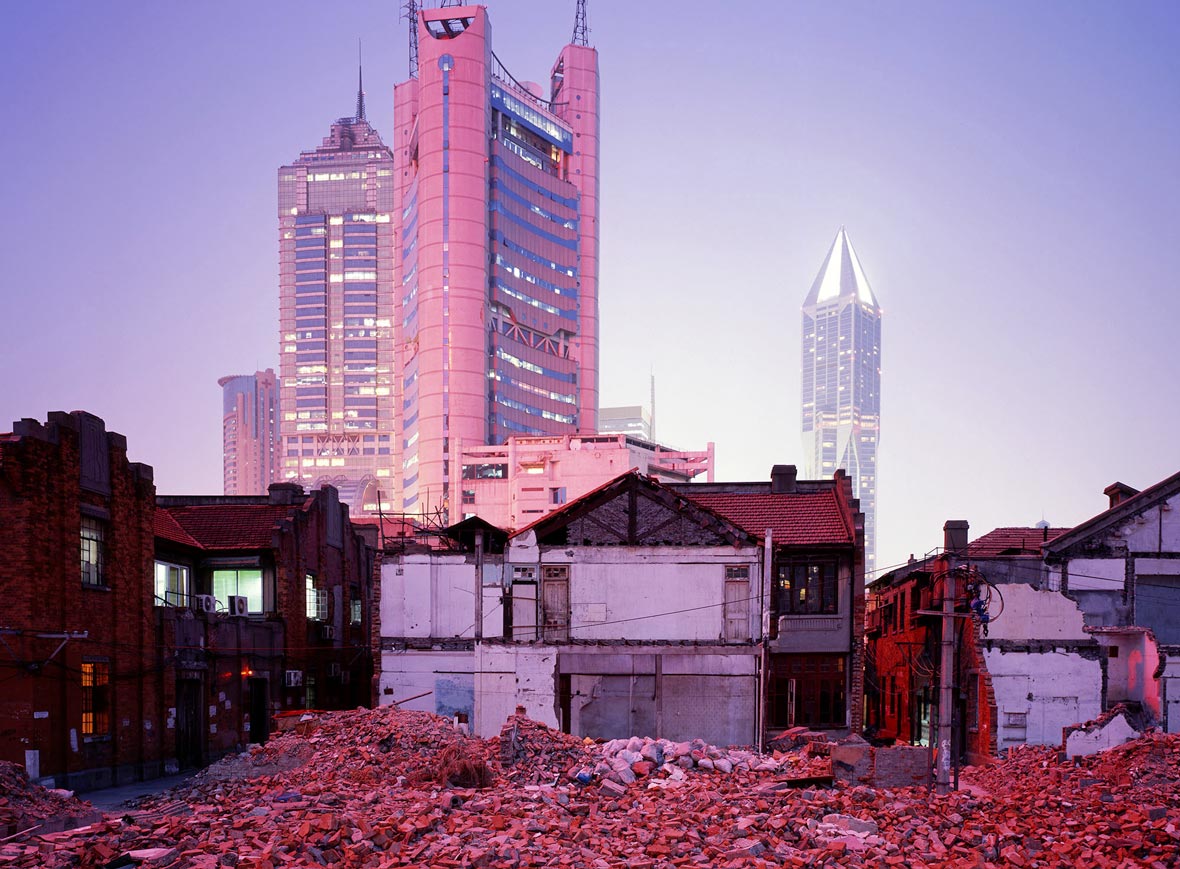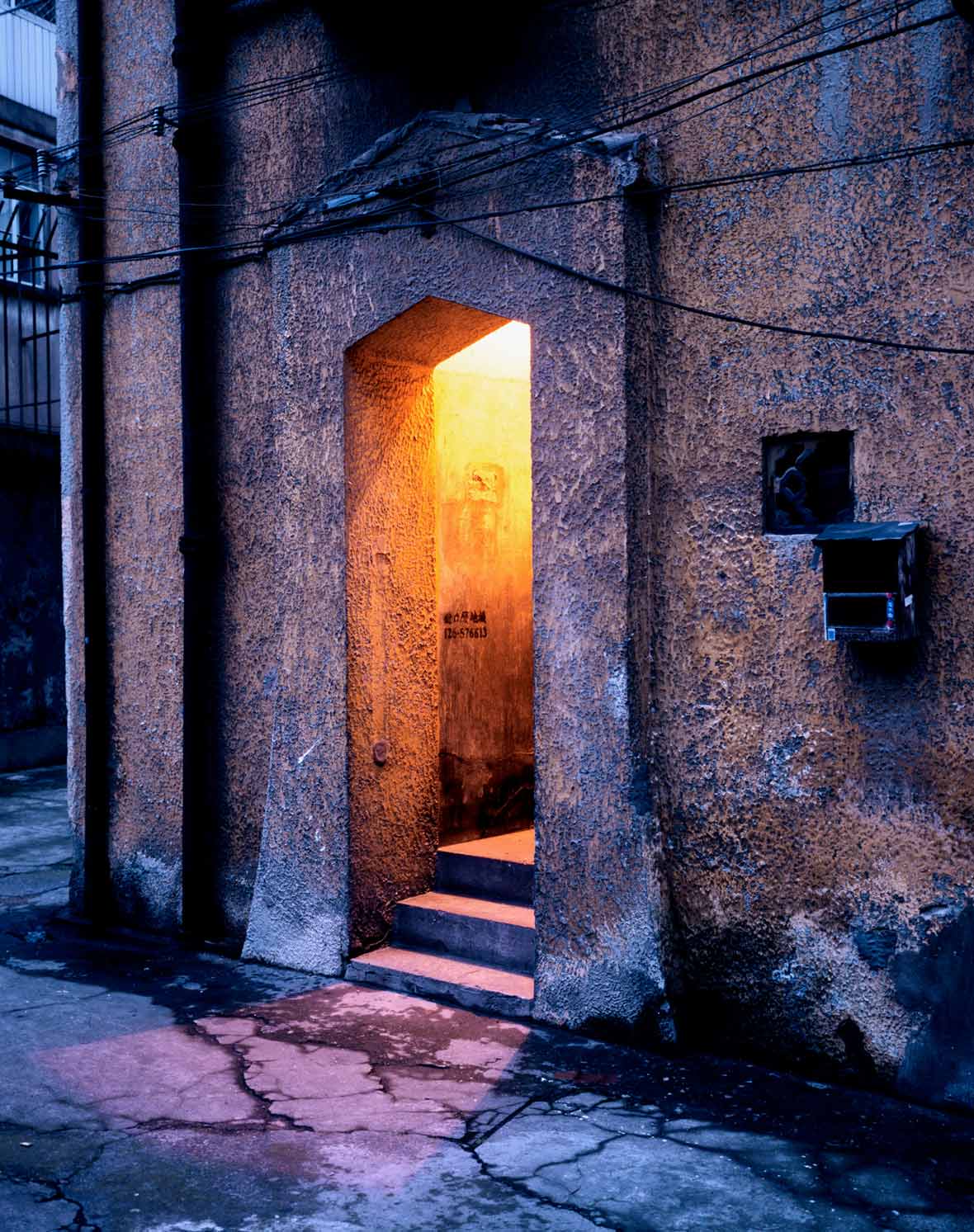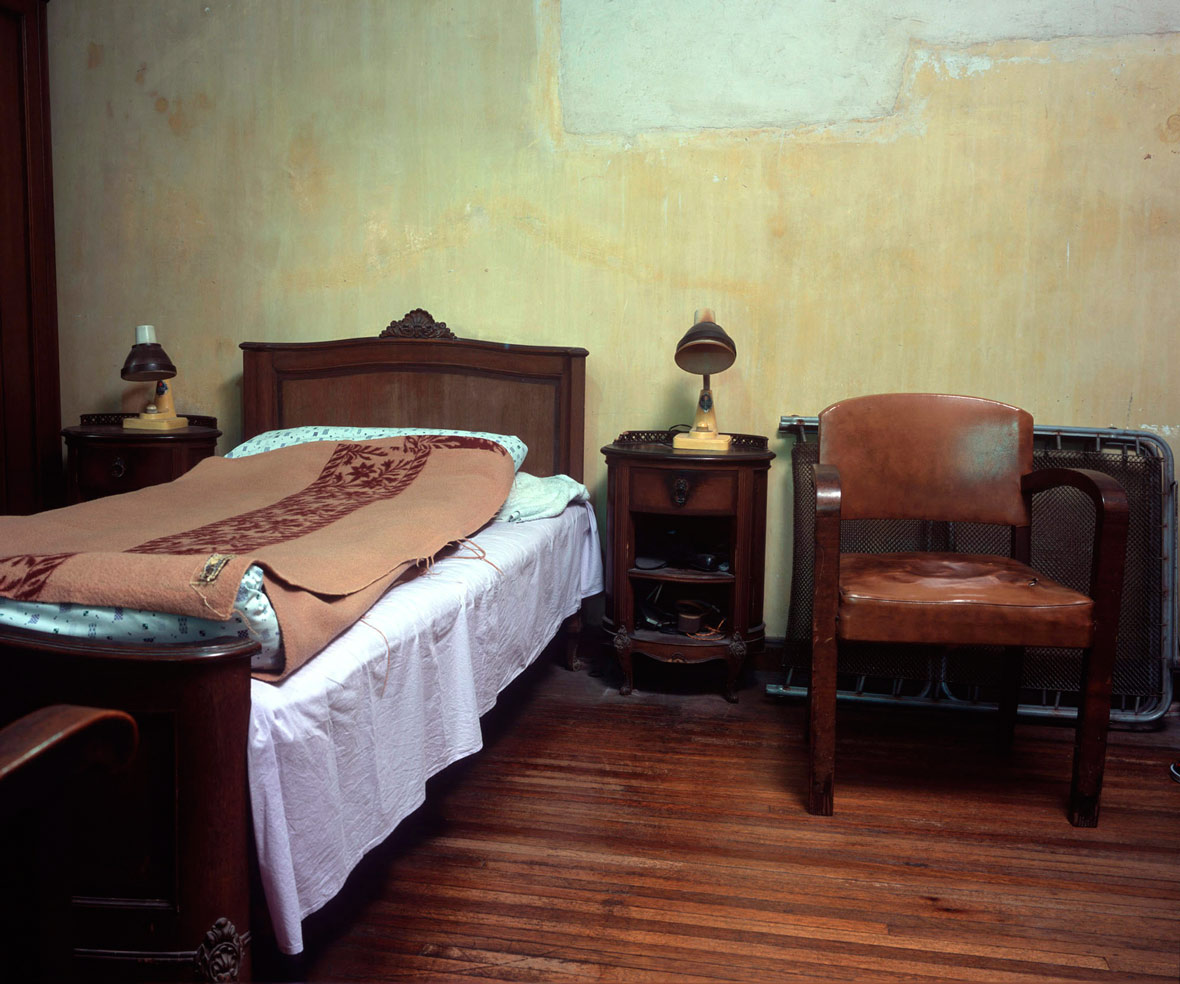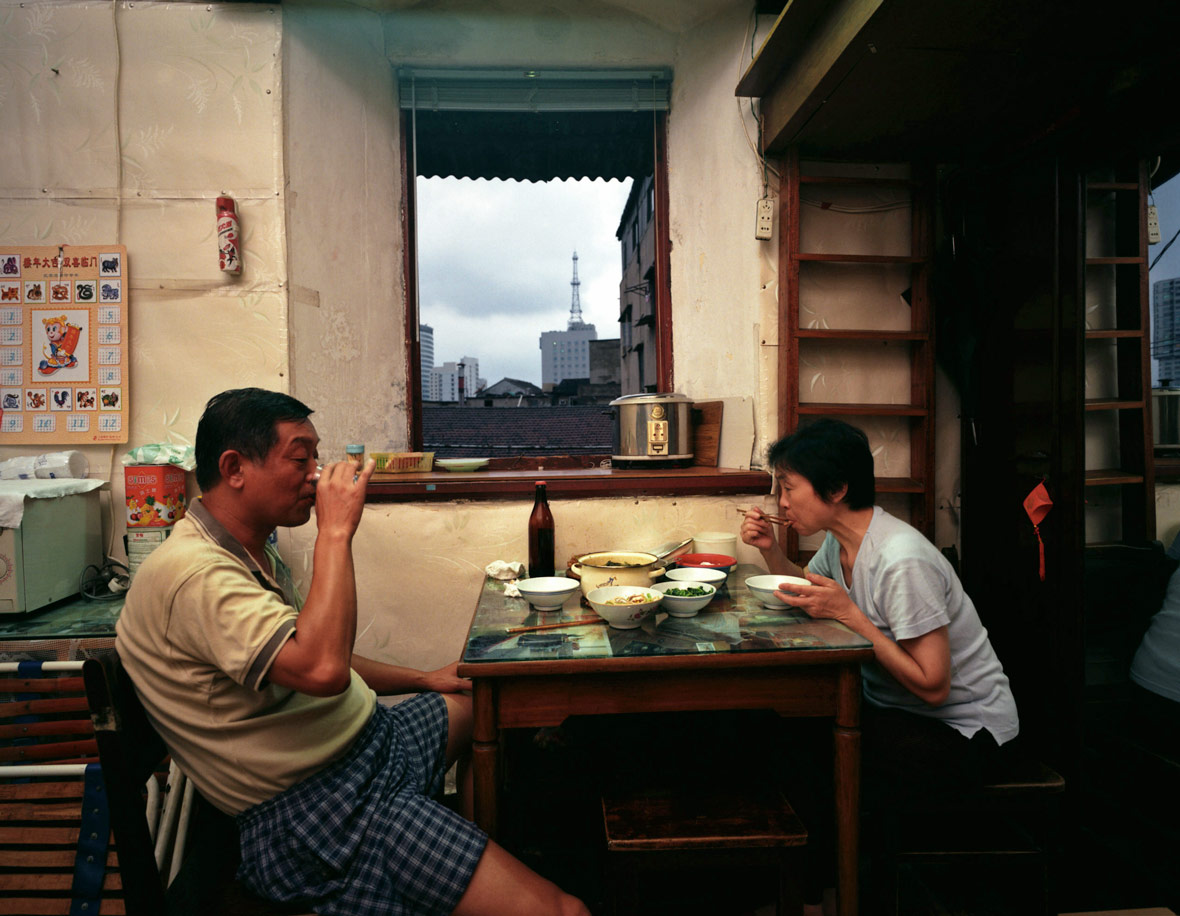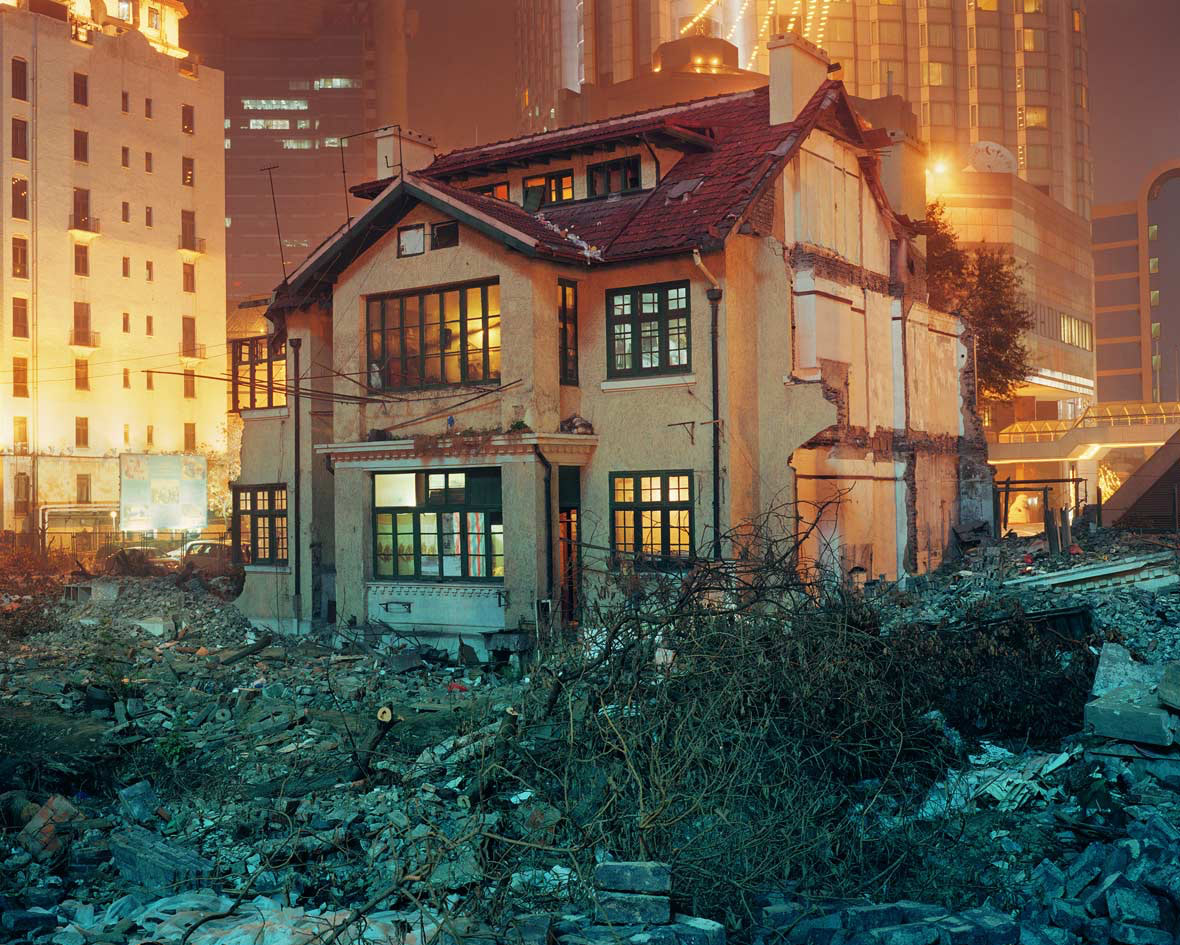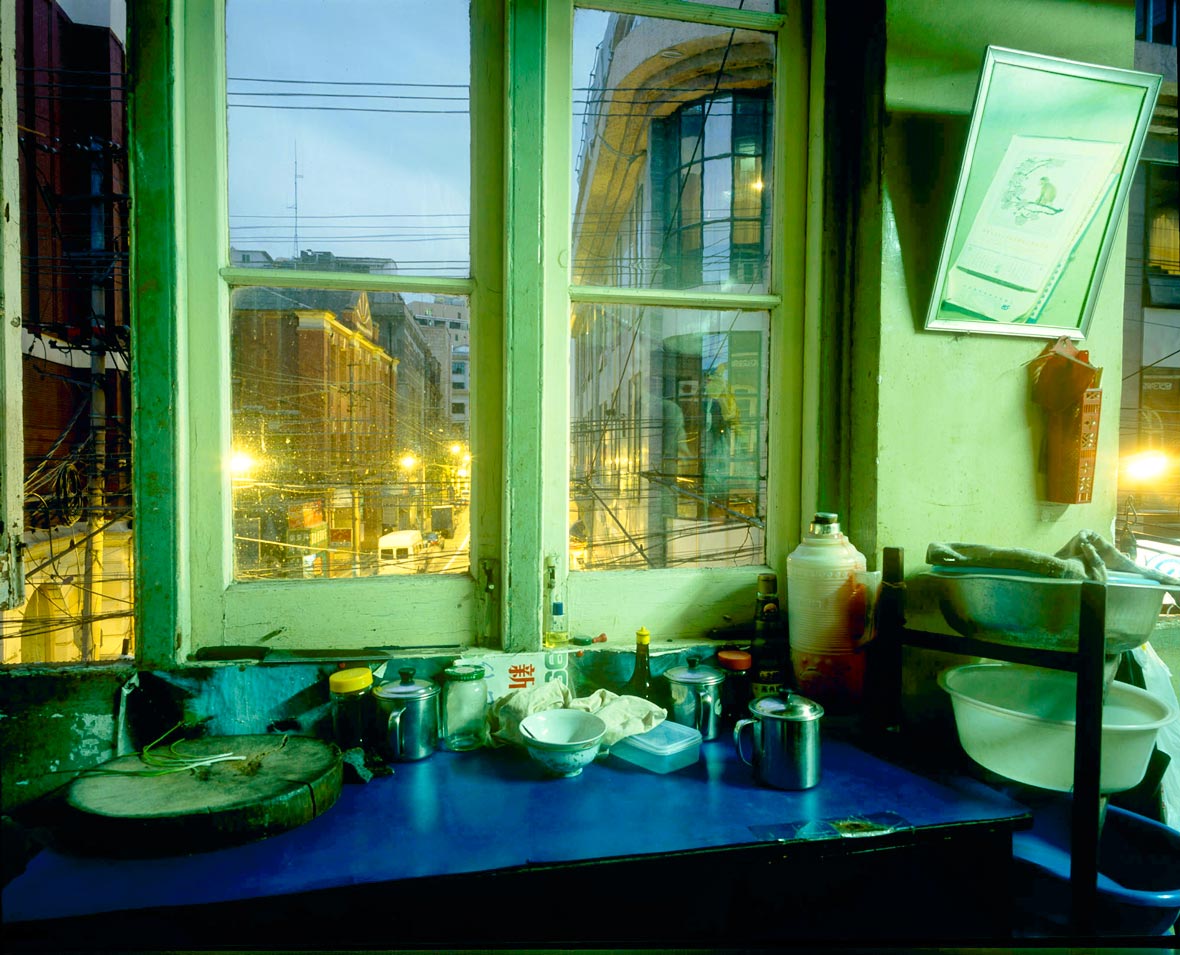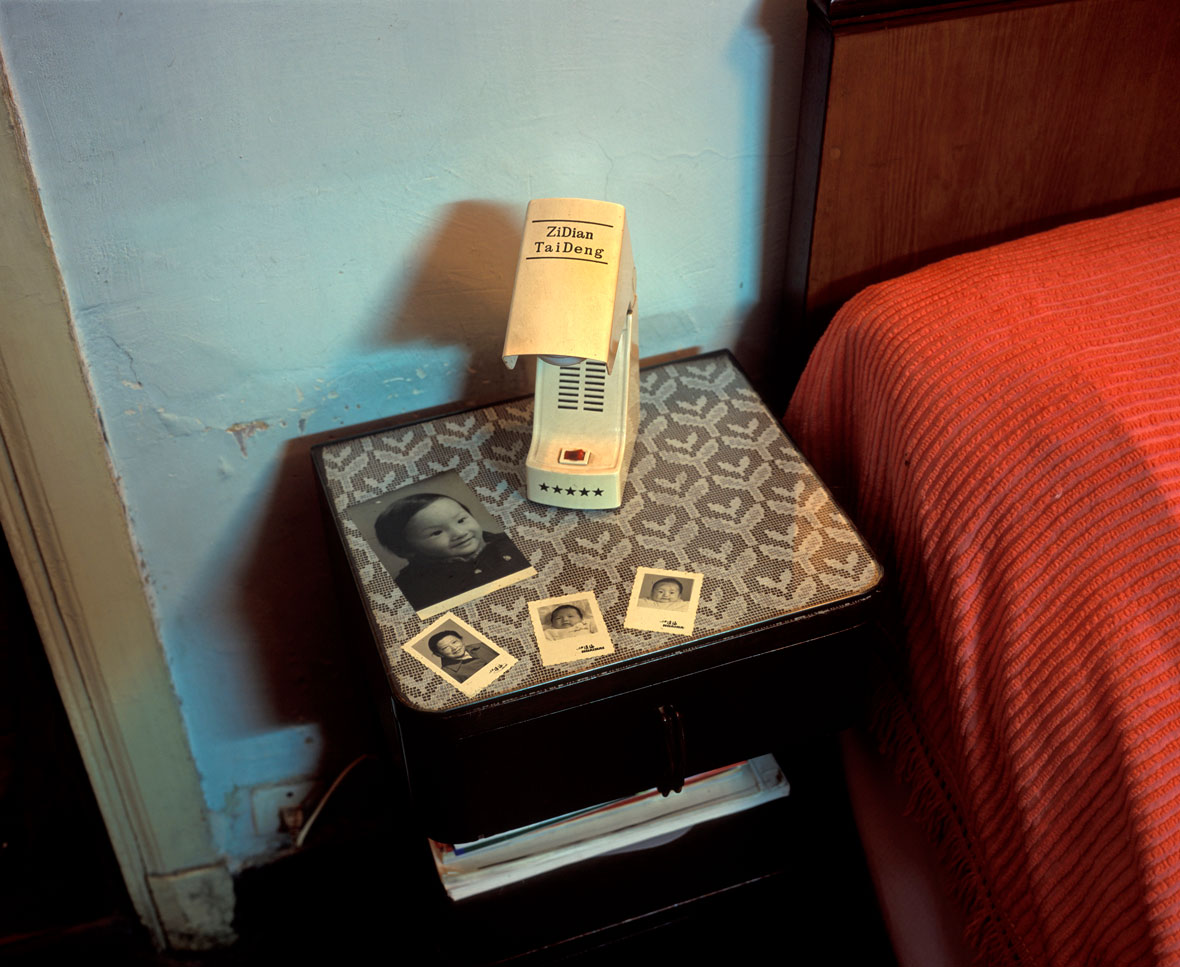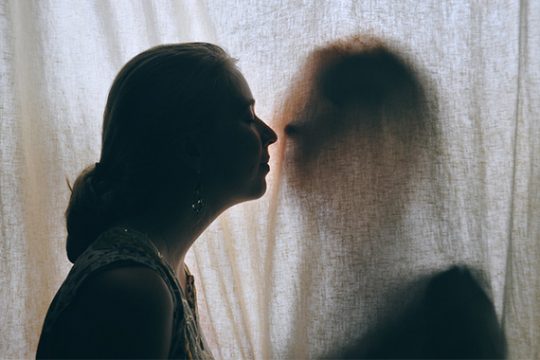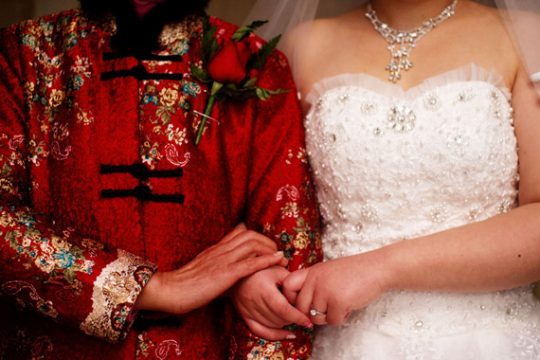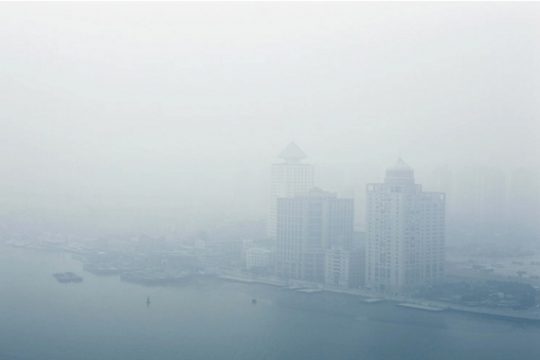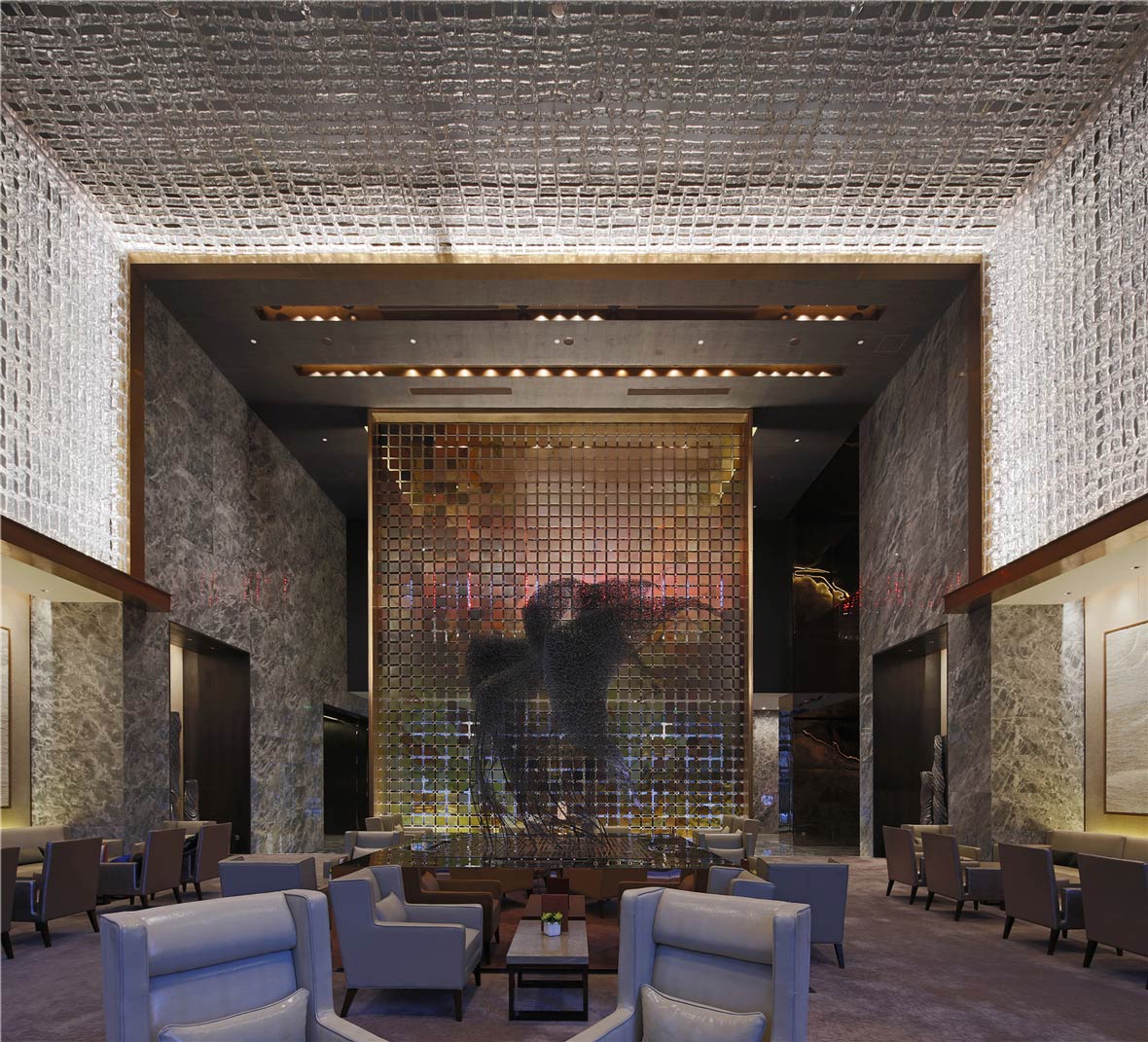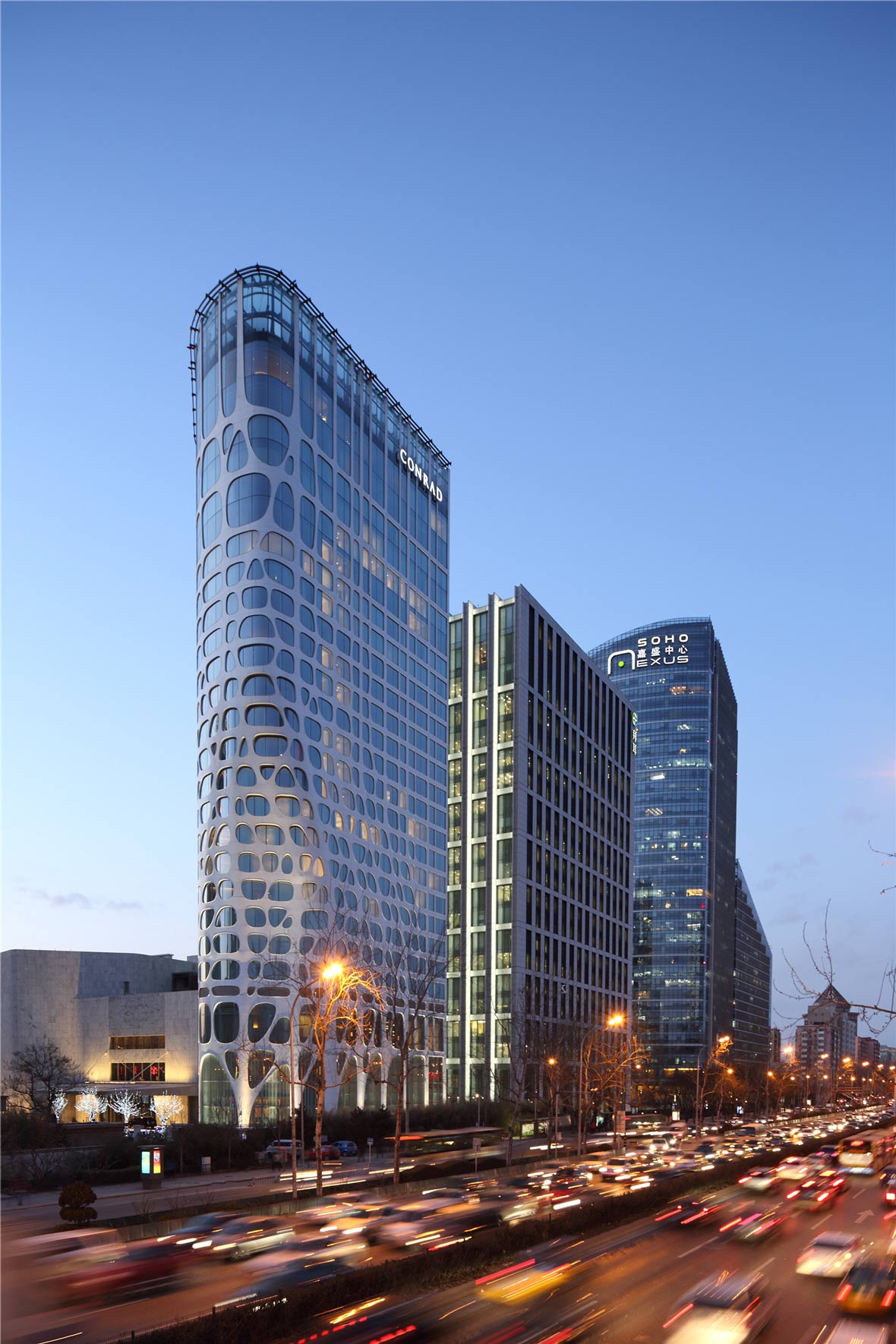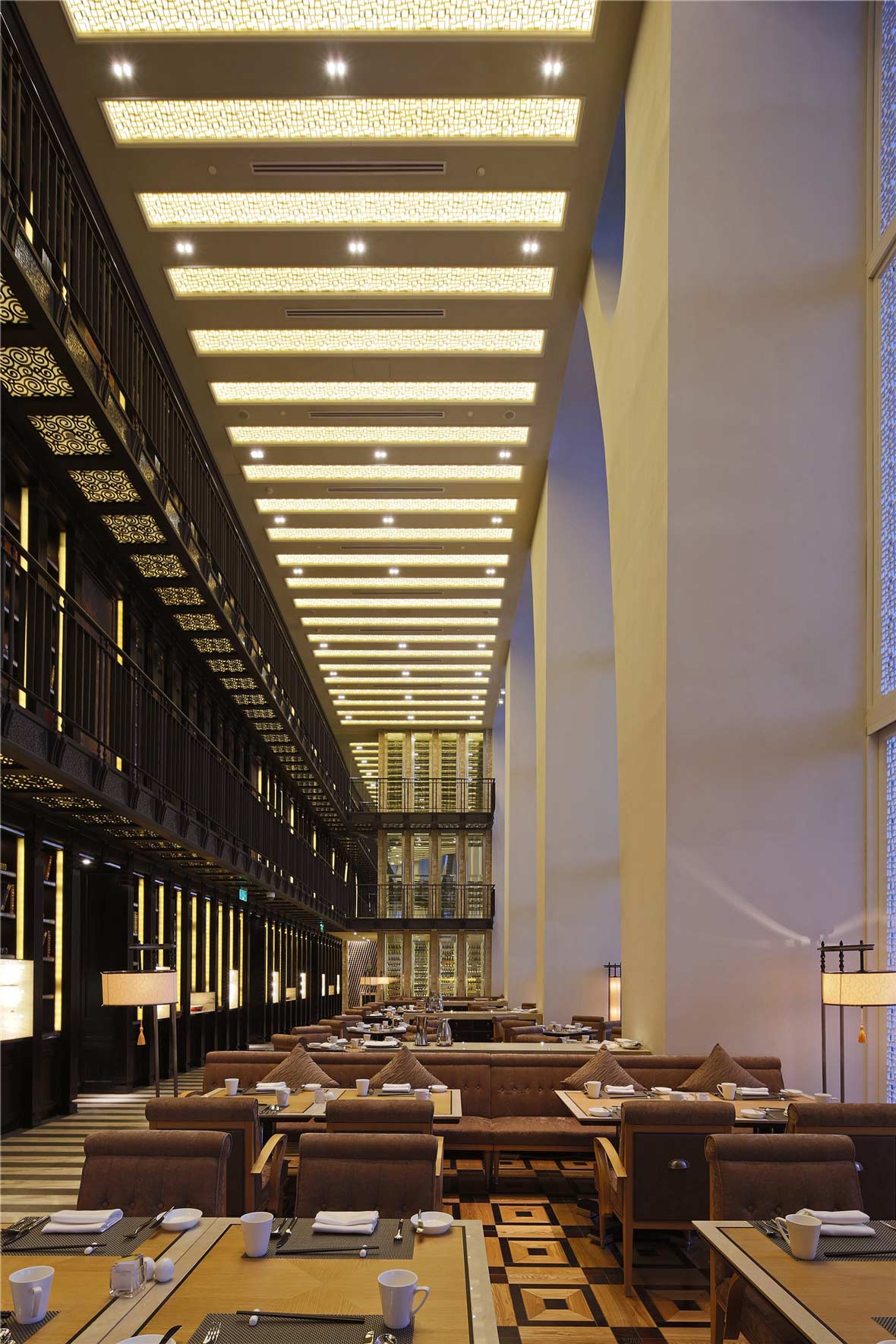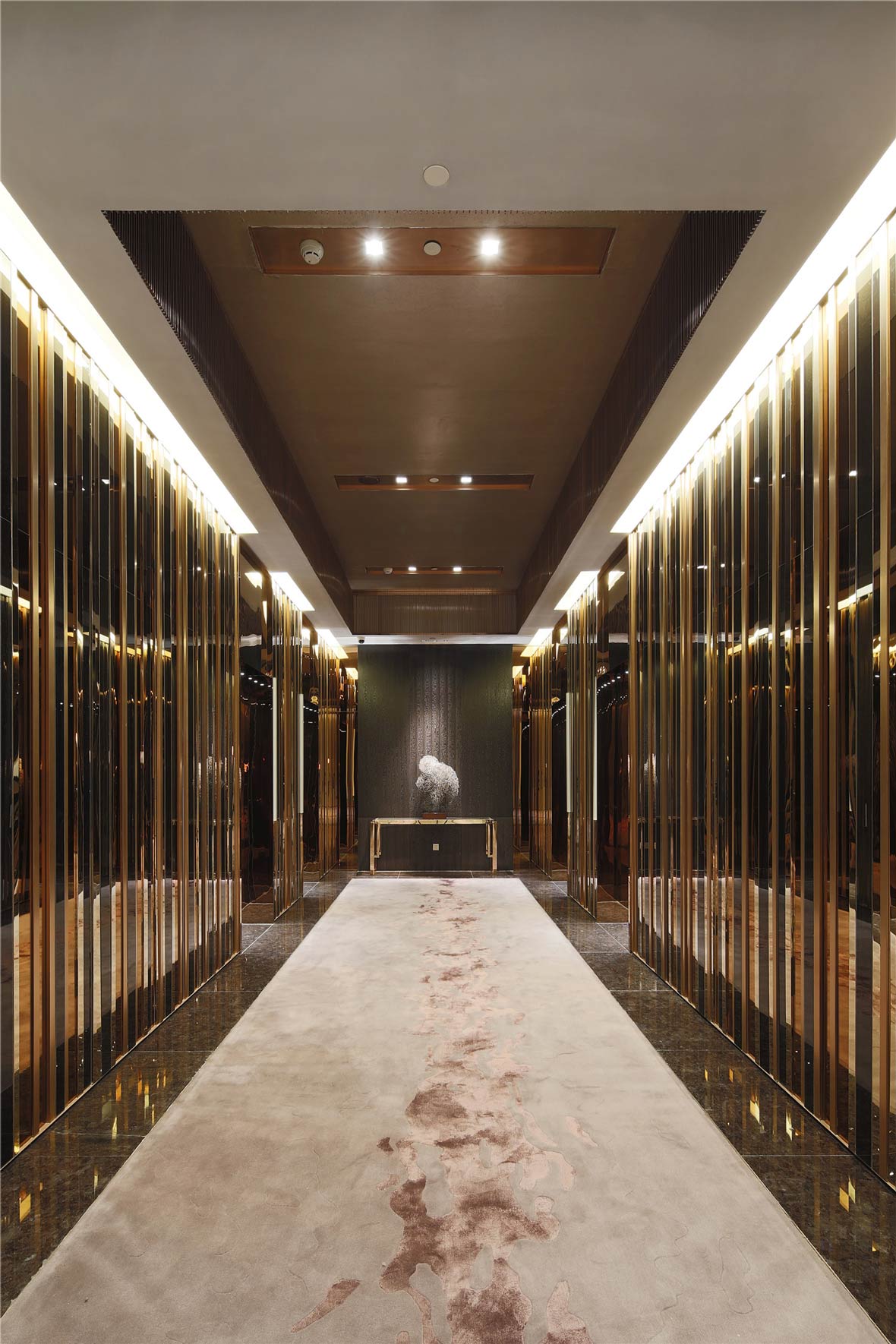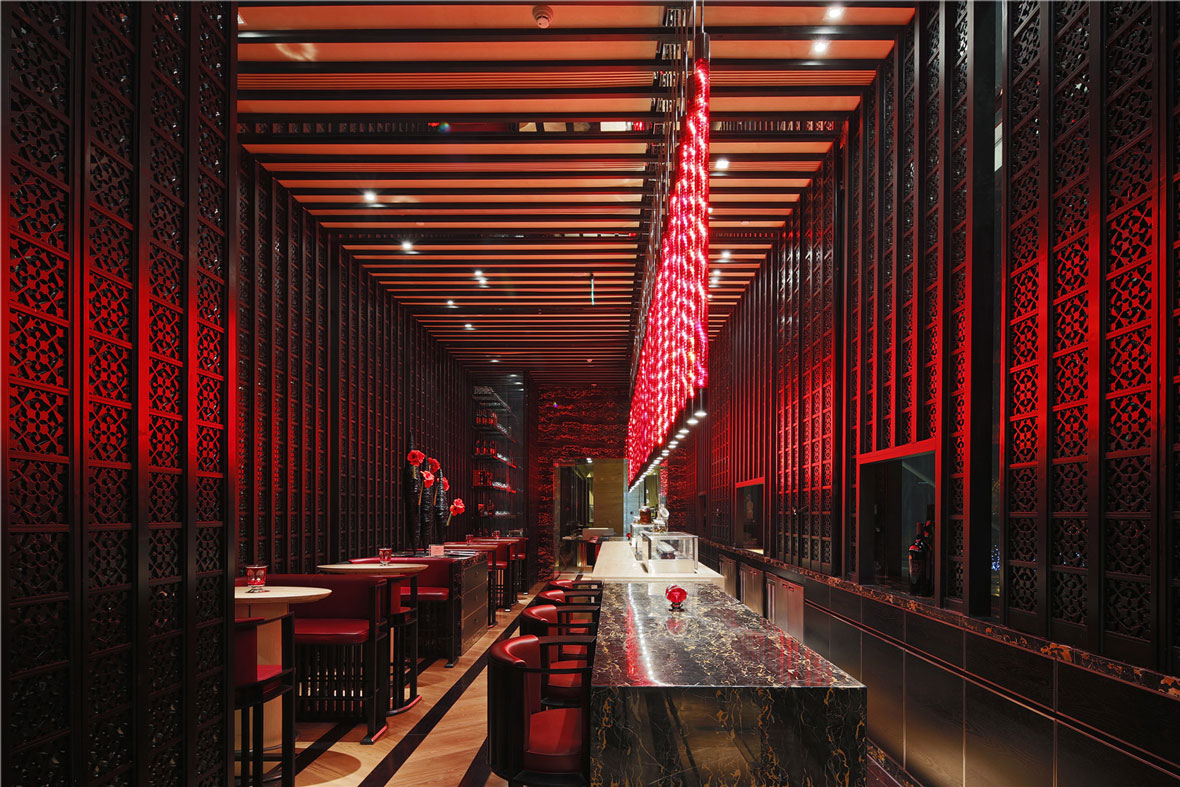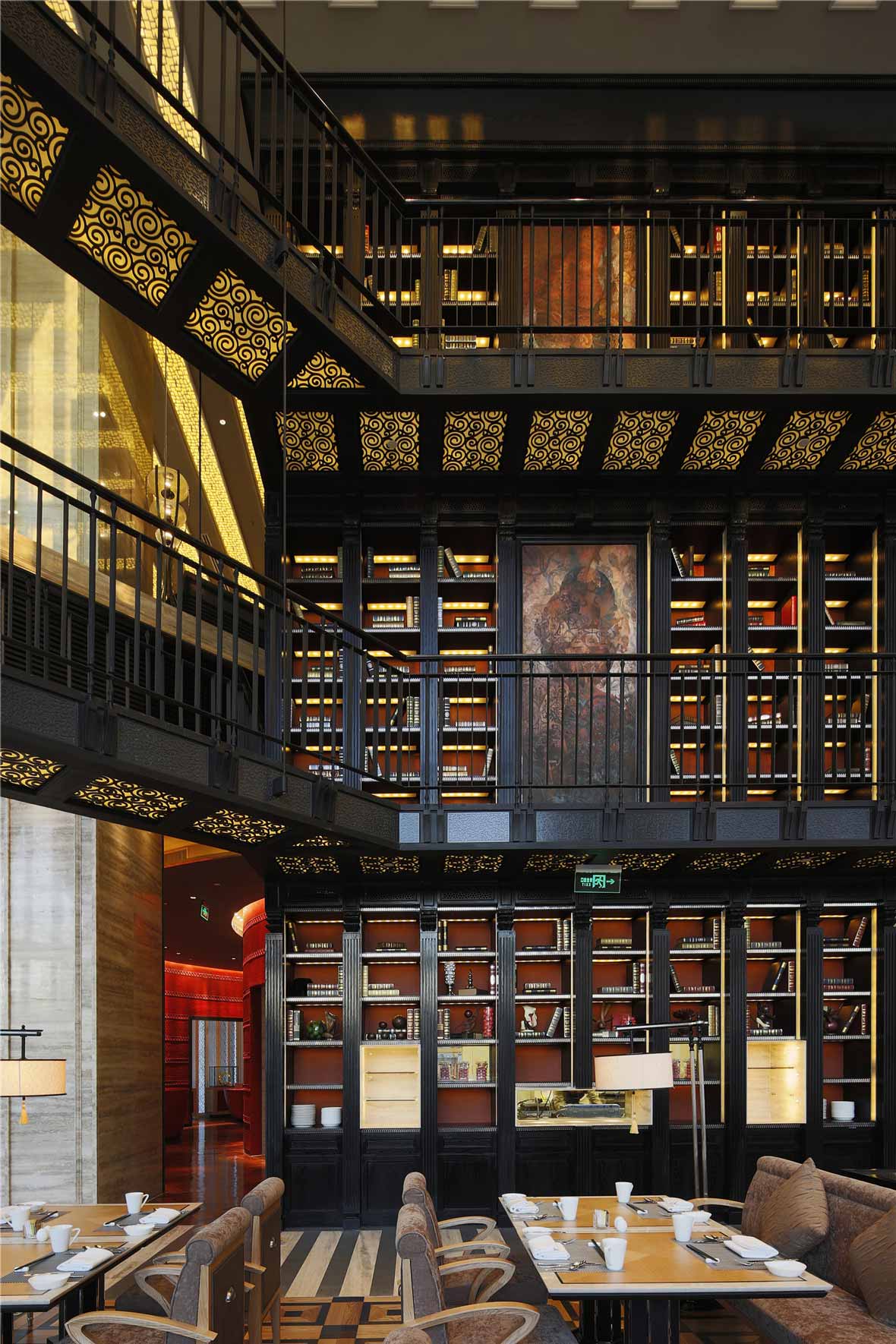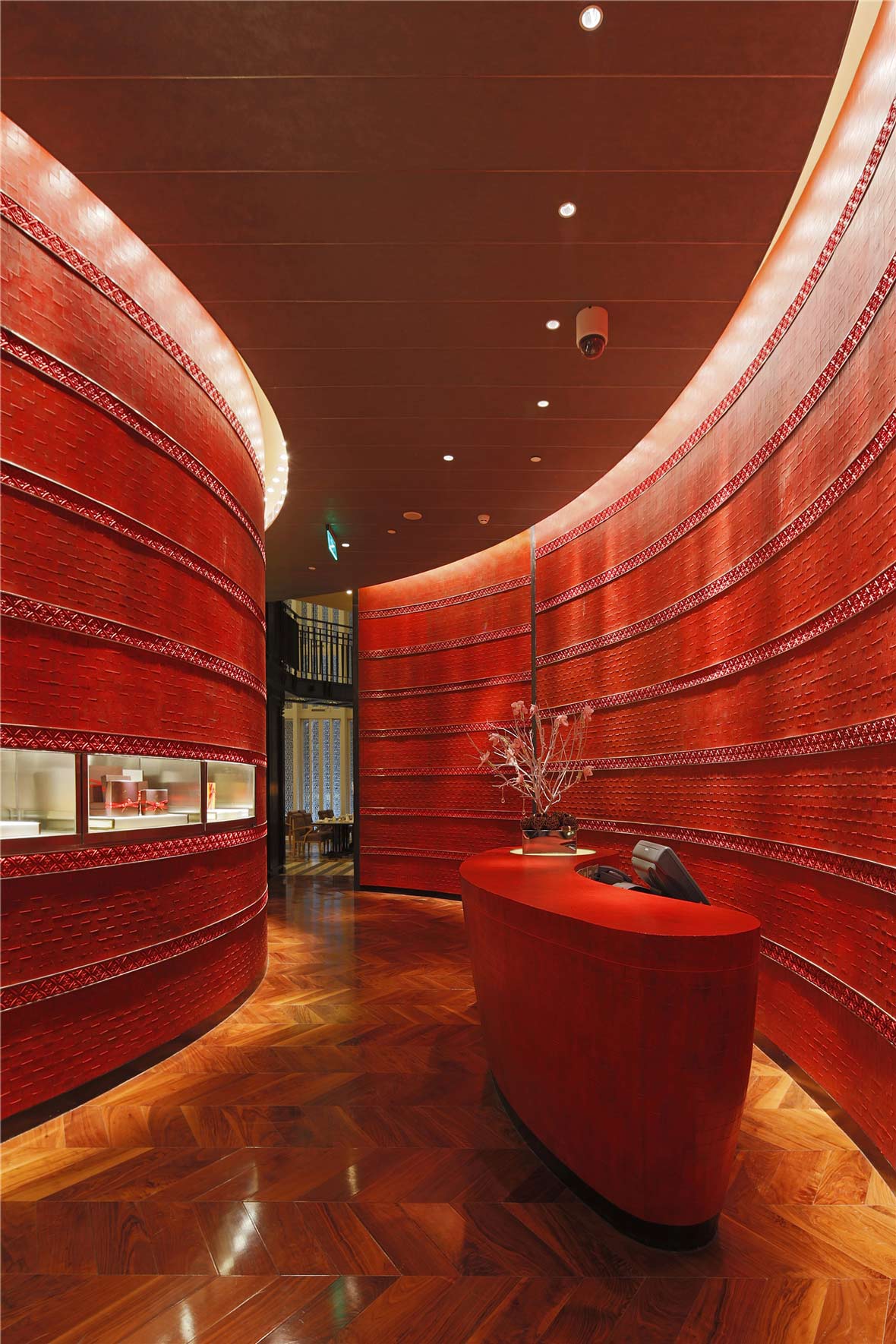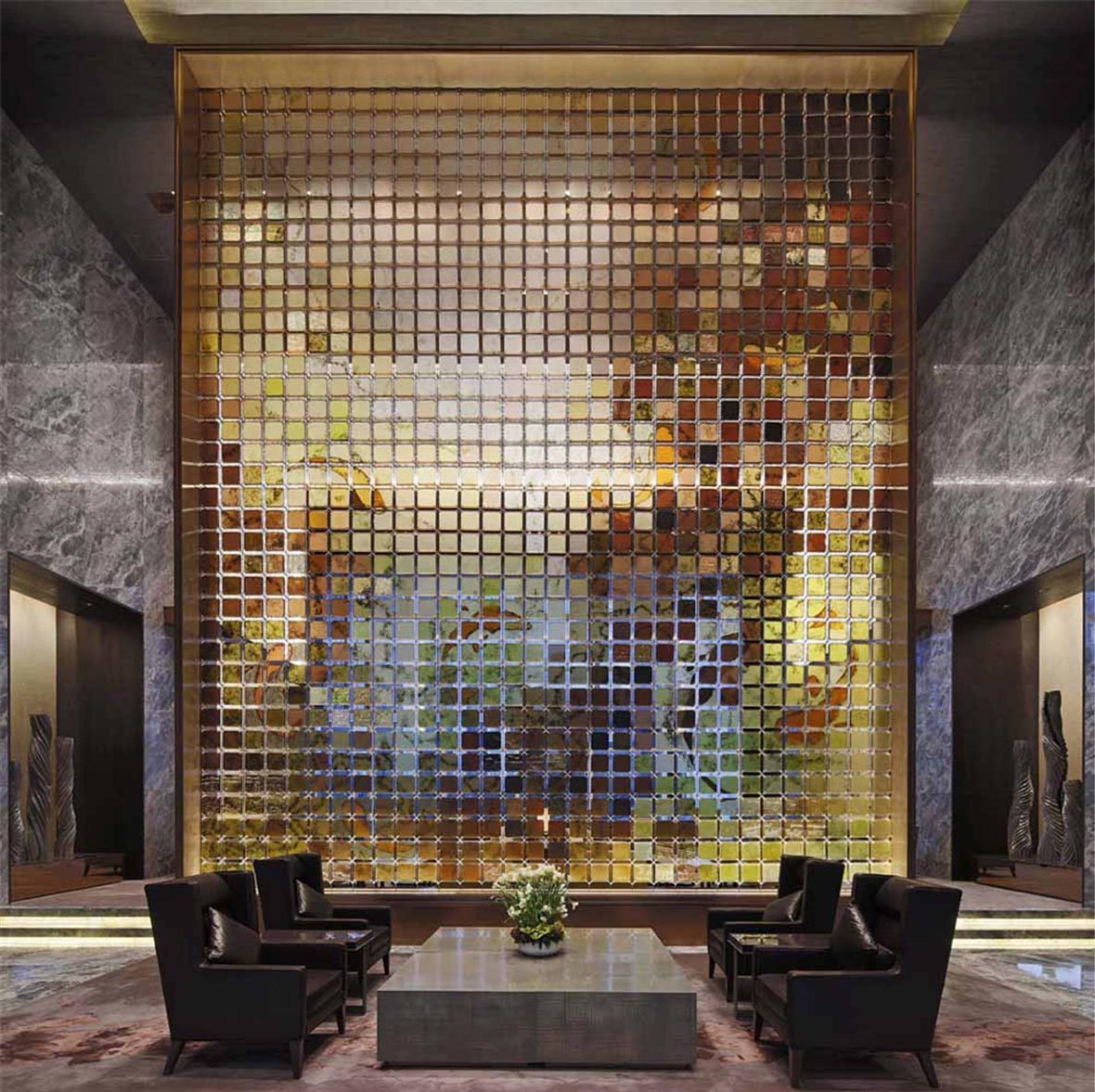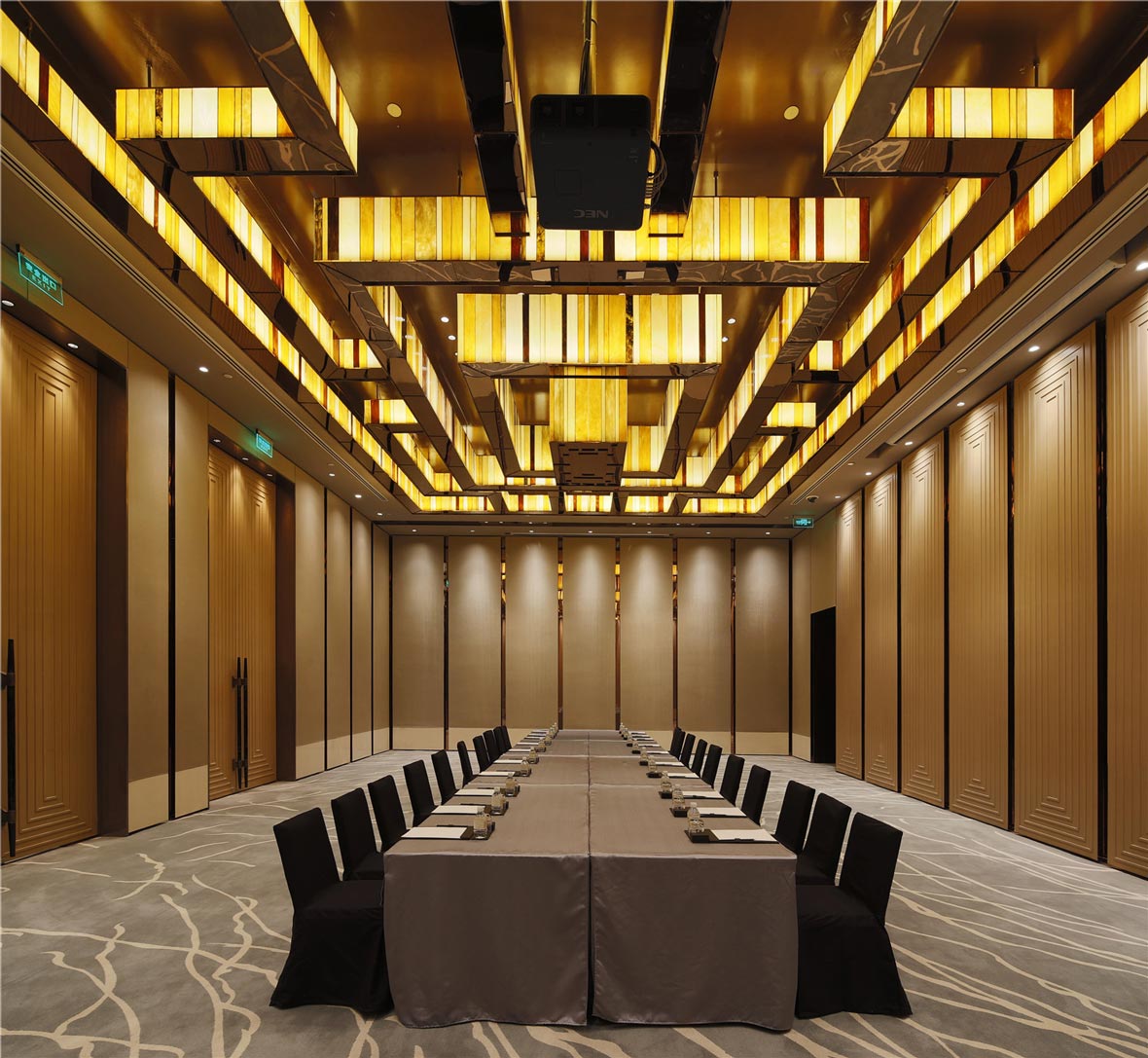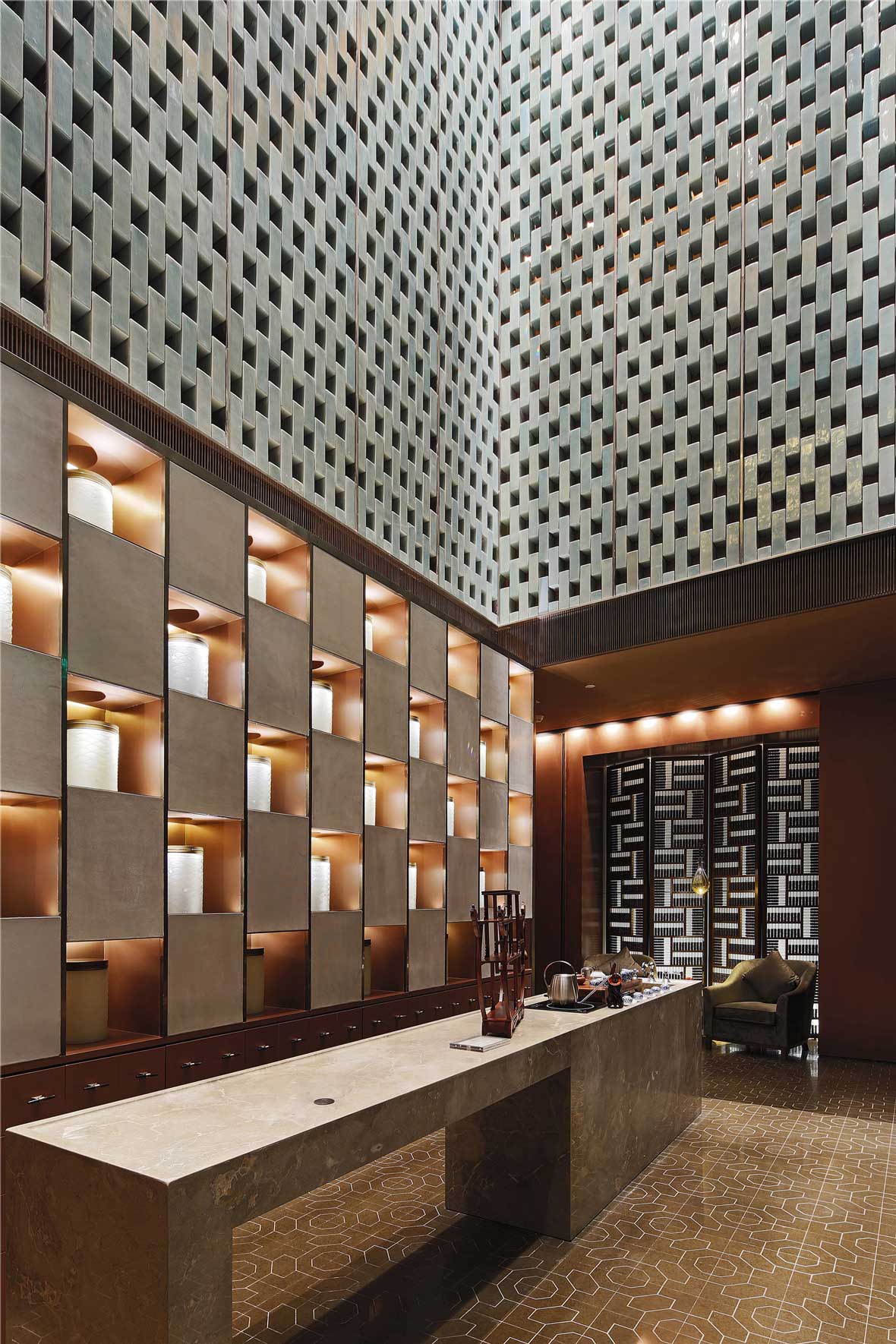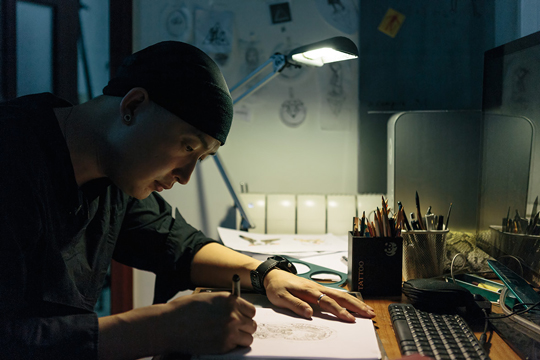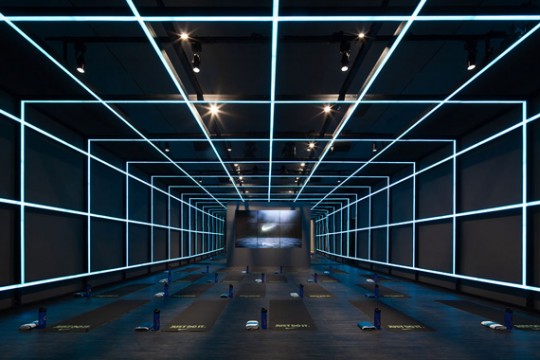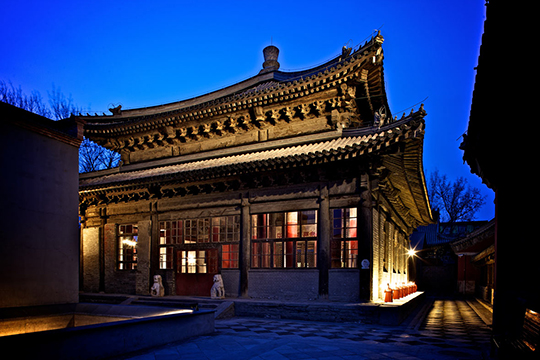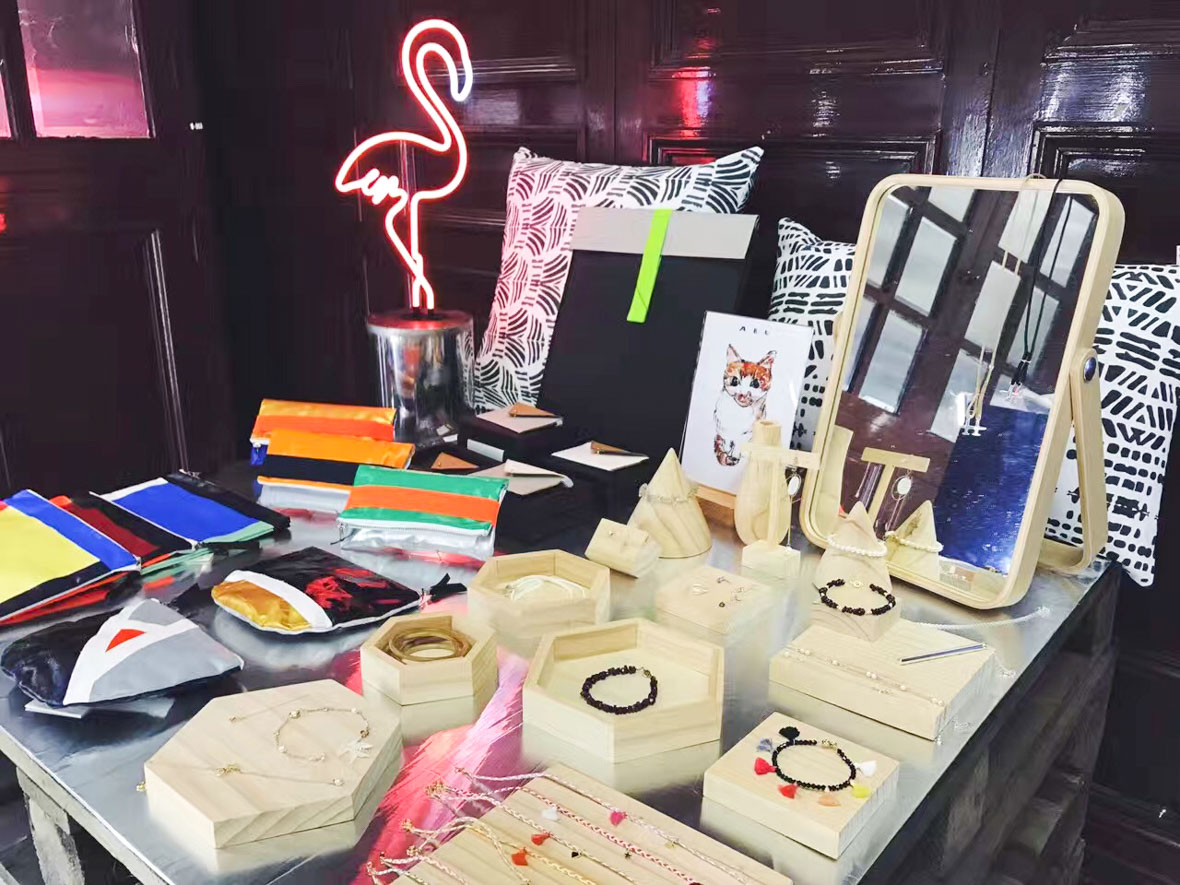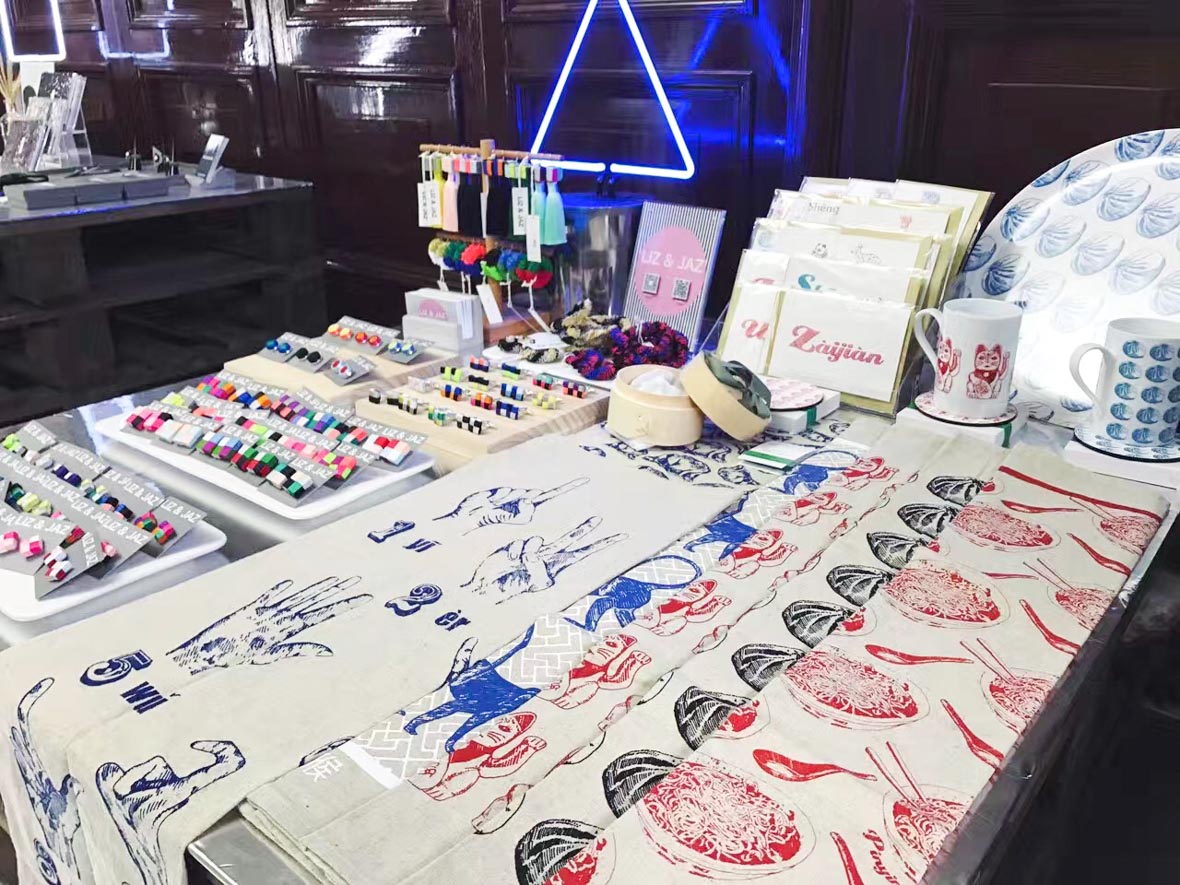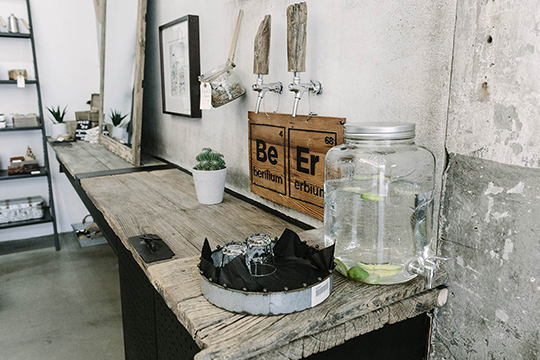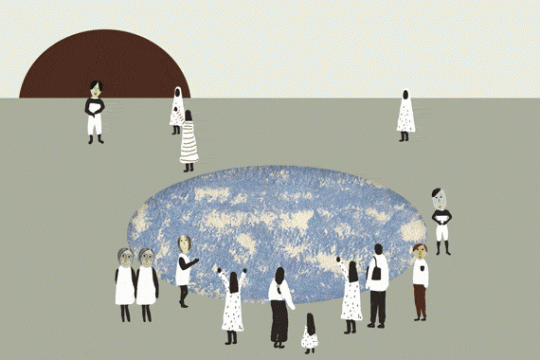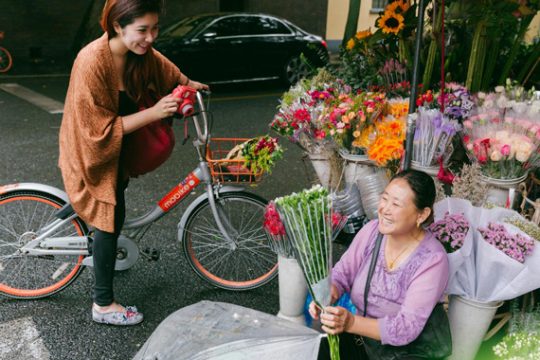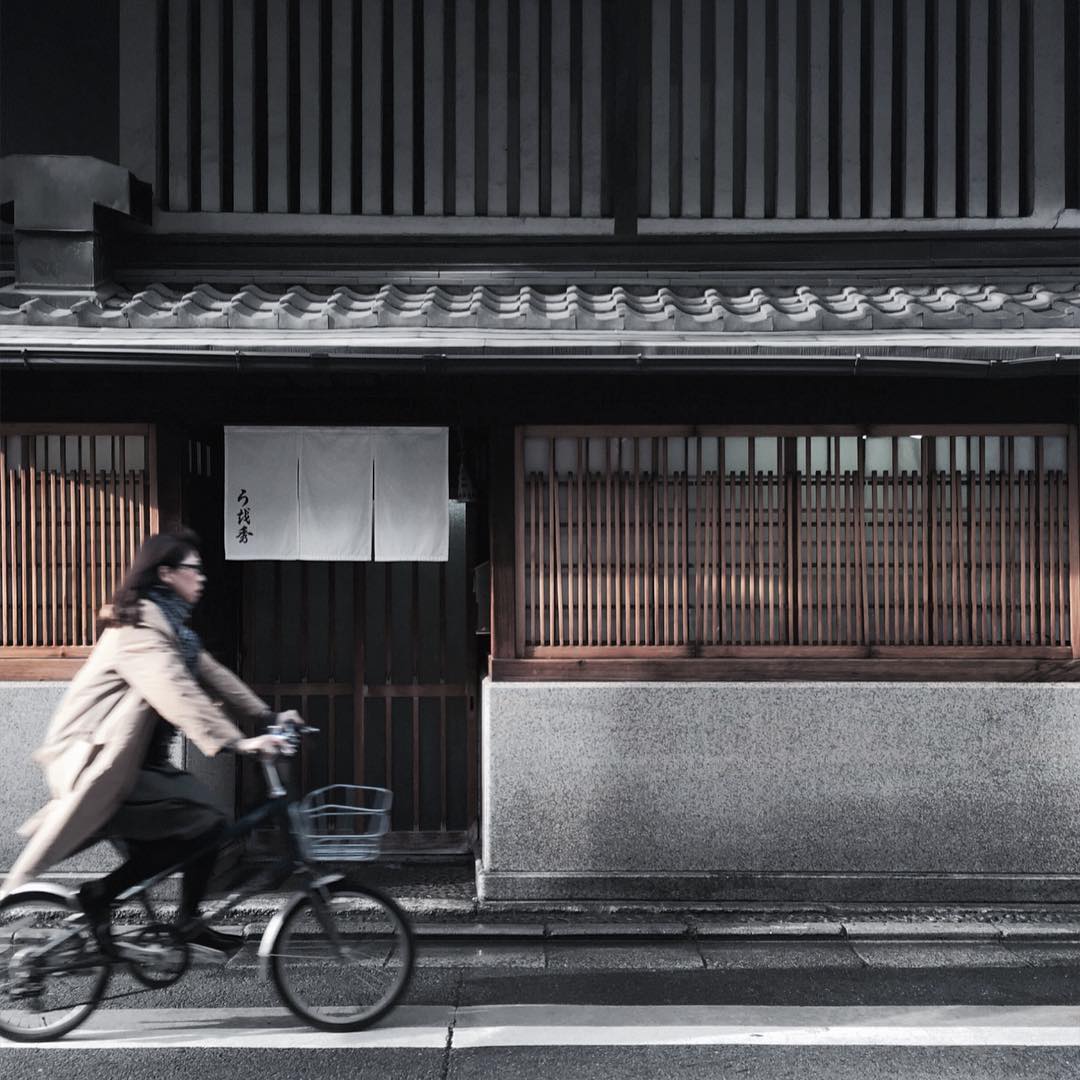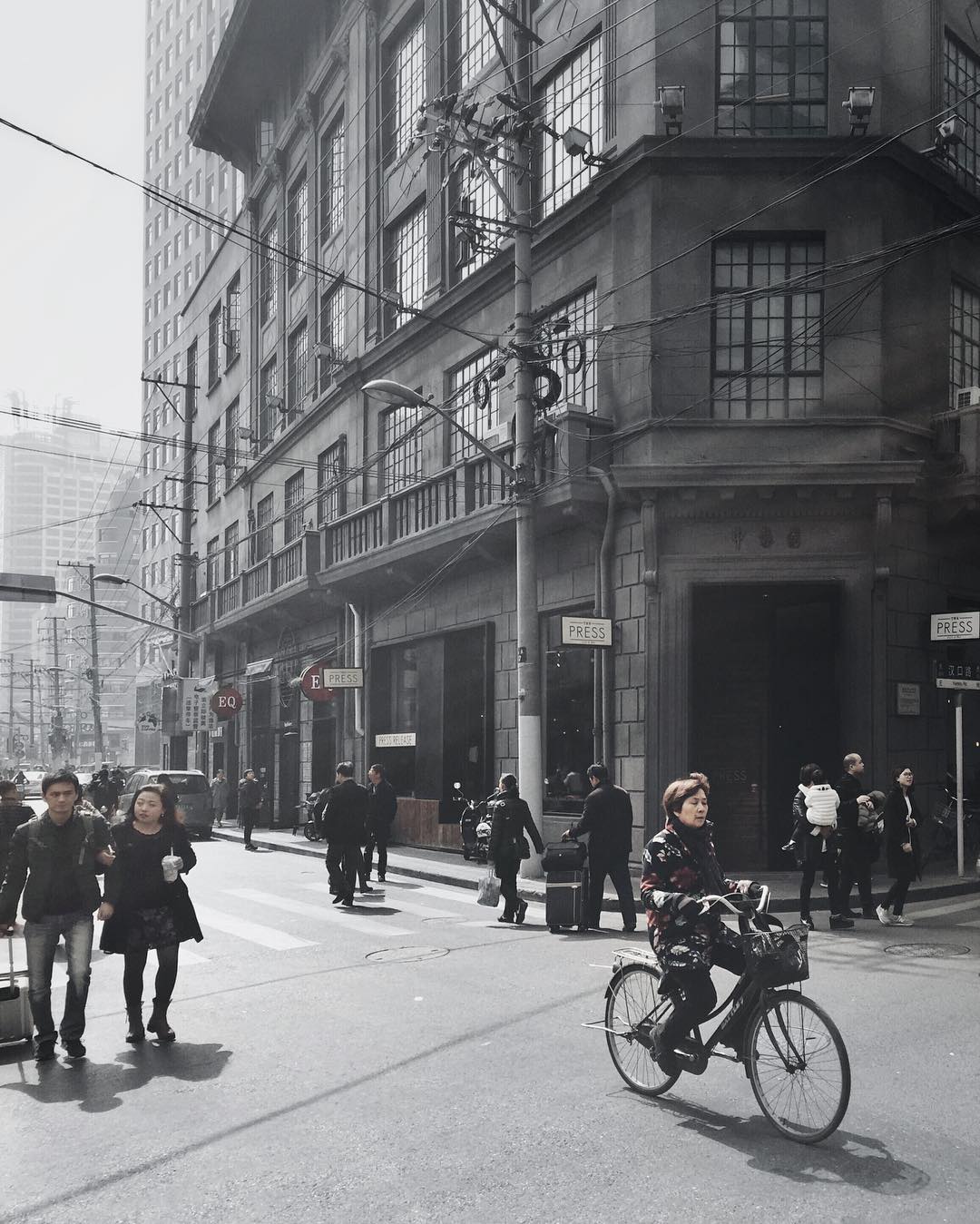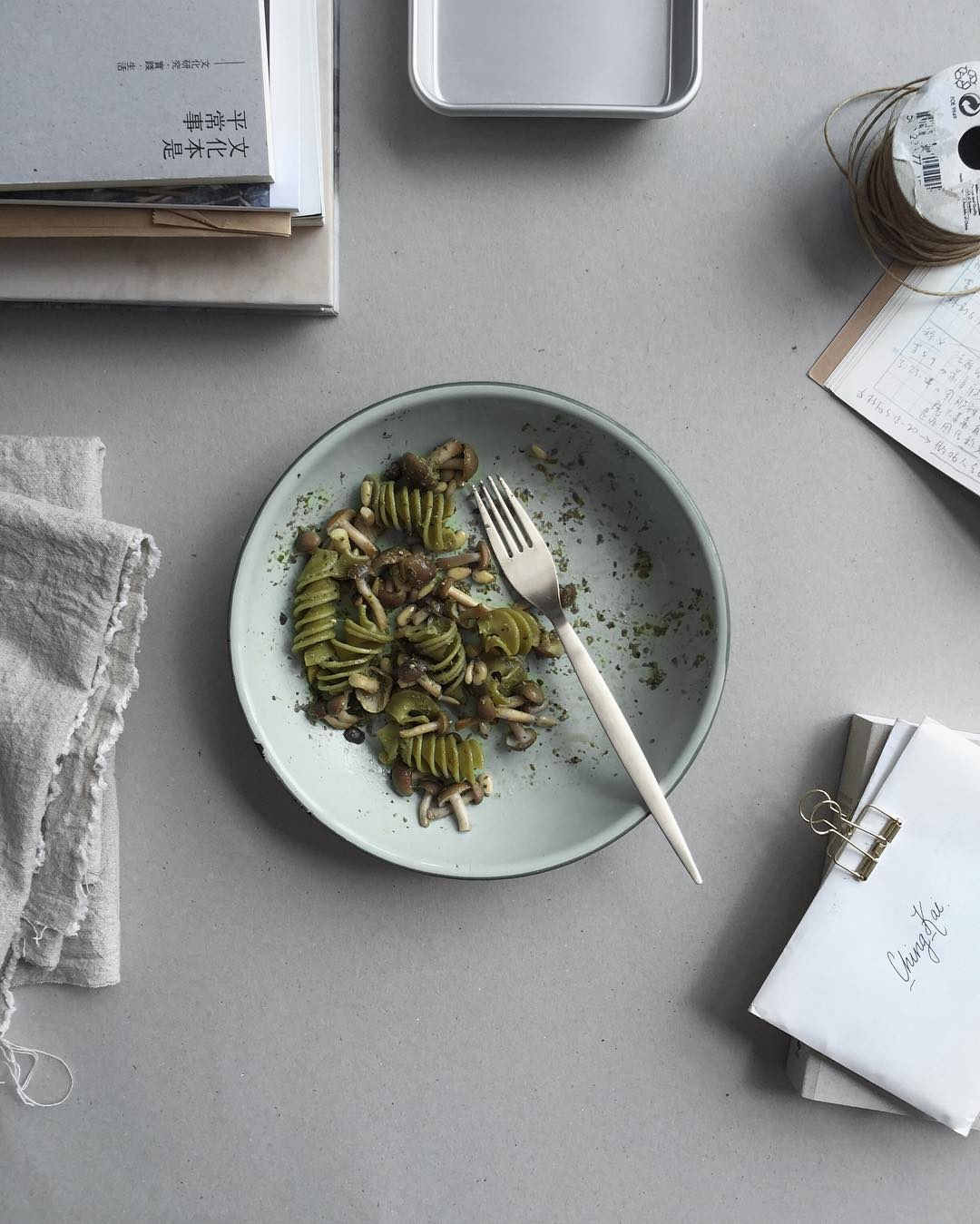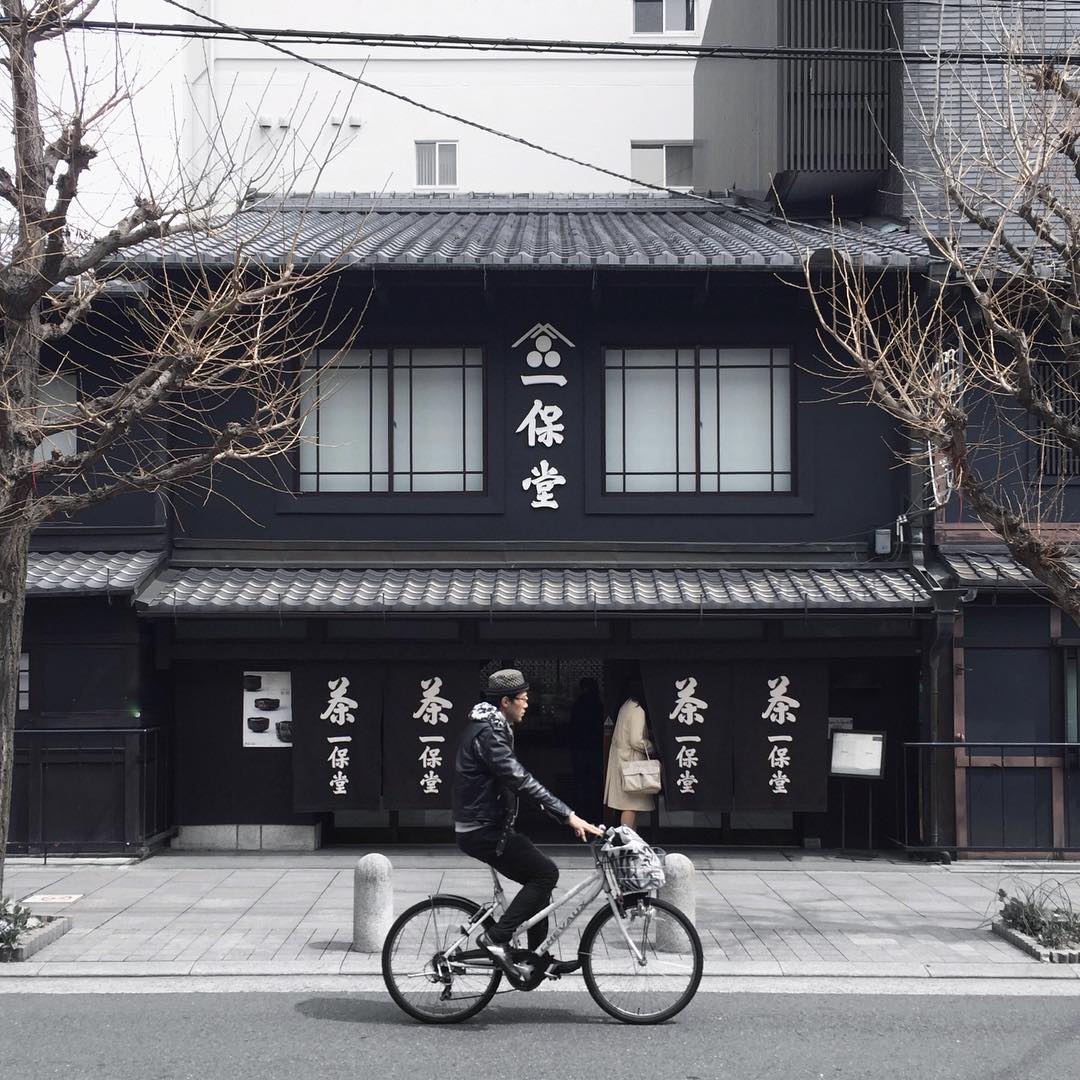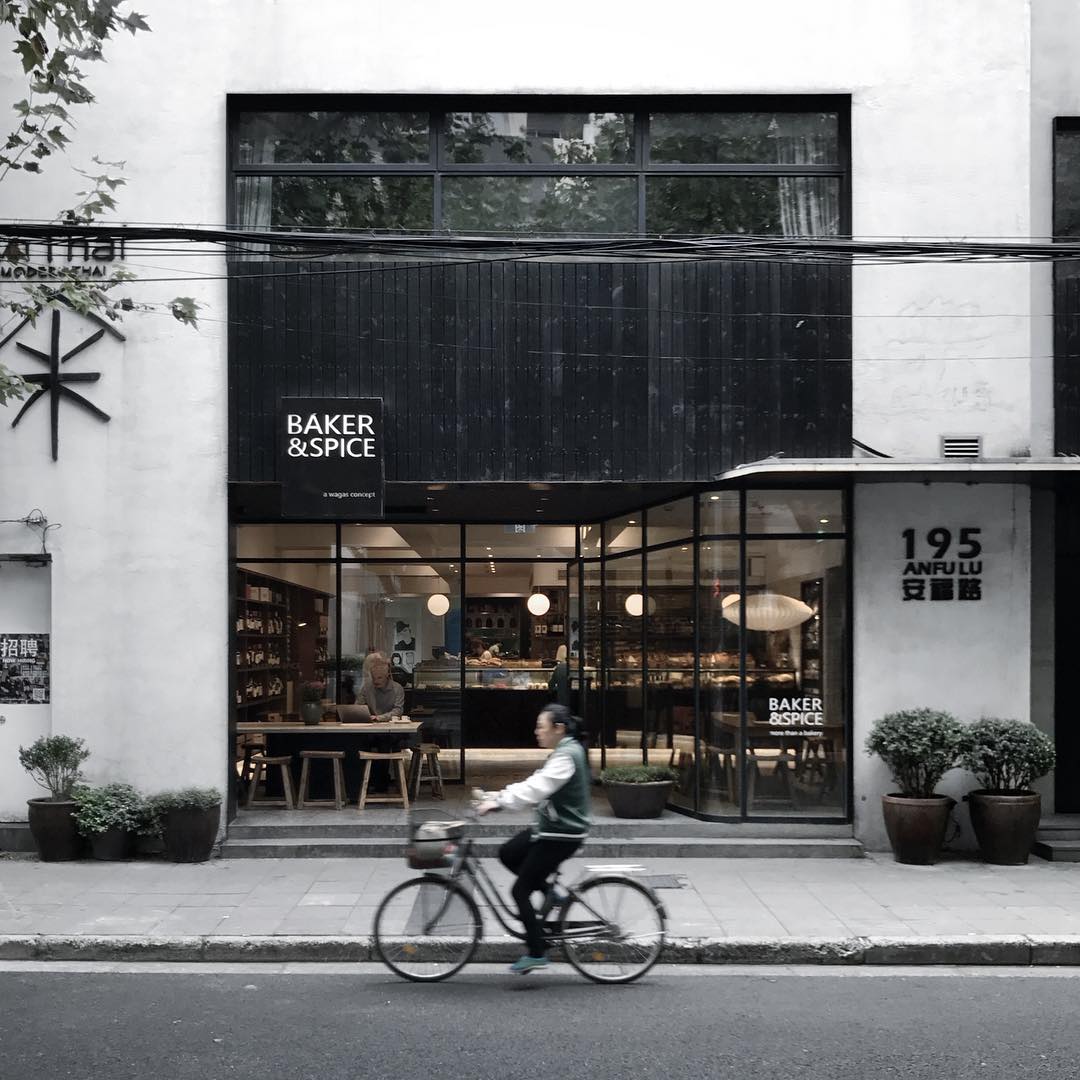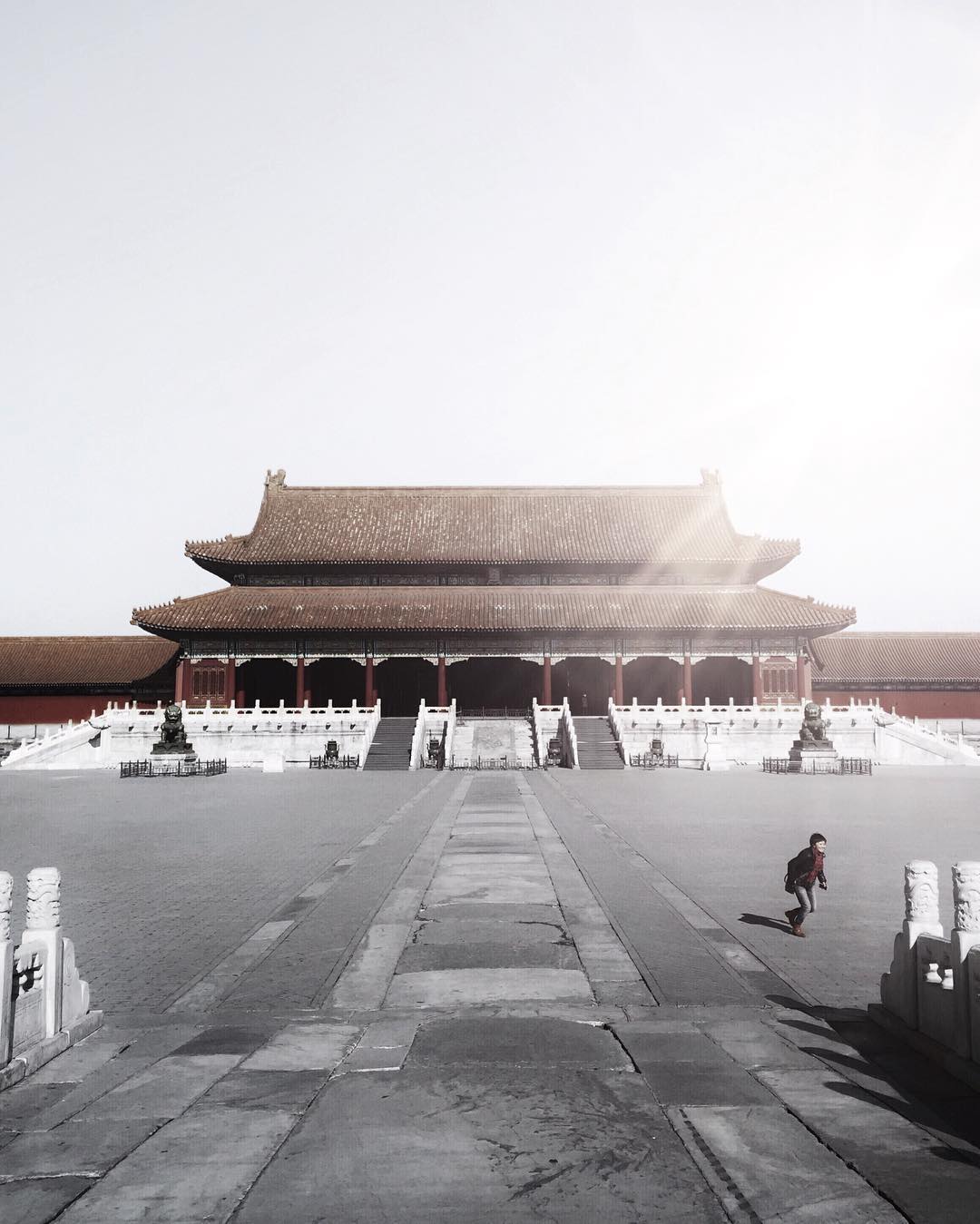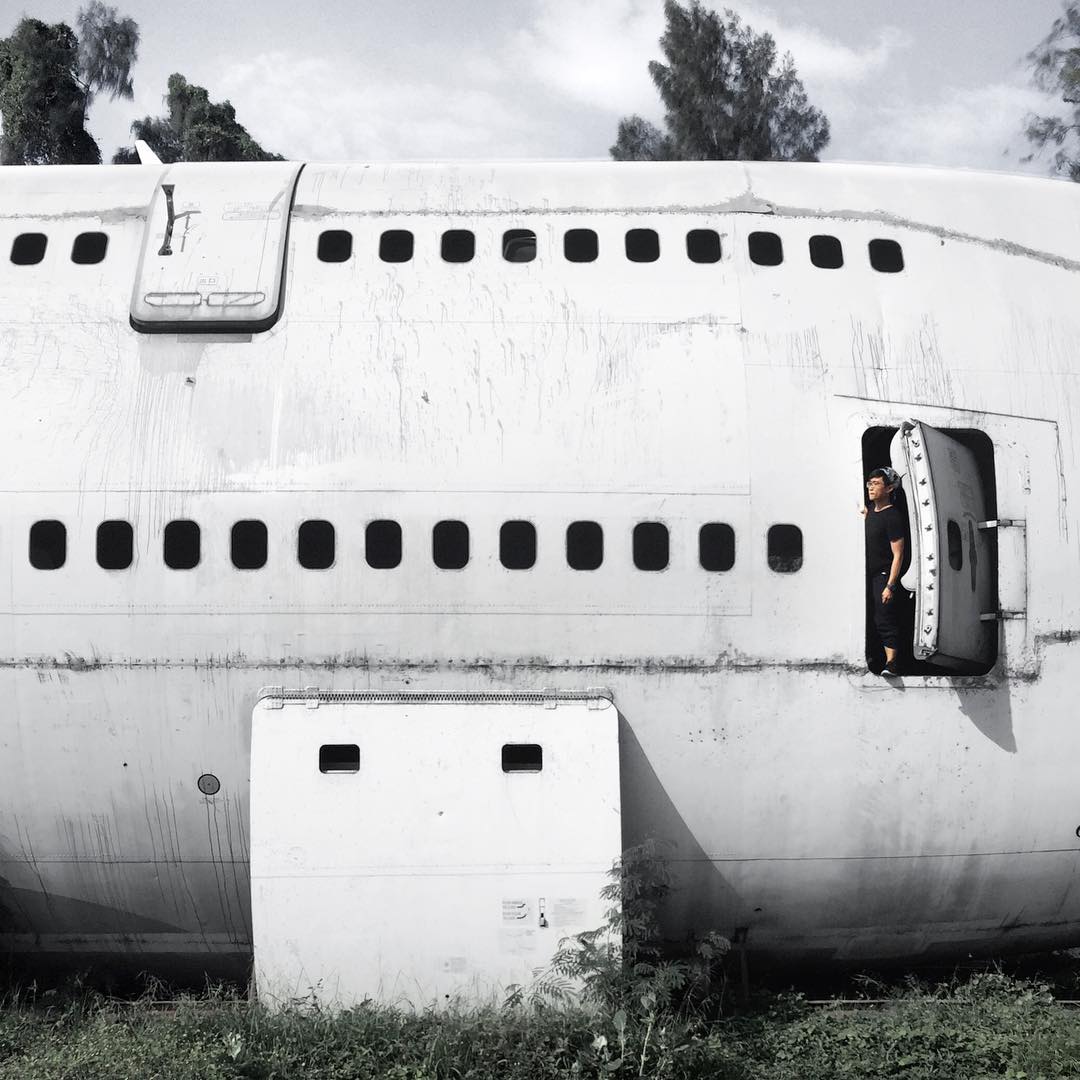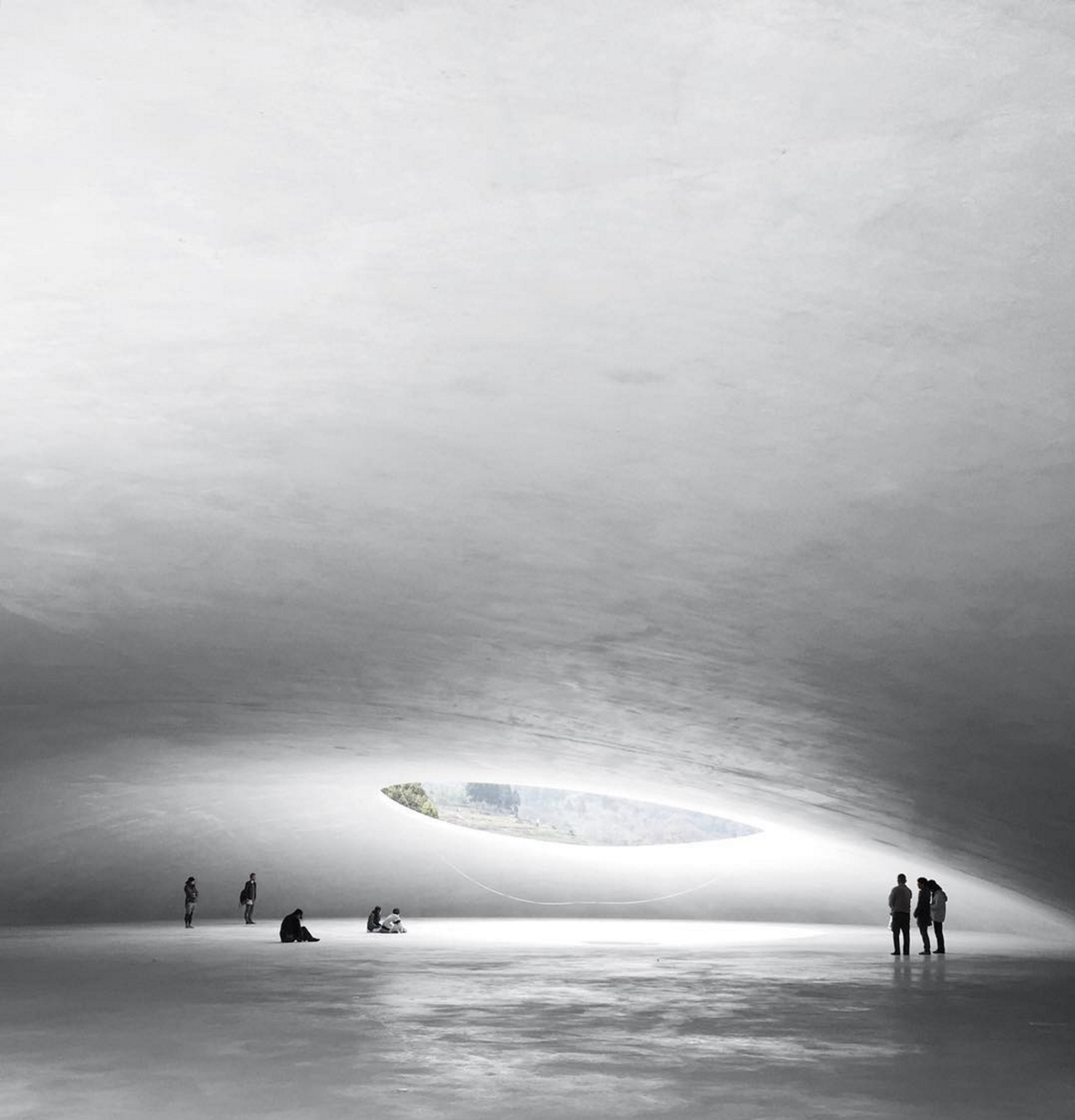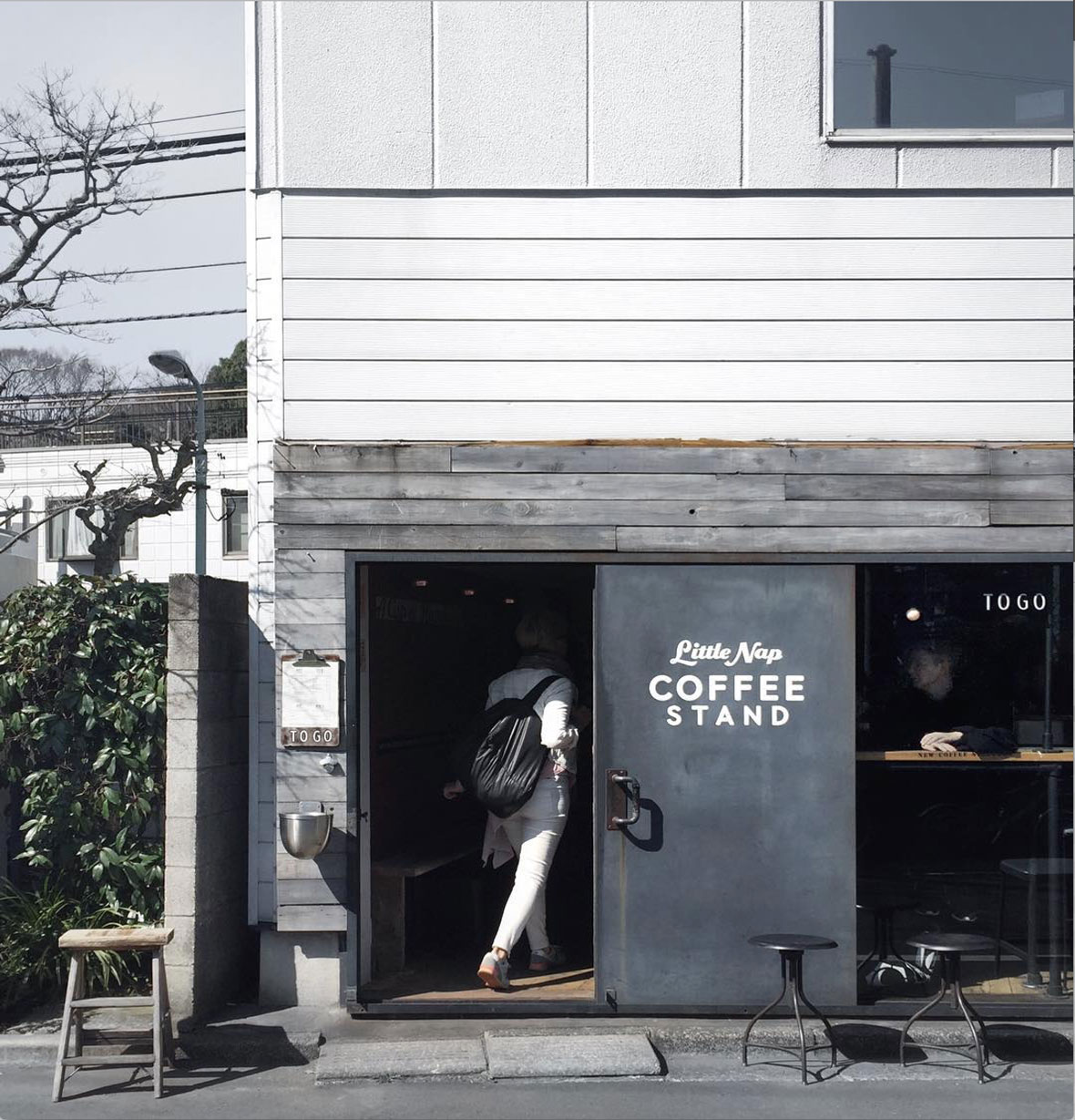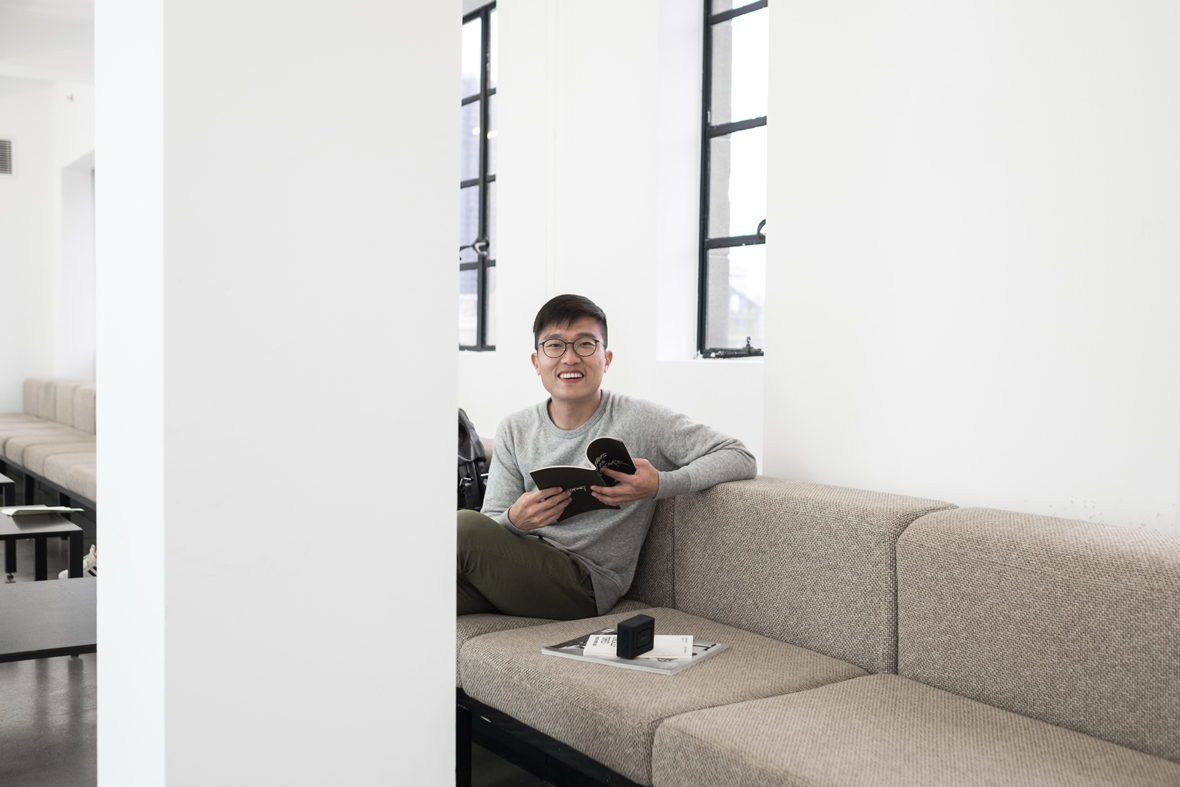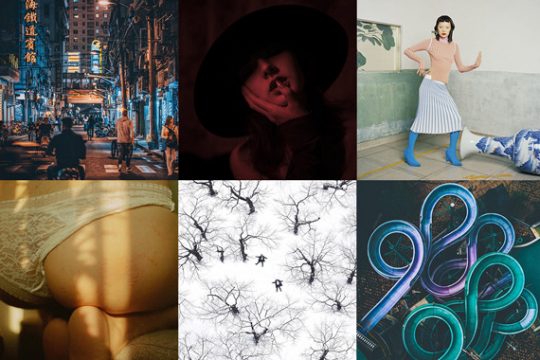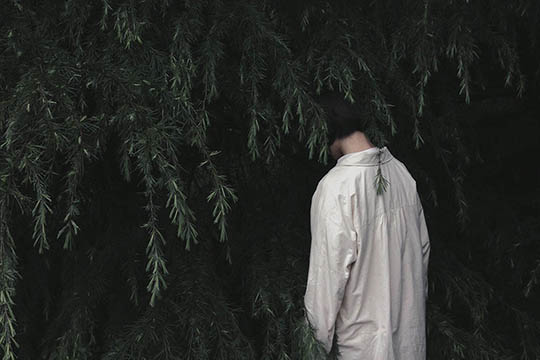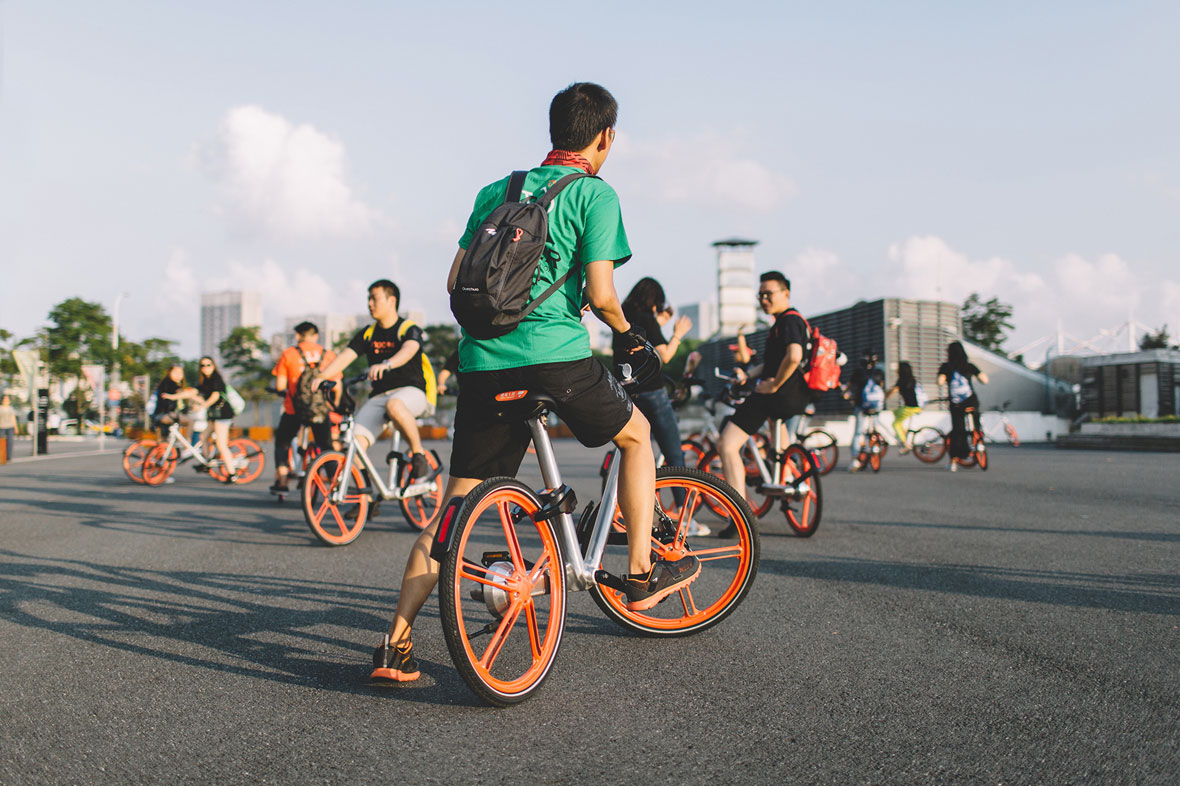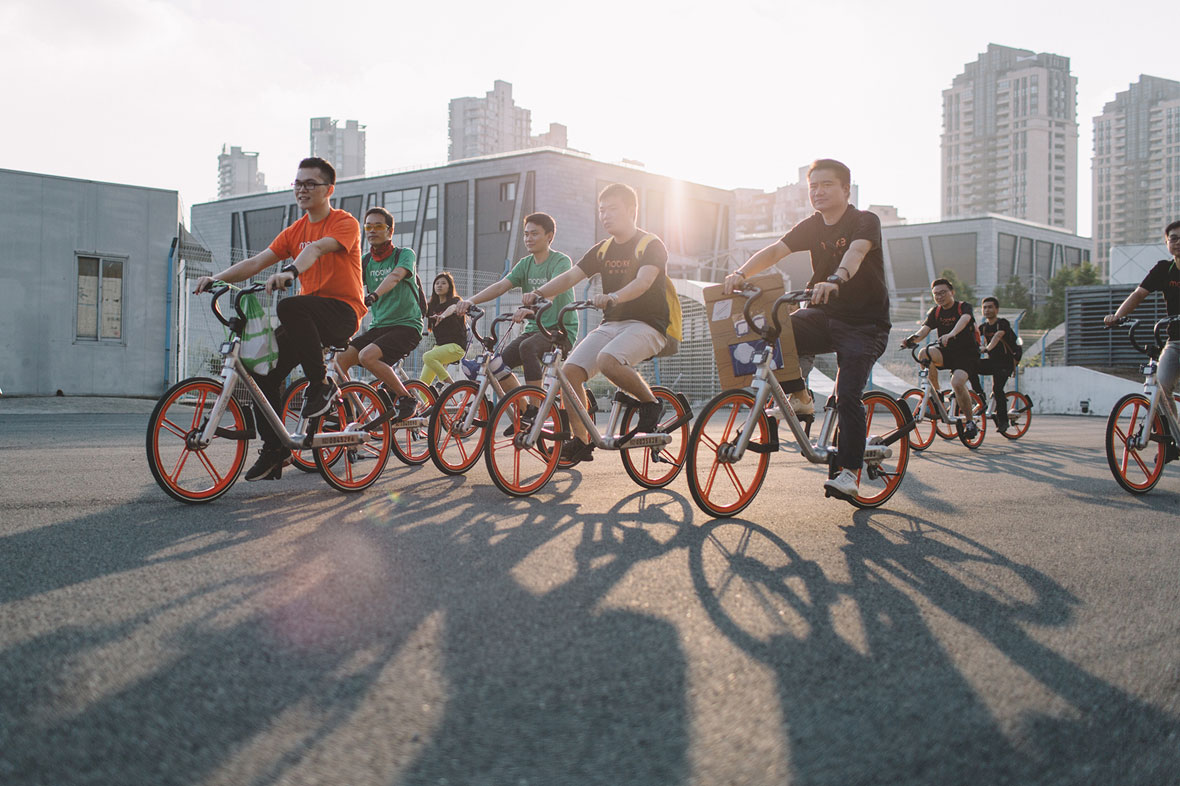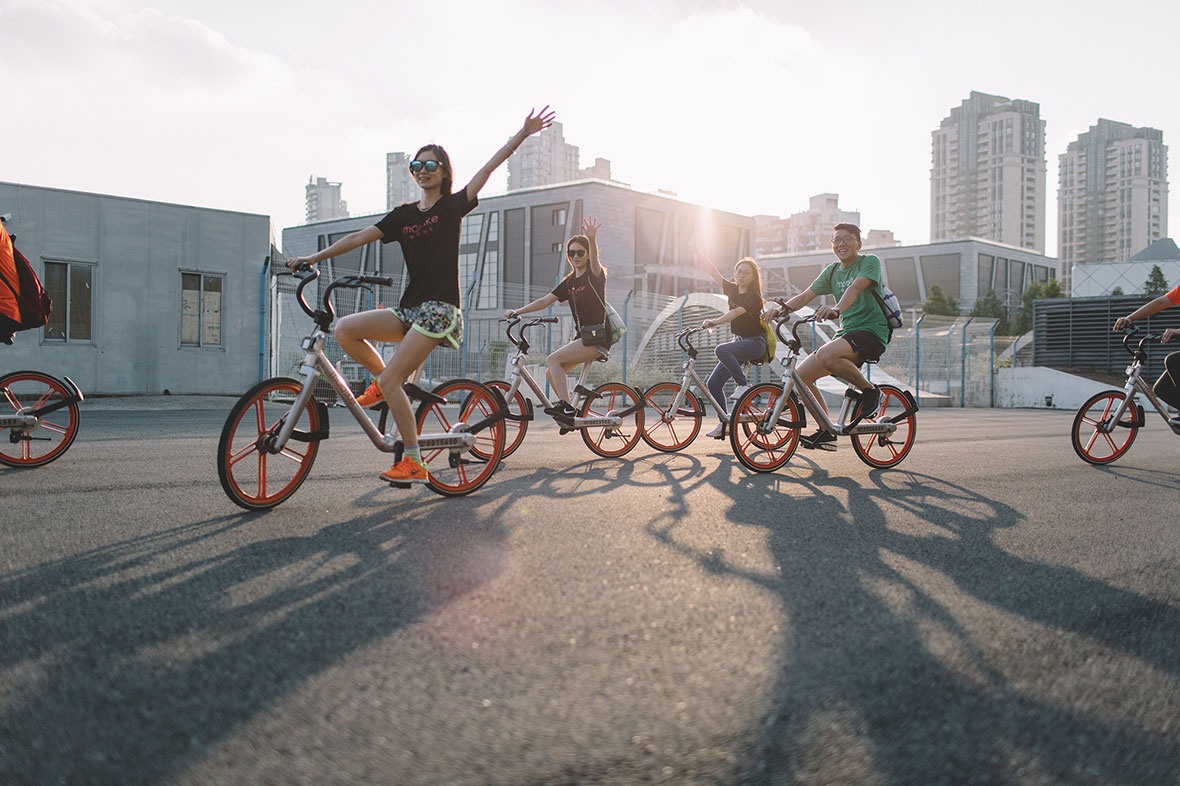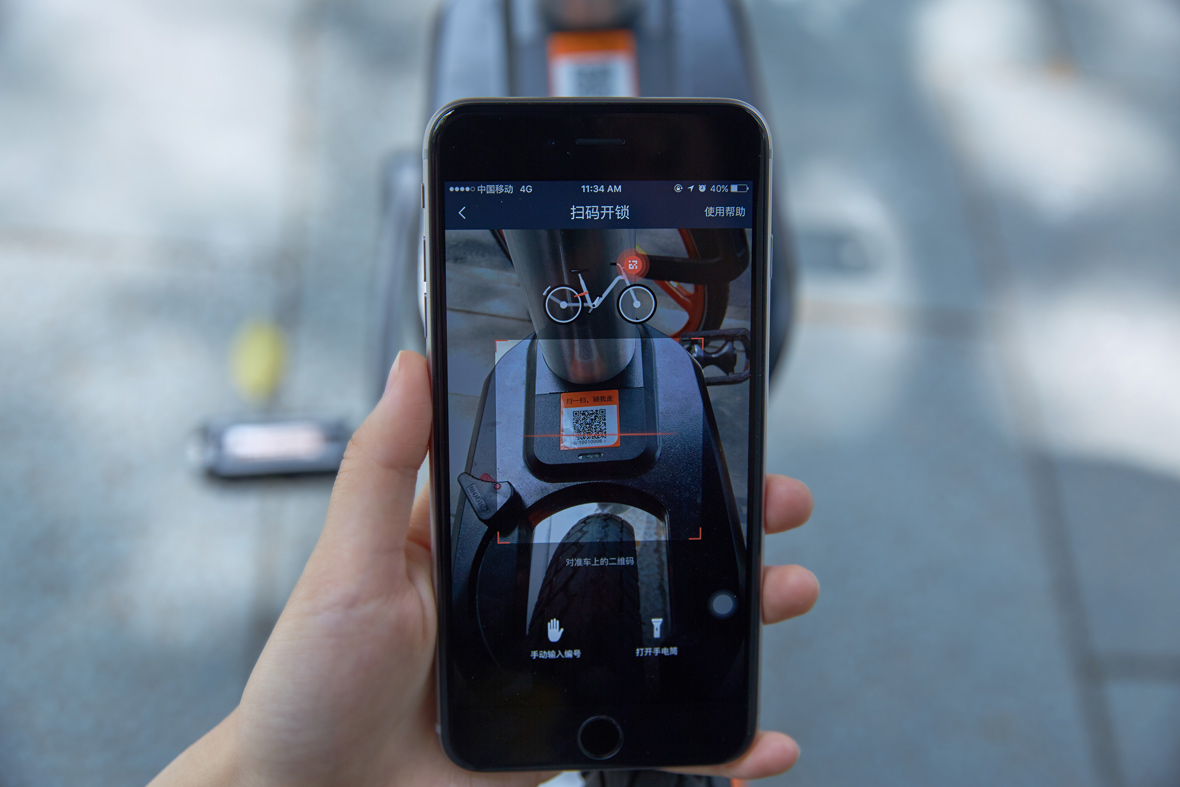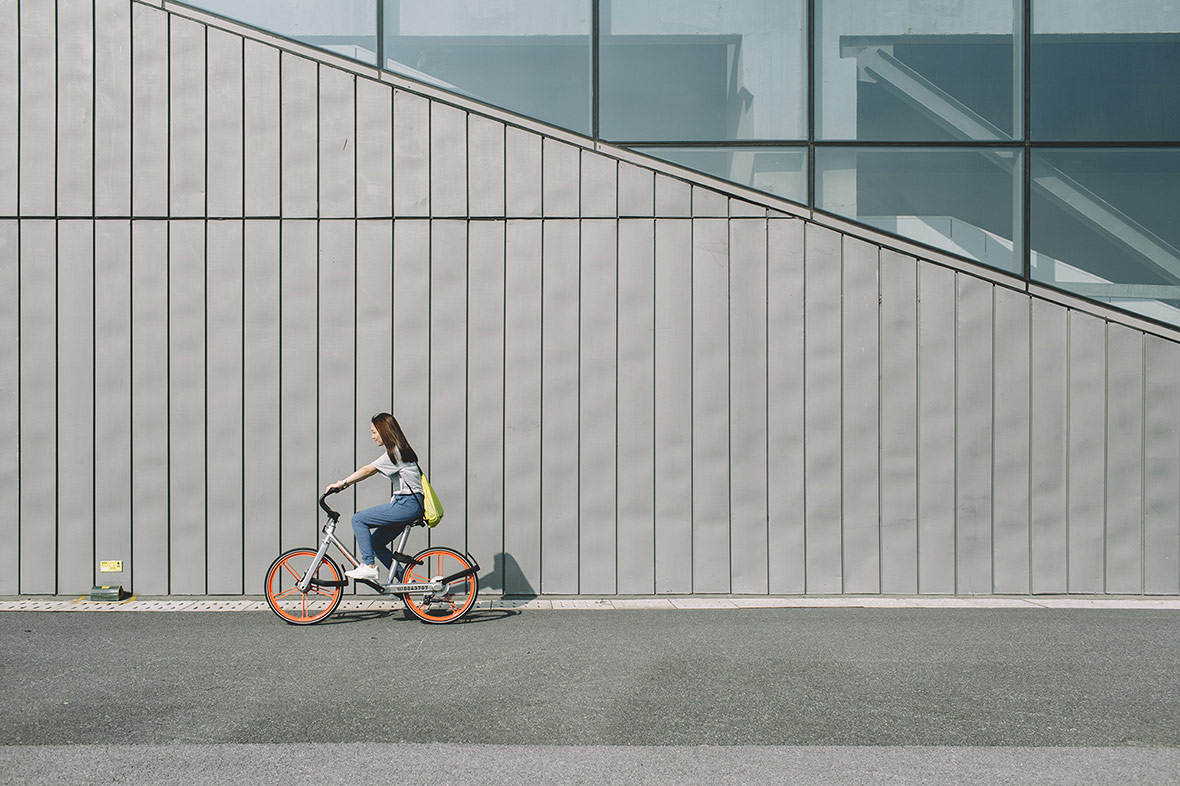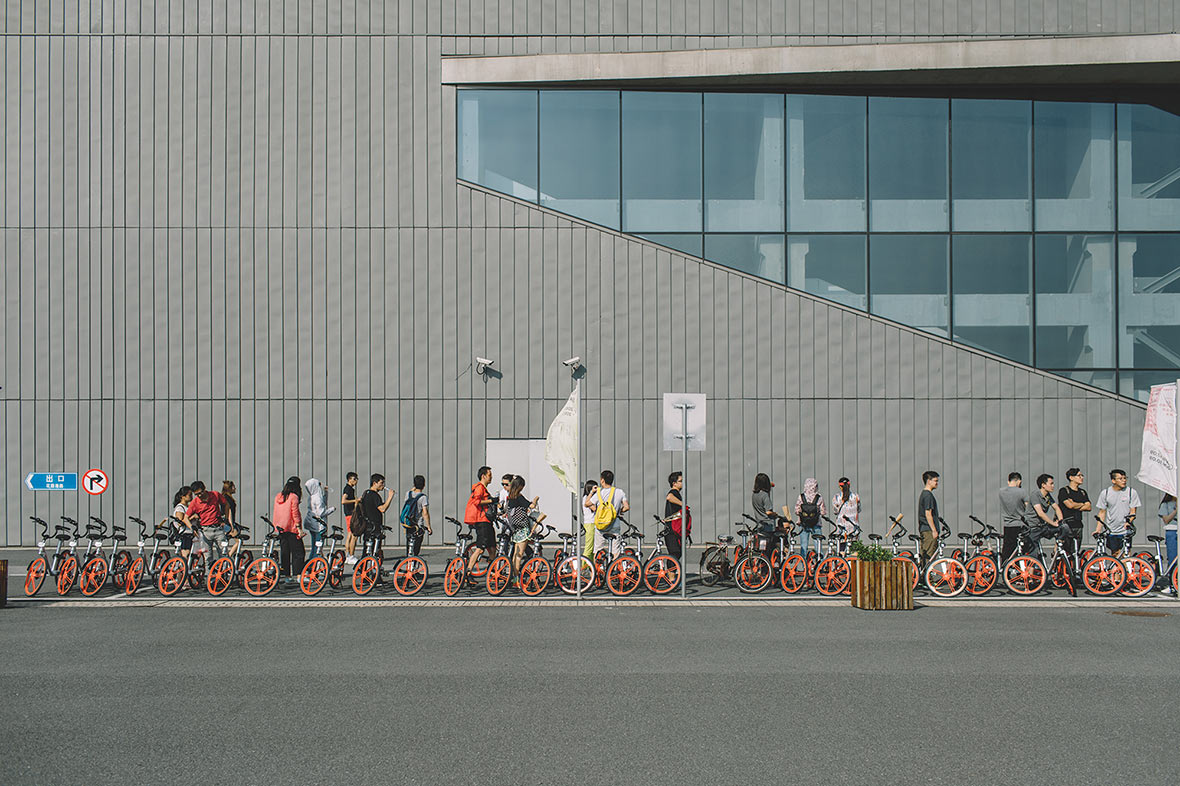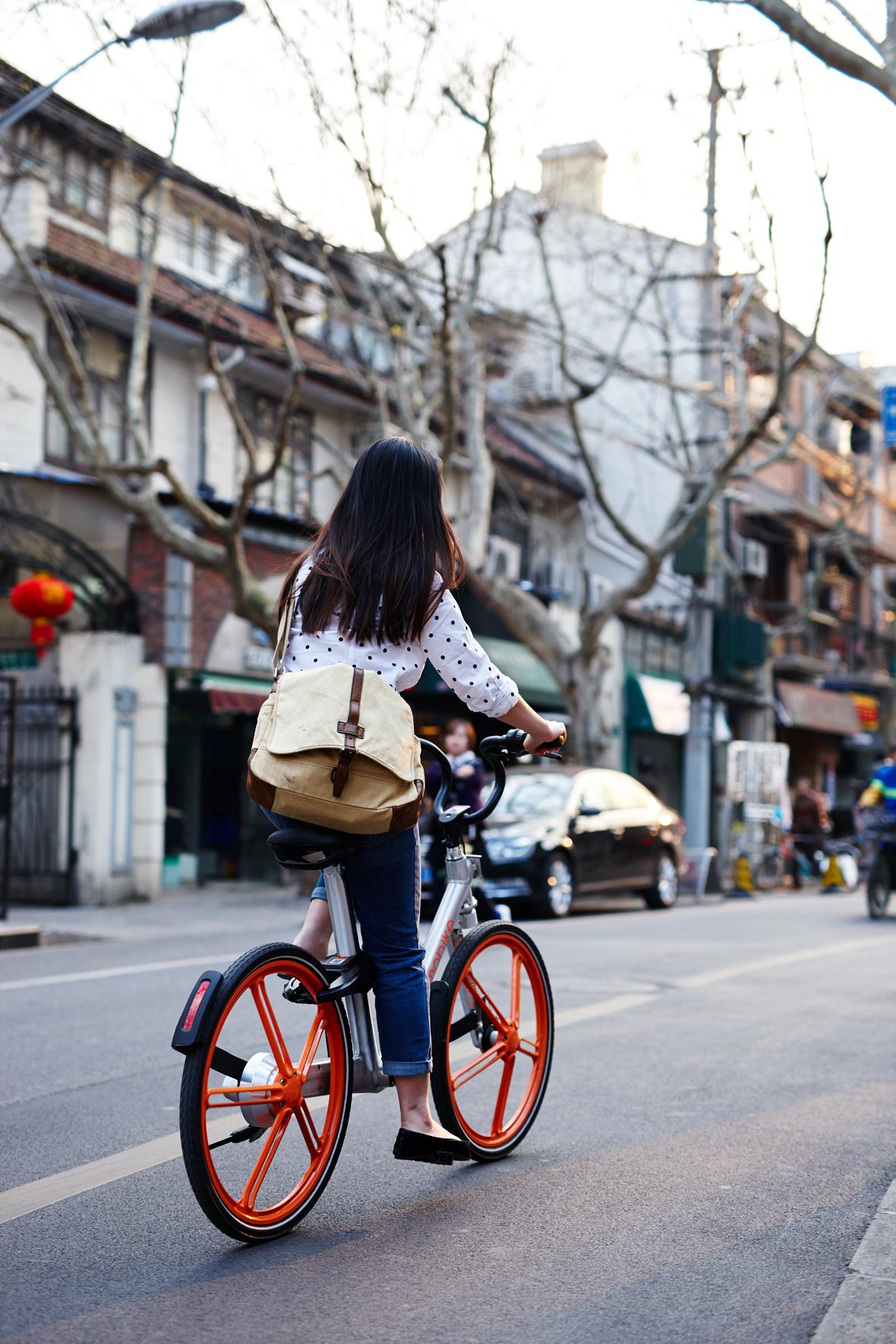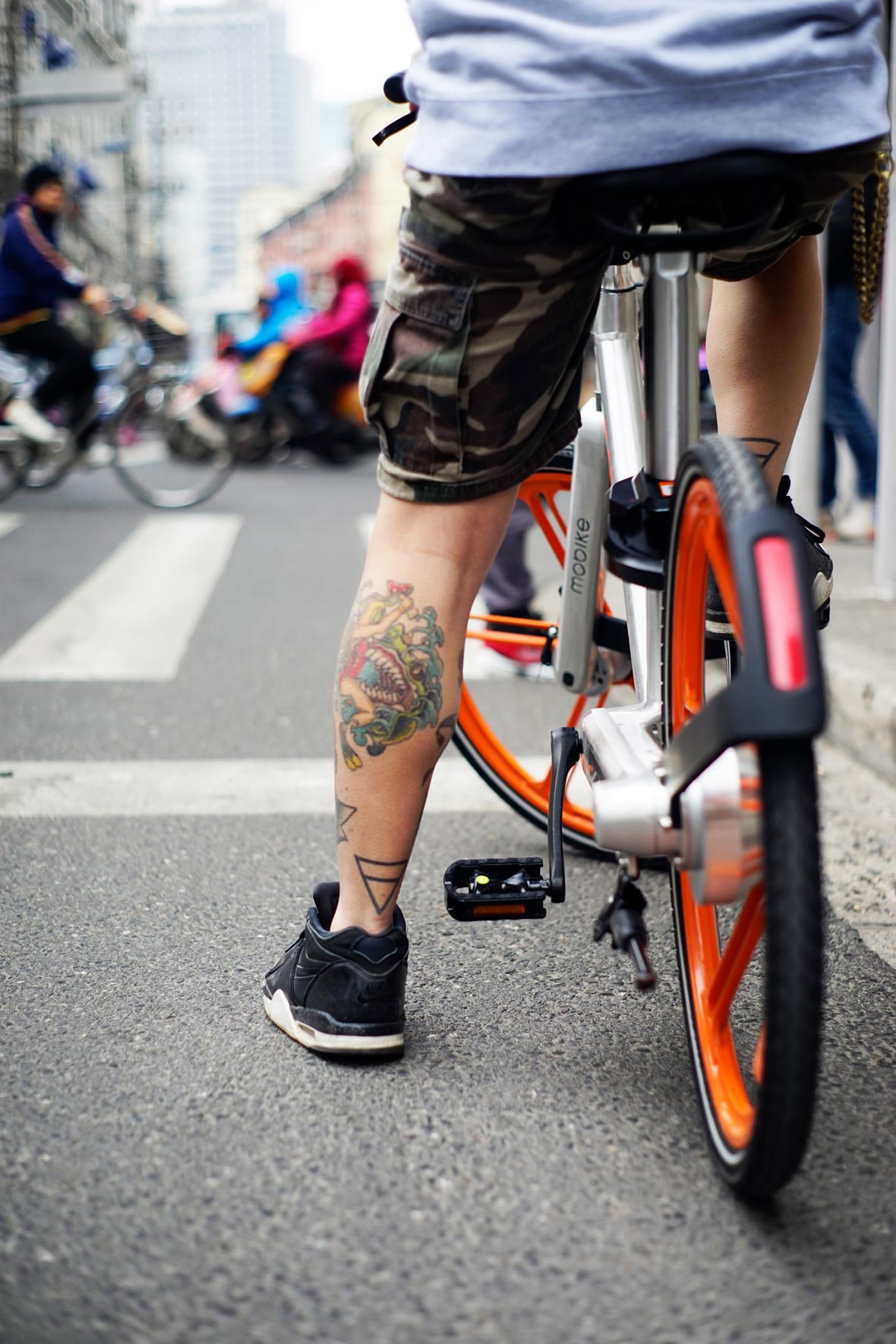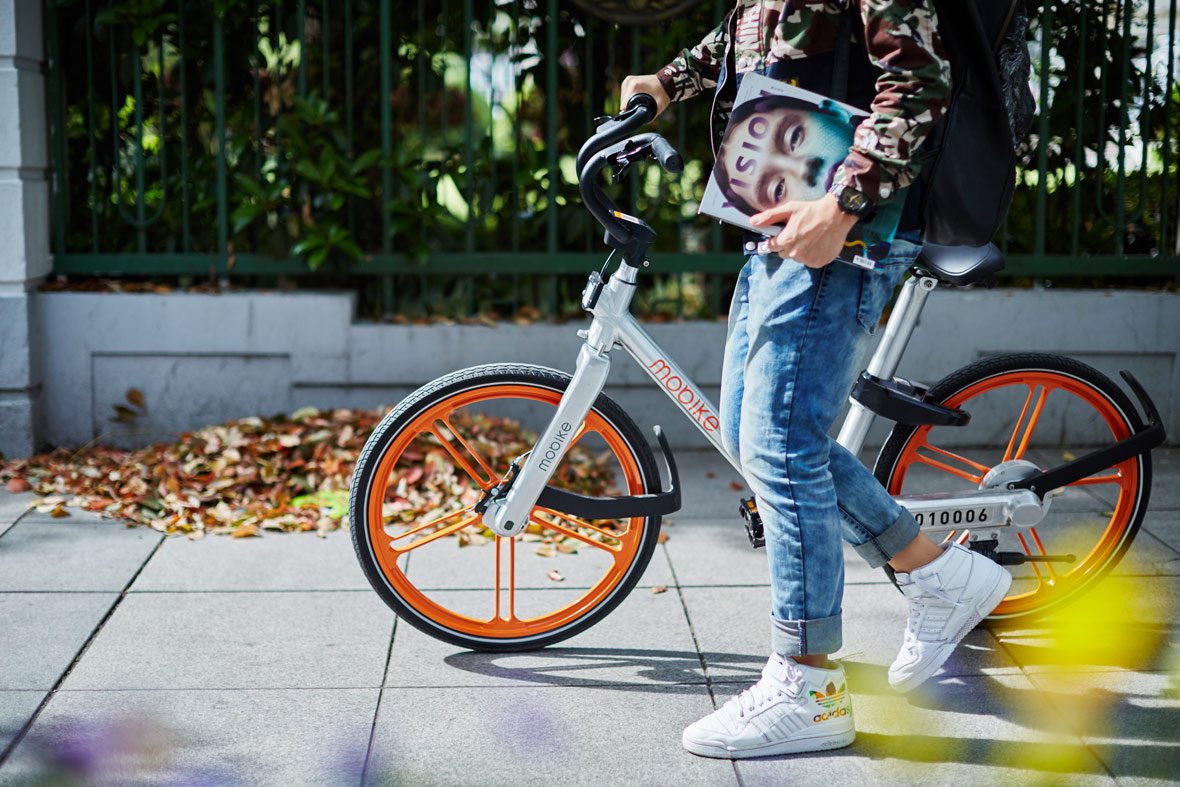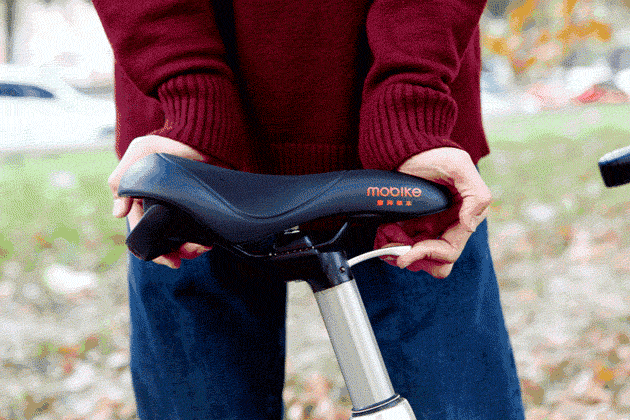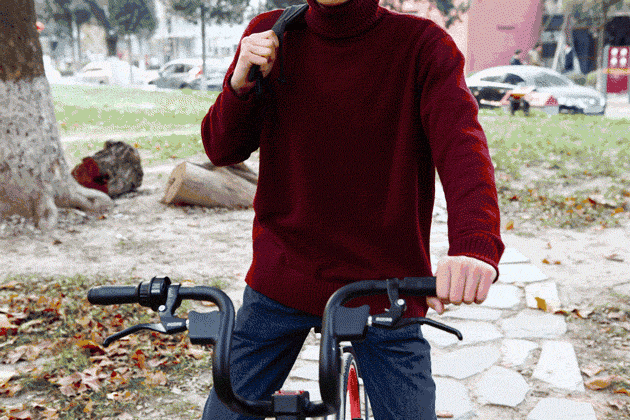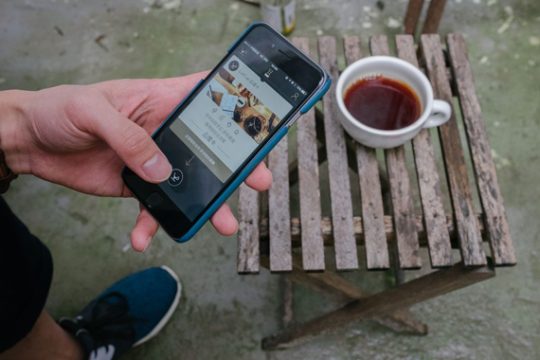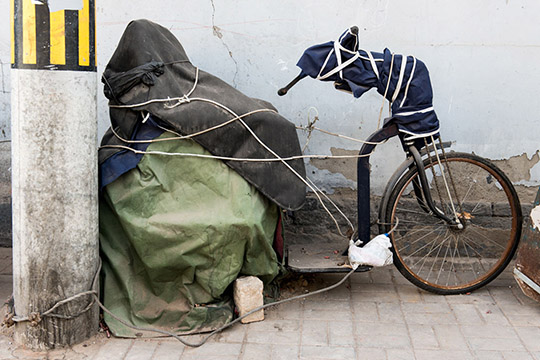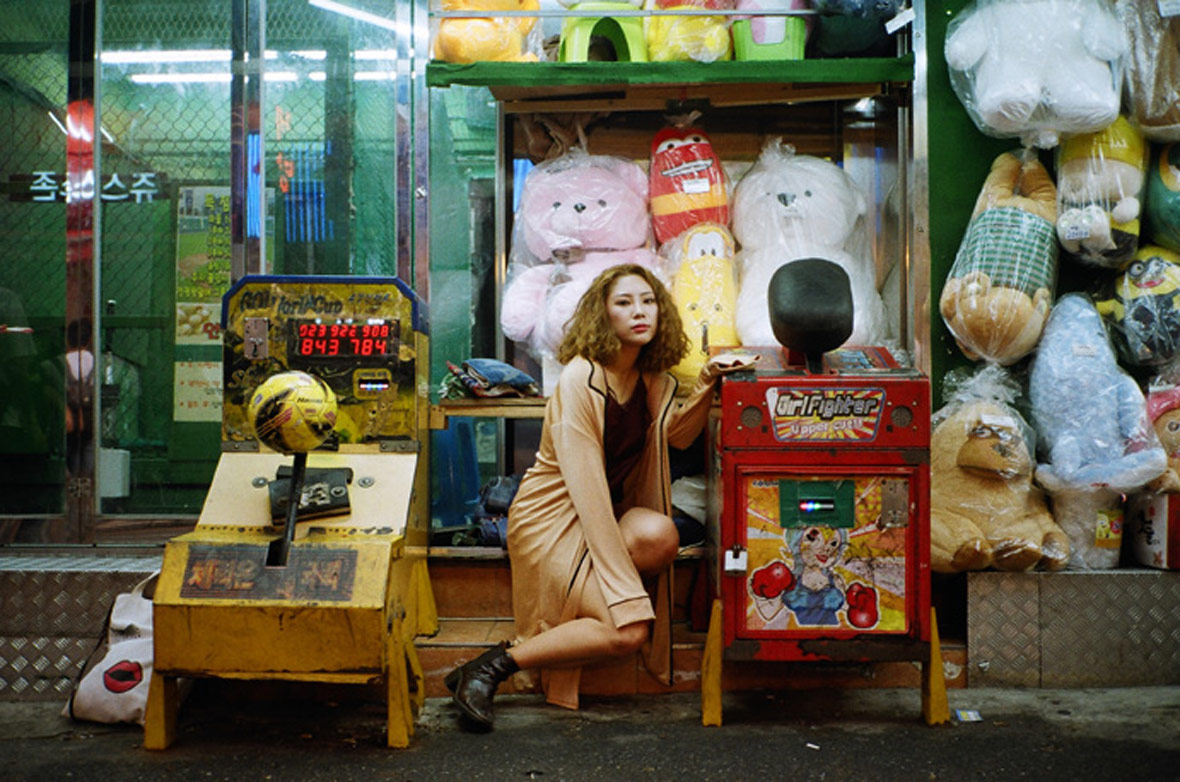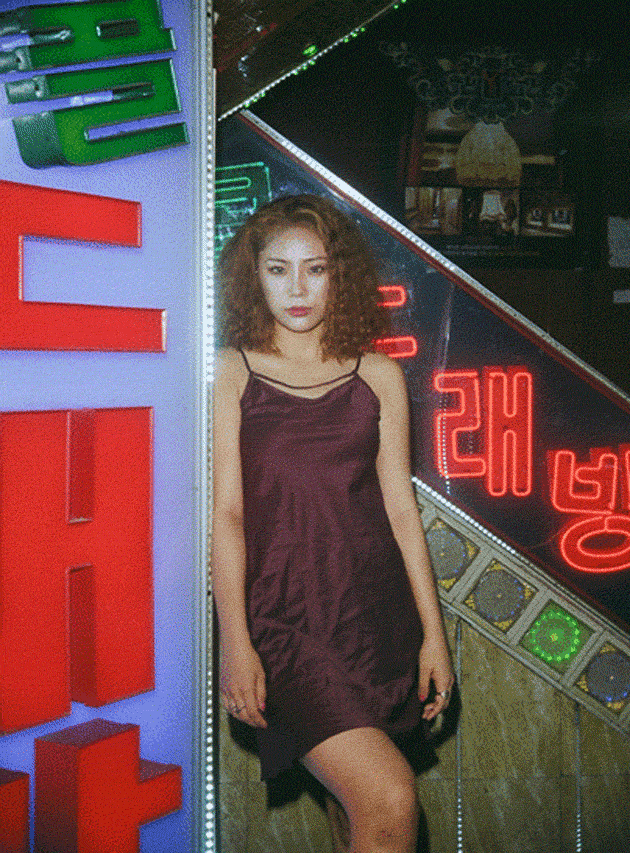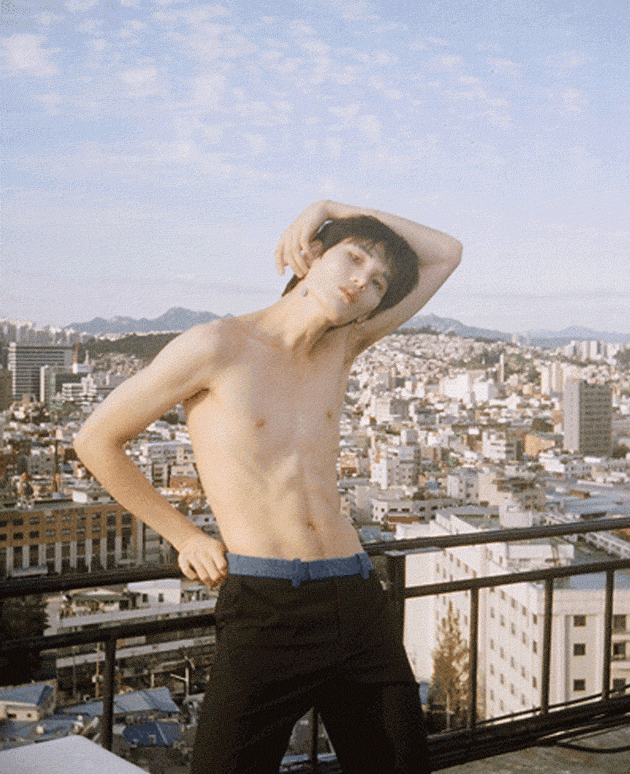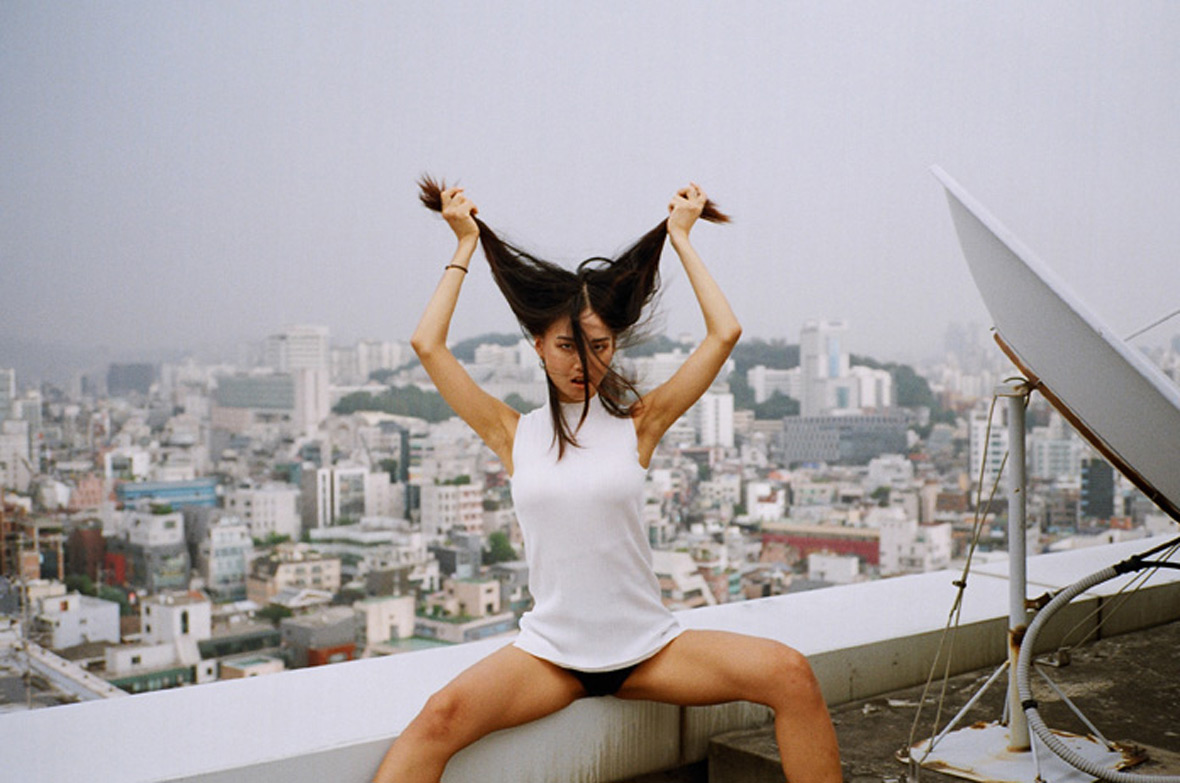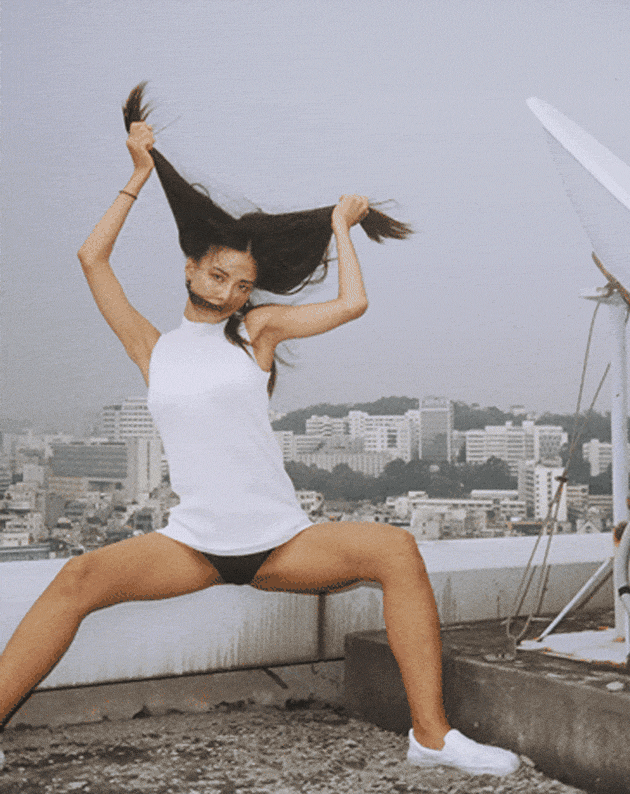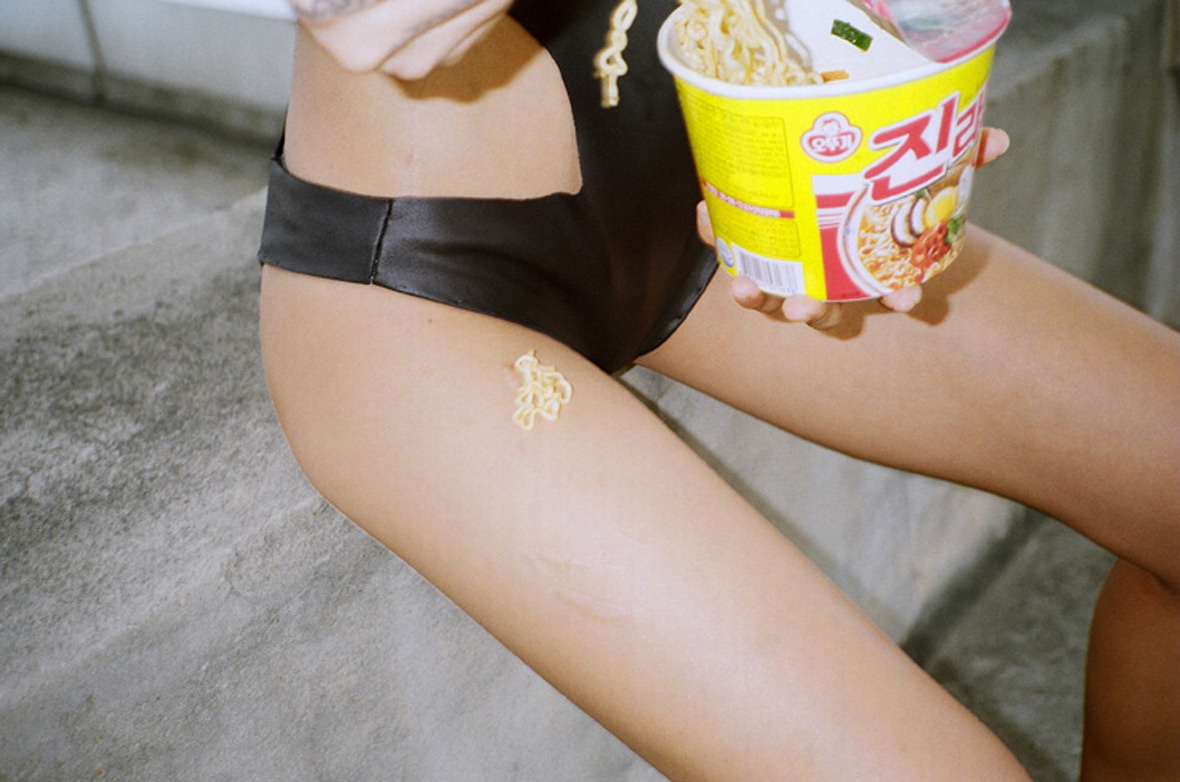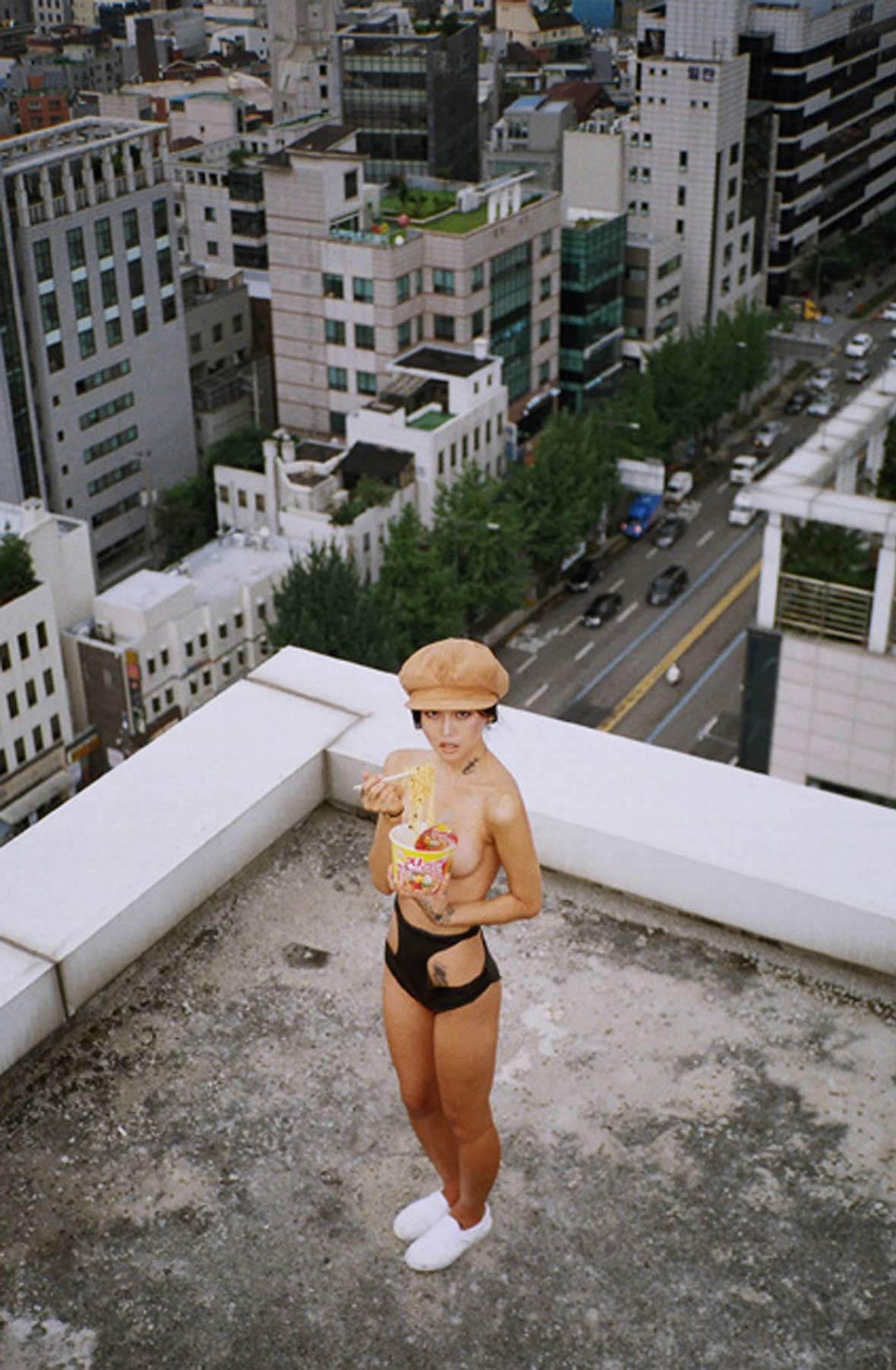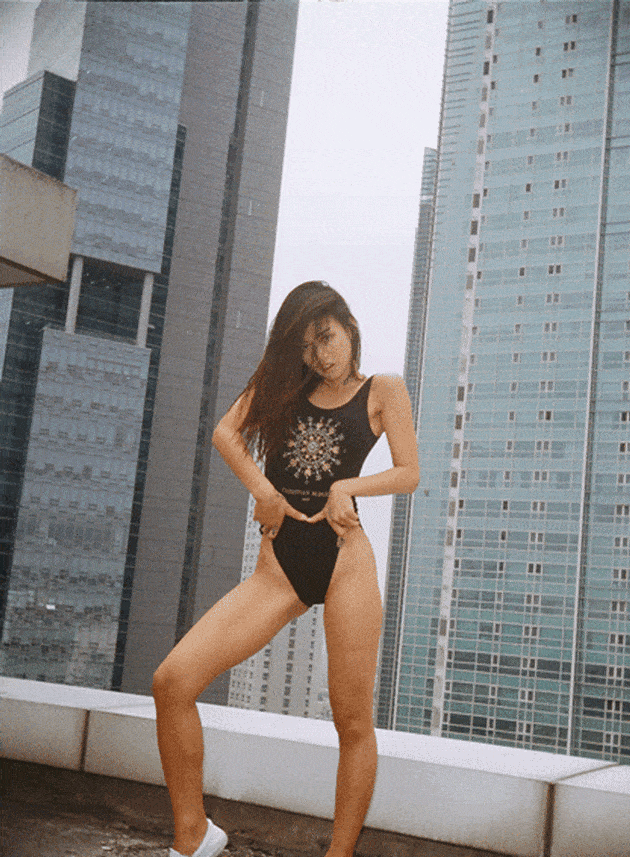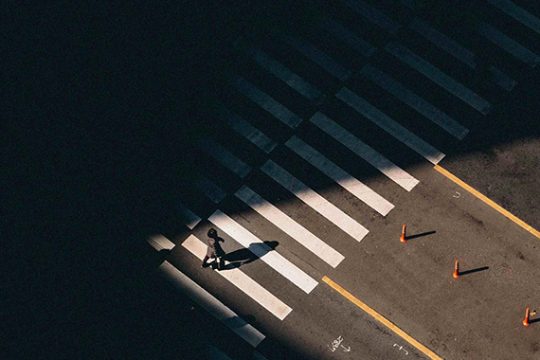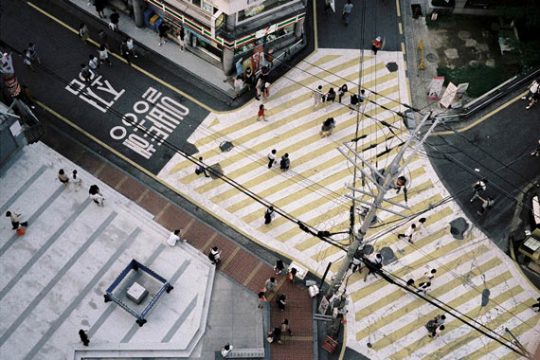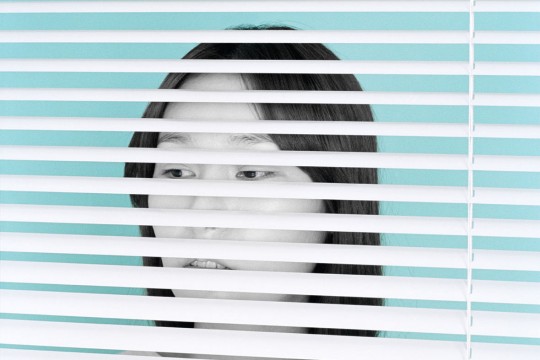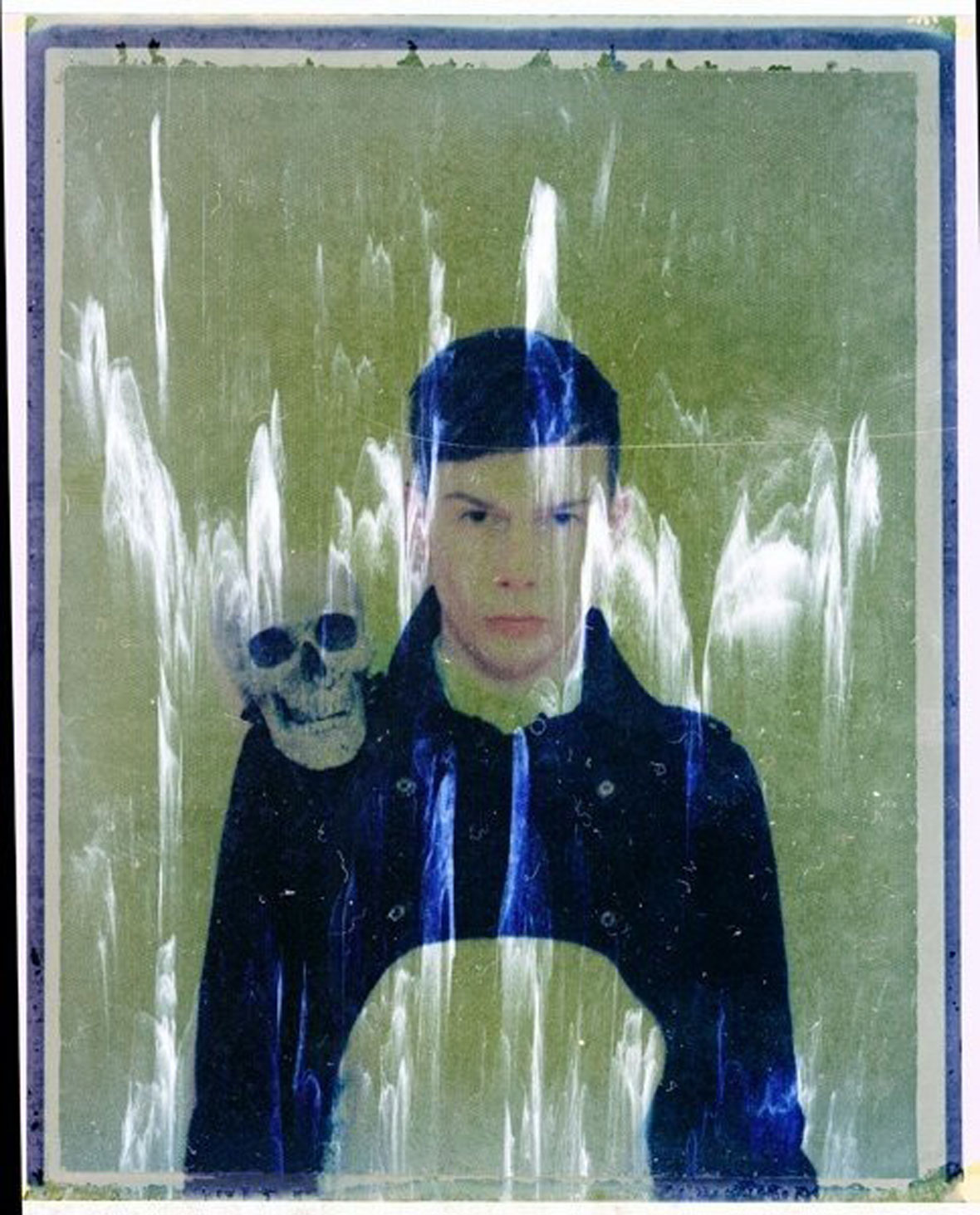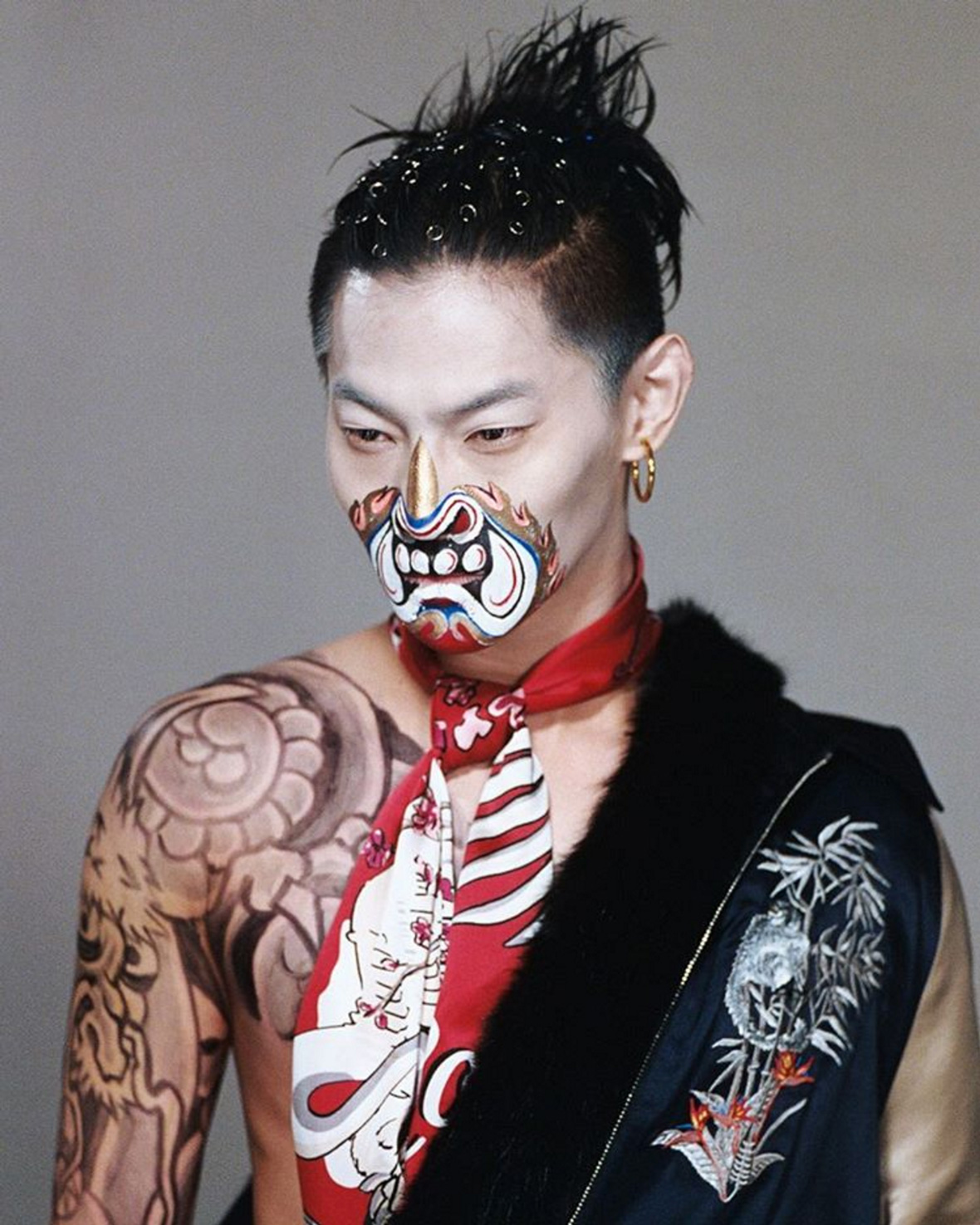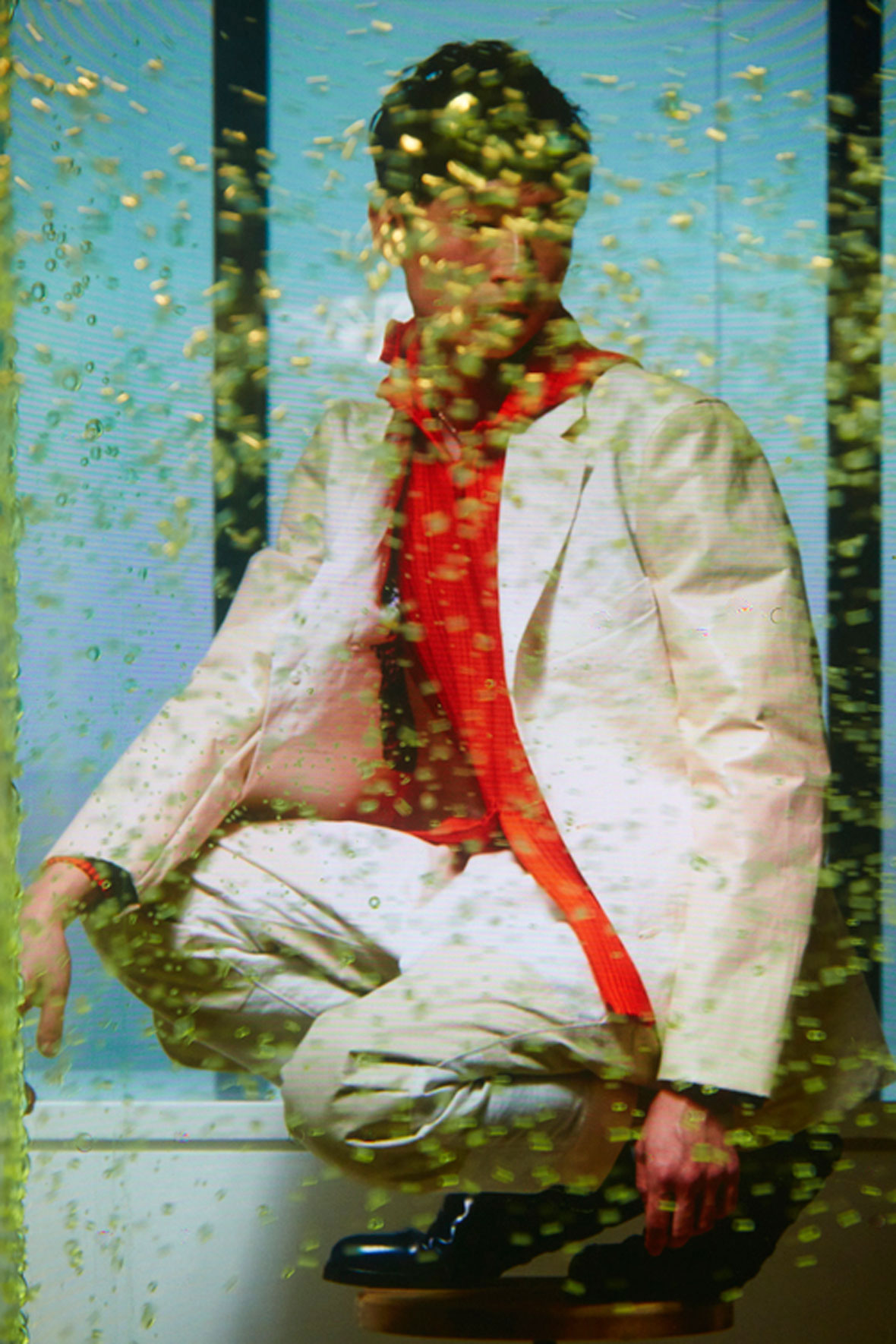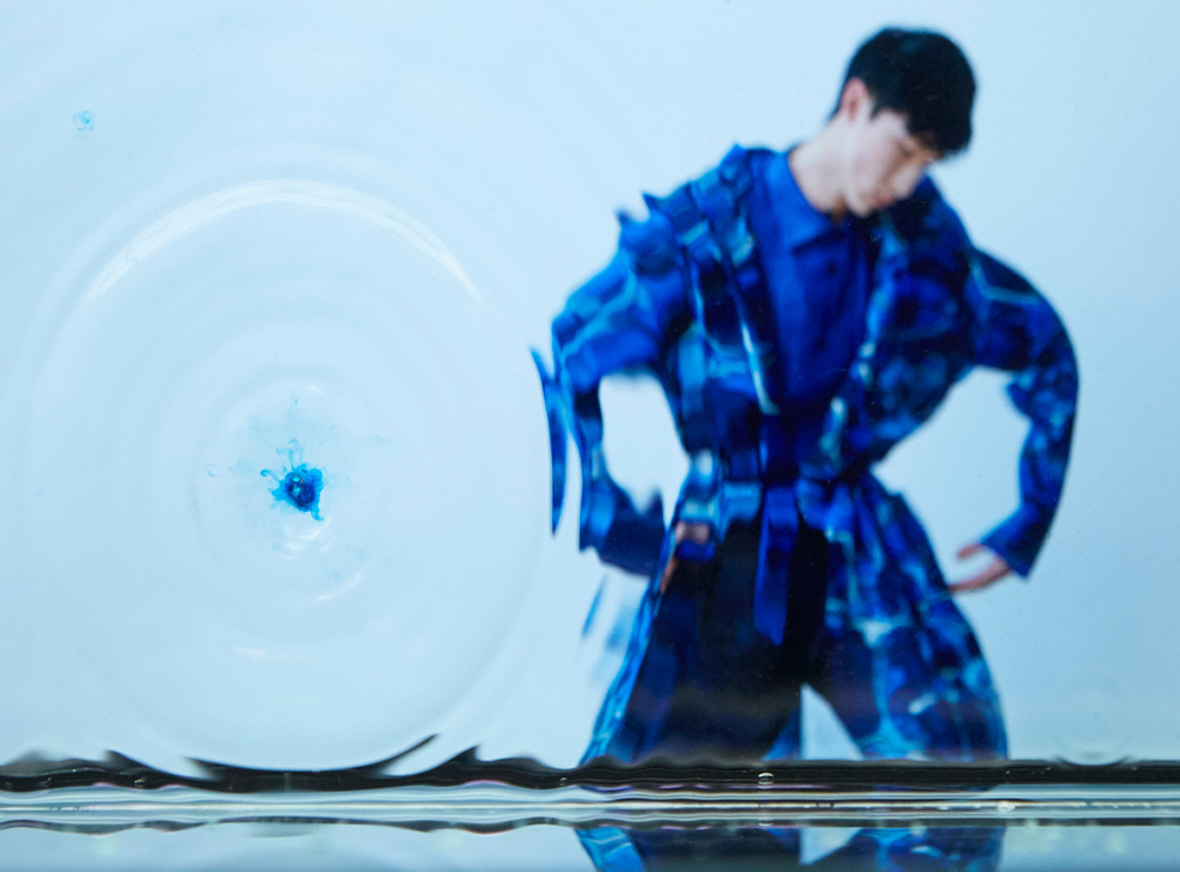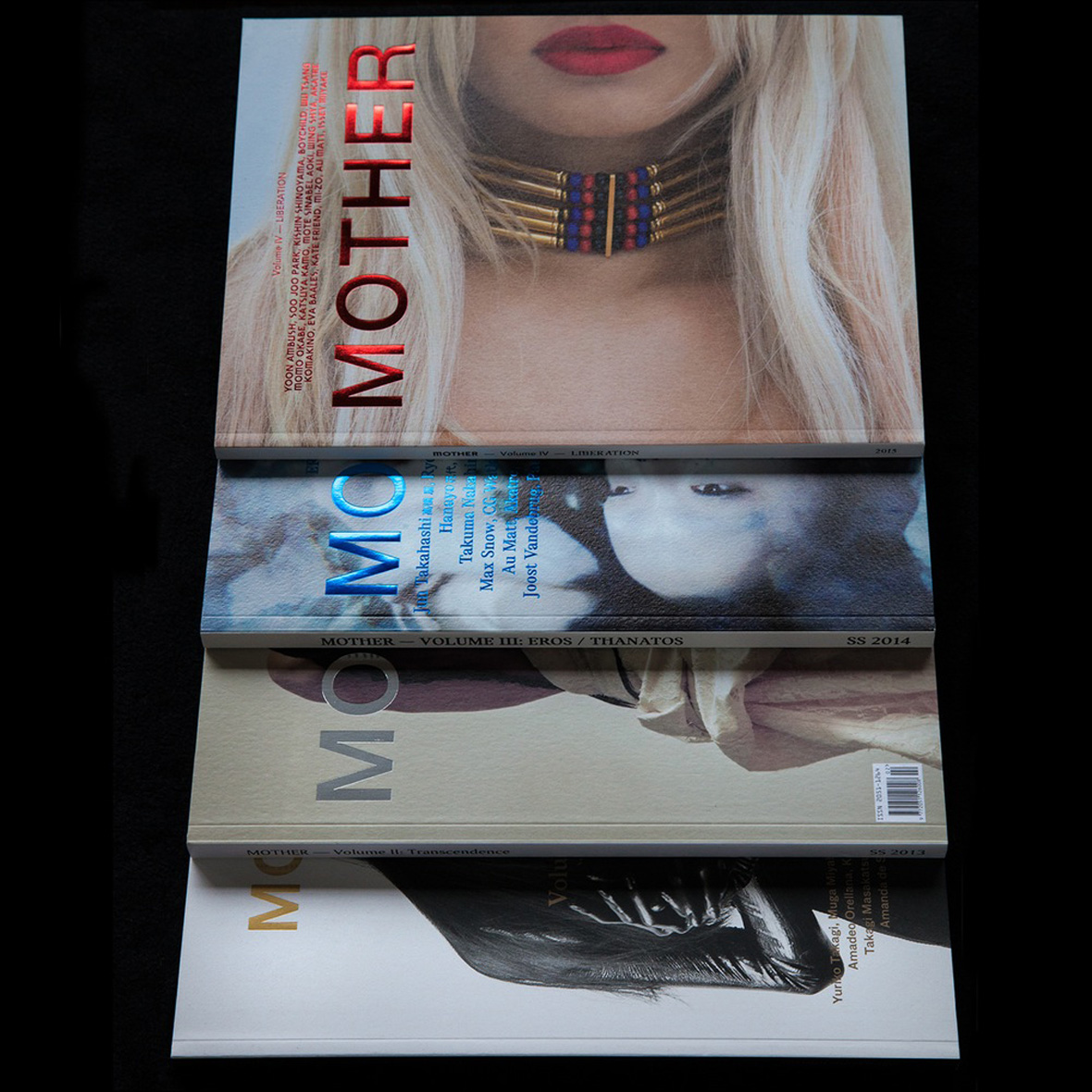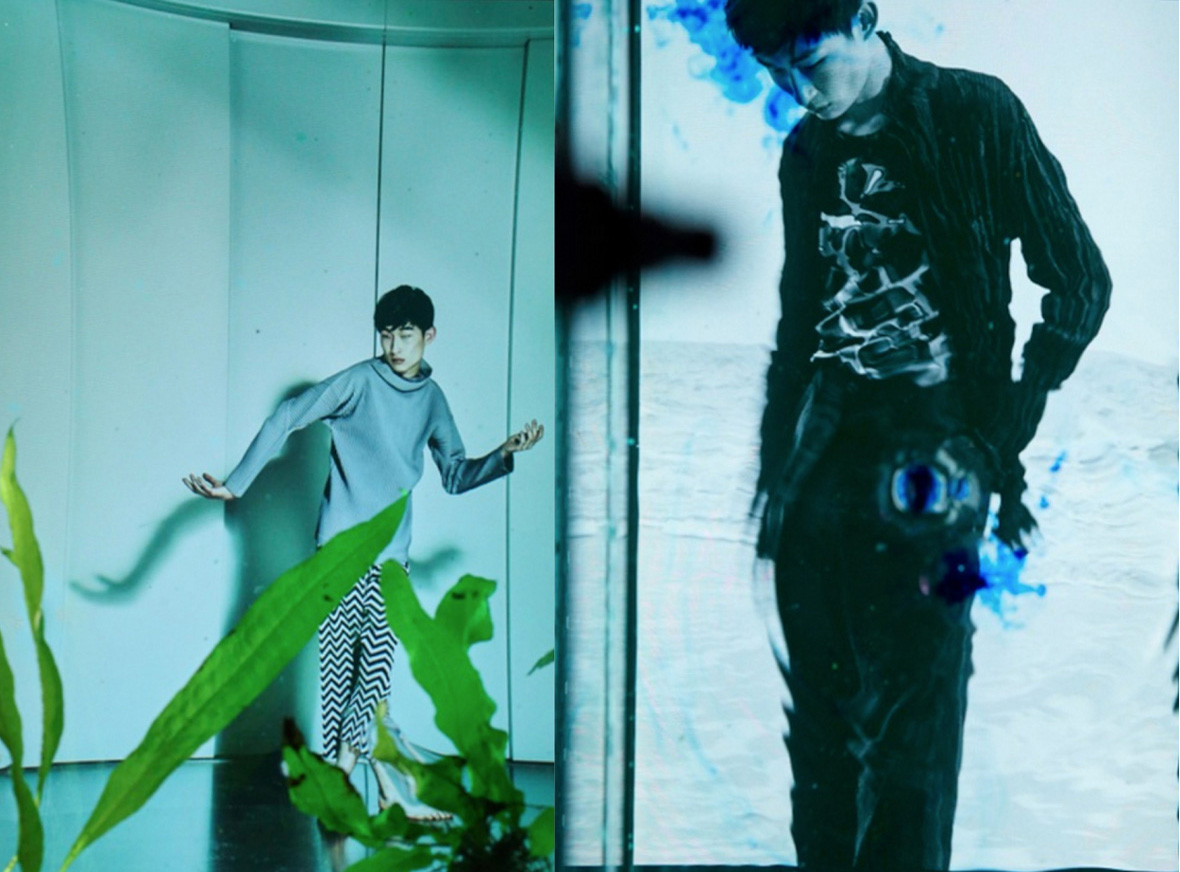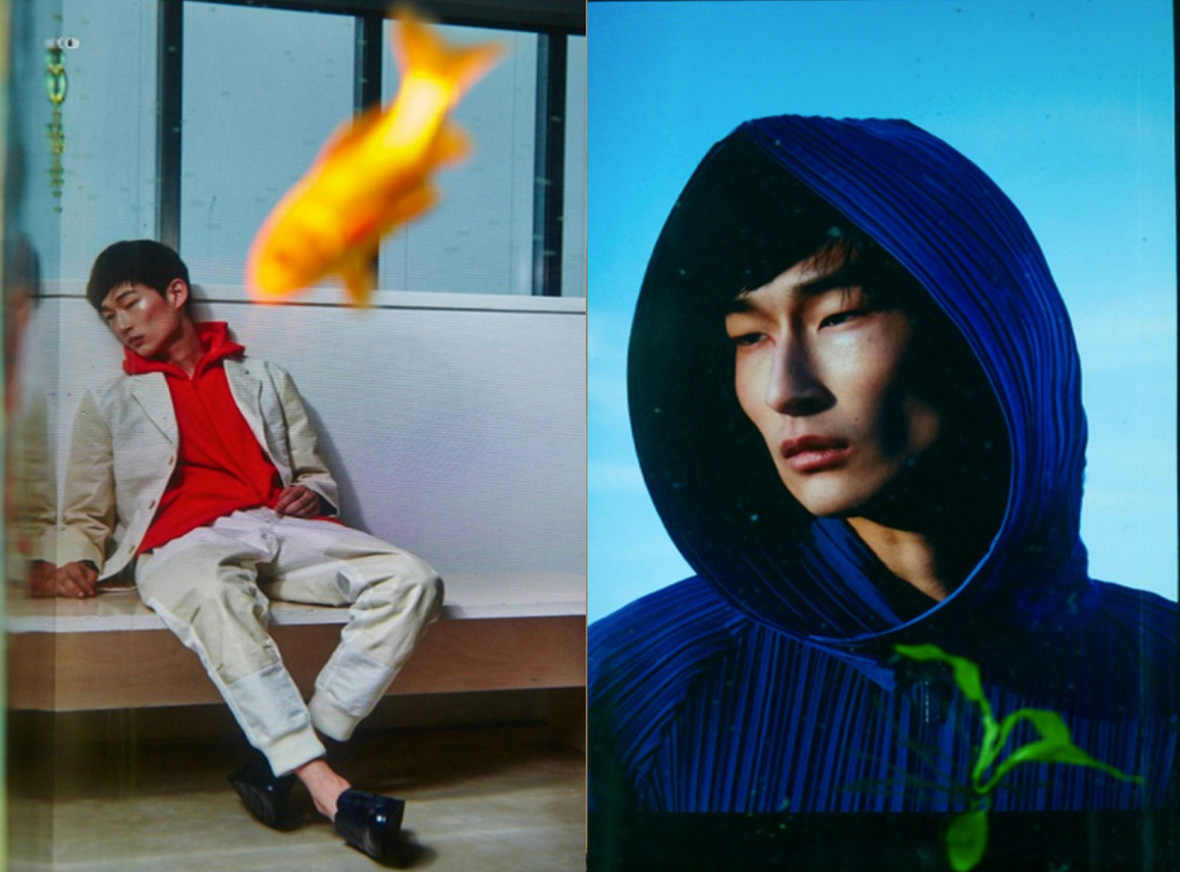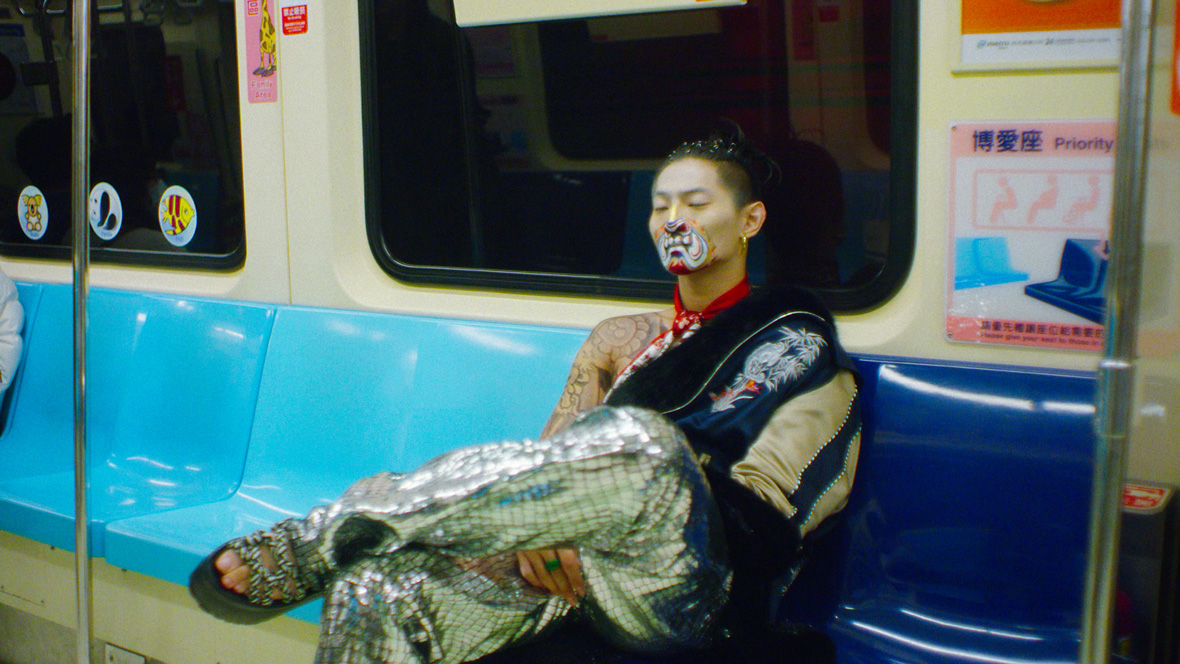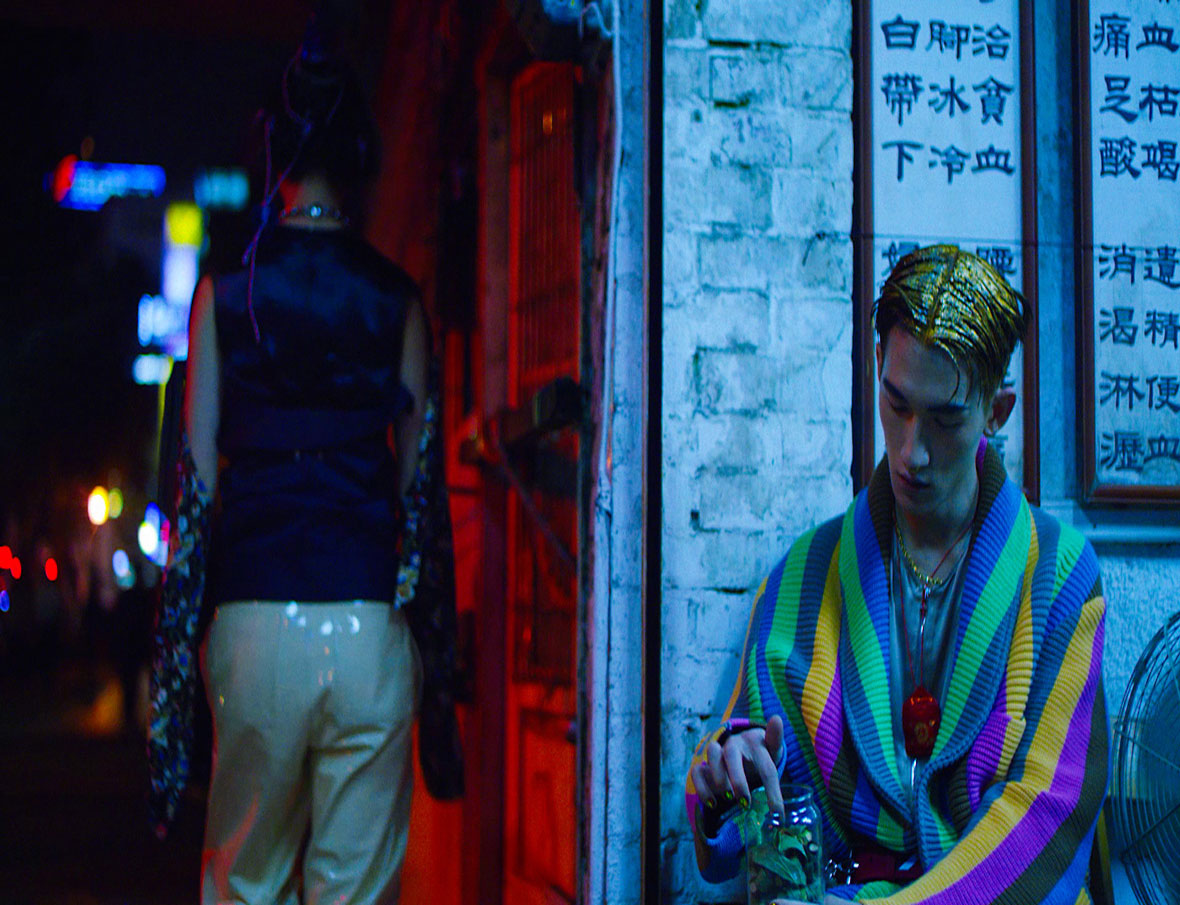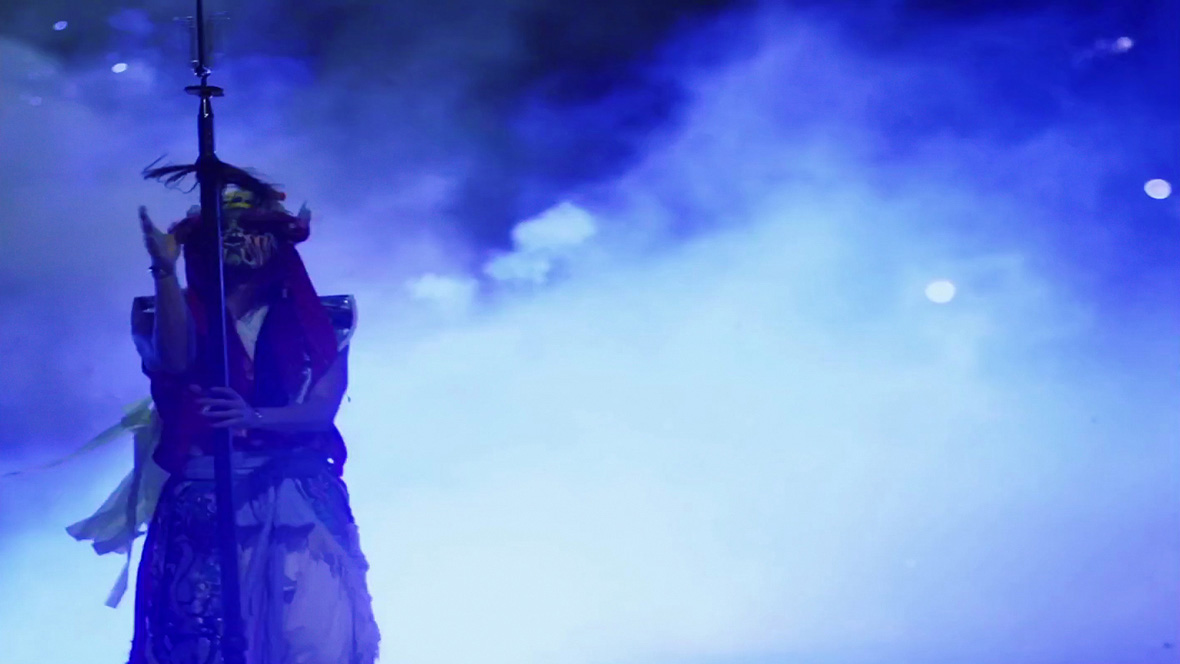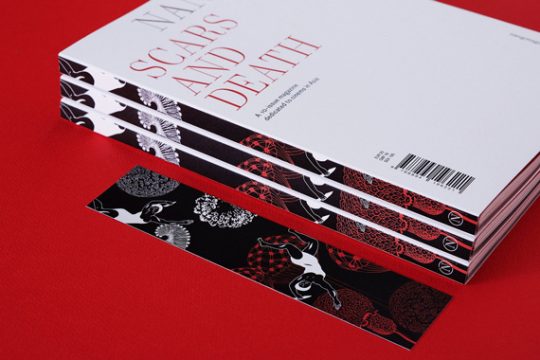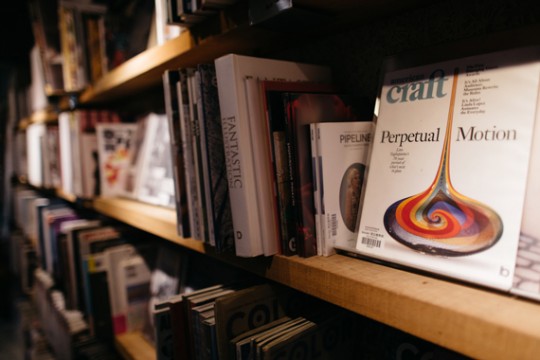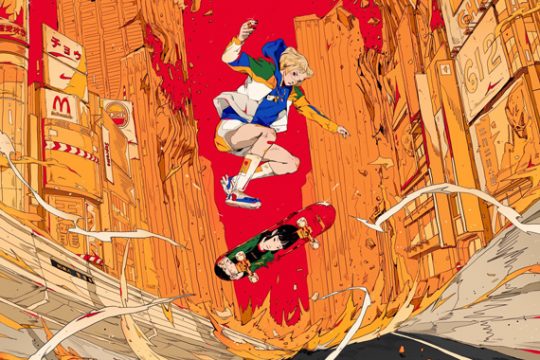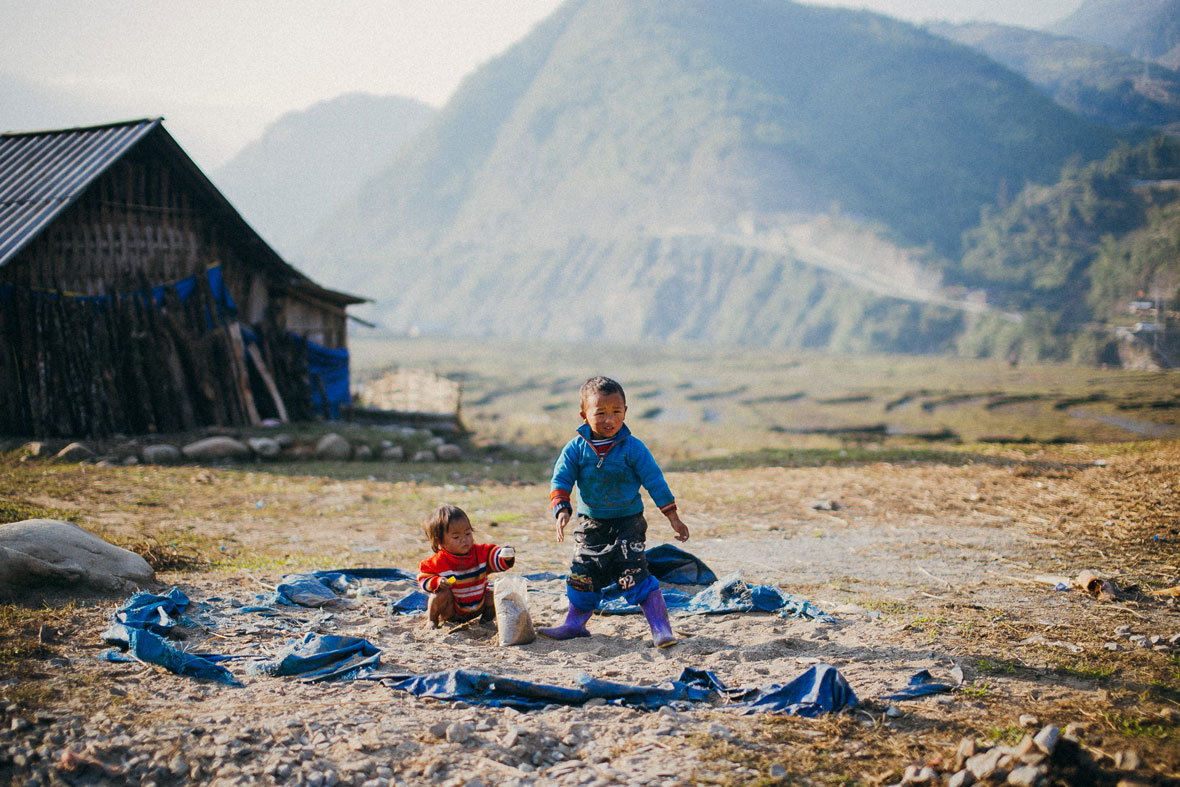
Jun Ngyuen is a Hanoi-based creative, whose journey with photography began seven years ago upon receiving her very first film camera. “It was cheap, only $70. But once I had it, I fell into it – I put so much time into creating every single frame.”
Jun Ngyuen là một nhà nhiếp ảnh tại Hà Nội, khi lần đầu tiên nhận được một chiếc máy ảnh vào 7 năm trước, cô đã bắt đầu cuộc hành trình nhiếp ảnh của mình. “Rẻ mà, chỉ có $70. Nhưng khi có nó, tôi đã thật sự đắm chìm – tôi dành rất nhiều thời gian cho mỗi bức ảnh.”
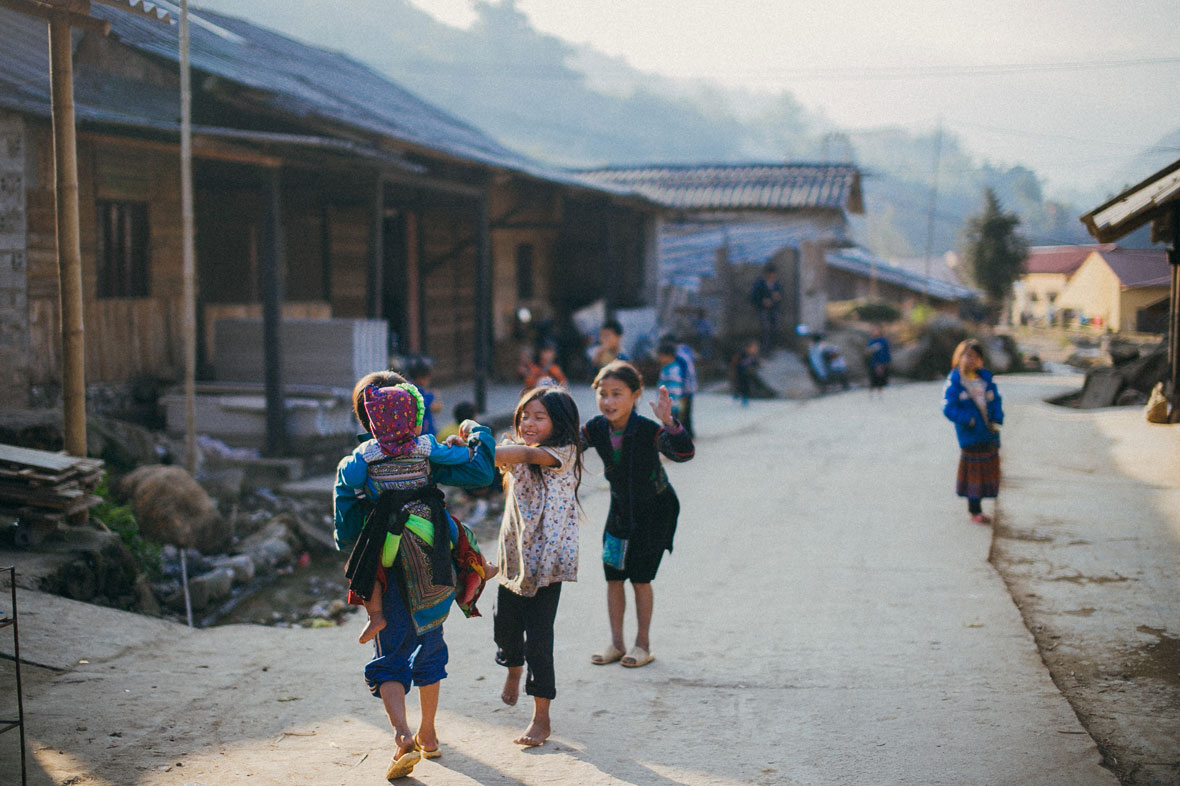
Over the years, she has traveled around Asia, seeking to capture the sights and sounds of the various cultures that she has come across. Her images tell silent stories of each of the strangers that she has encountered. Images from this series feature her collective trips to Sapa, a small town north of Vietnam and El Nido in the Phillippines.
Sau nhiều năm, cô đã đi khắp Châu Á, lưu lại những hình ảnh và âm thanh của nhiều nền văn hóa khác nhau mà cô đã đi qua. Các bức ảnh là những câu chuyện về mỗi người lạ mà cô đã gặp. Những bức ảnh này được chụp từ chuyến đi tập thể của cô đến Sapa, một thị trấn nhỏ ở phía bắc Việt Nam và El Nido ở Phillippines.
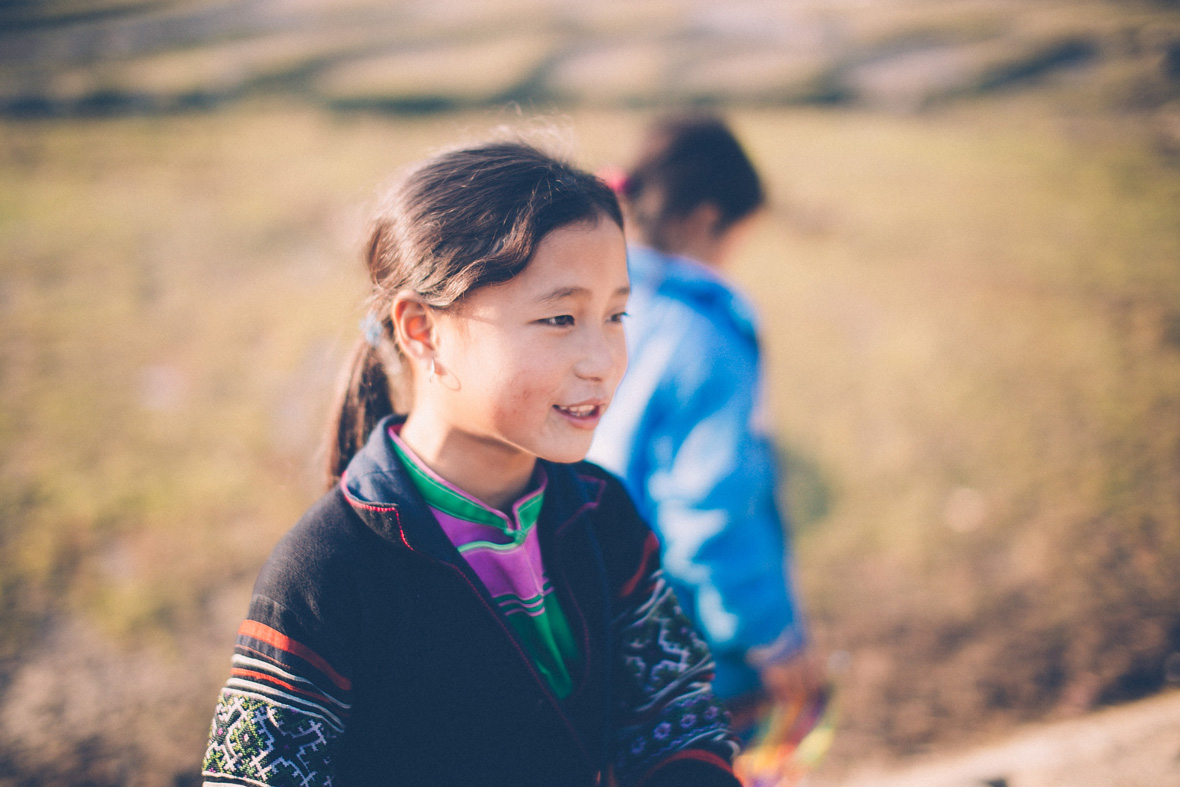
“Photography is both preservation and expression. People get busy and don’t pay attention to the simplest of things – we forget that even normalcy has beauty. There are so many moments that I want to share, but I’m not so good with words. Sometimes, I just let my photos say it all.”
“Nhiếp ảnh là để gìn giữ và bày tỏ cảm xúc. Mọi người quá bận rộn và không để tâm đến những điều đơn giản nhất – chúng ta đã quên rằng thậm chí những thứ bình thường cũng có vẻ đẹp riêng. Vậy nên có rất nhiều khoảnh khắc tôi muốn chia sẻ, tiếc là tôi không giỏi diễn đạt – đôi khi, tôi cứ để những bức ảnh của mình nói lên tất cả.”
Jun considers herself to be part of a lucky new generation of creatives who are currently thriving in Vietnam. “We are enthusiastic, passionate and full of ideas – and now, we’re finally getting the support and opportunities we need from the greater community.”
Jun xem mình là một phần của thế hệ những nhà nhiếp ảnh may mắn đang phát triển tại Việt Nam. “Chúng tôi nhiệt tình, đam mê và đầy ý tưởng – và giờ đây, chúng tôi cuối cùng đã nhận được sự hỗ trợ cũng như các cơ hội từ những cộng đồng lớn hơn.”
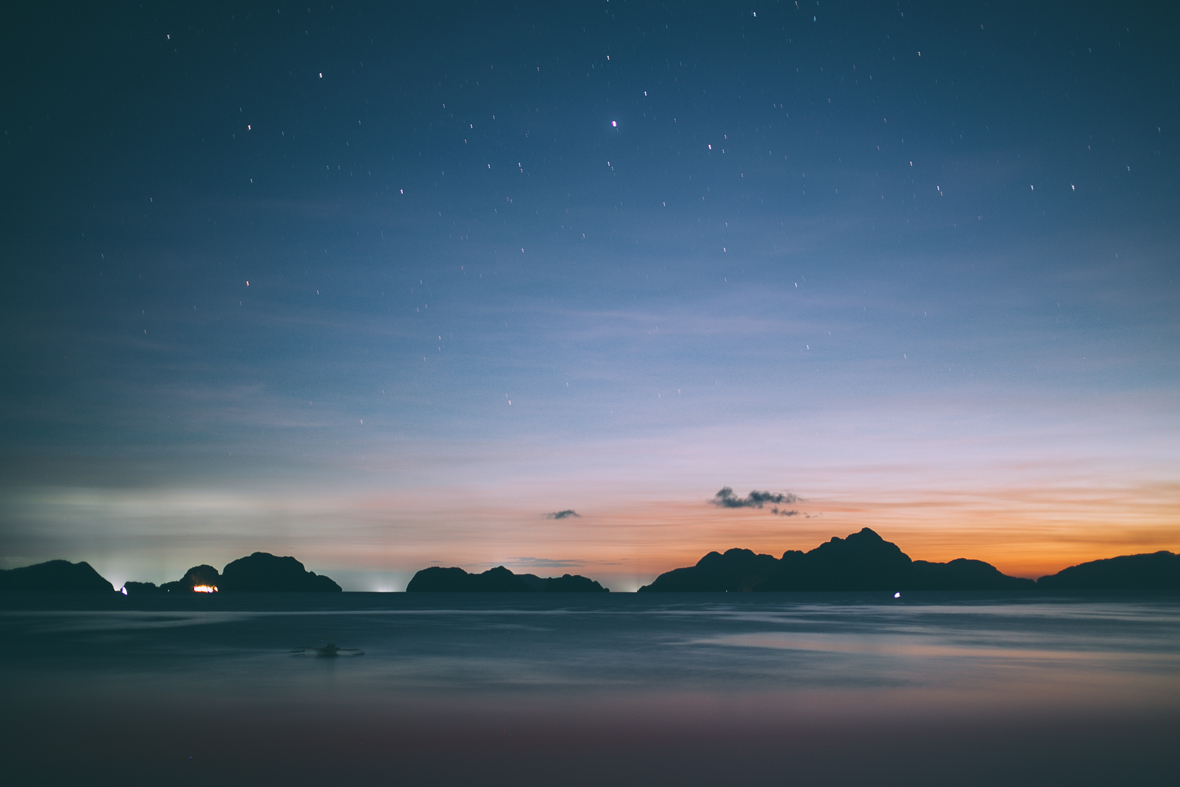
To Jun Ngyuen, creation is a remedy, rather than a means to an end. “This keeps me positive. I hope that by doing what I do, people can see how beautiful the world is and draw inspiration from it the way that I do.”
Gửi Jun Ngyugen, sáng tạo là một phương thuốc, chứ không phải là một phương tiện để đạt được mục đích cuối cùng. “Điều này sẽ giúp tôi trở nên tích cực. Tôi hi vọng với những gì tôi đã làm, mọi người có thể thấy thế giới này thật tươi đẹp và lấy cảm hứng đó để chung bước cùng tôi.”

